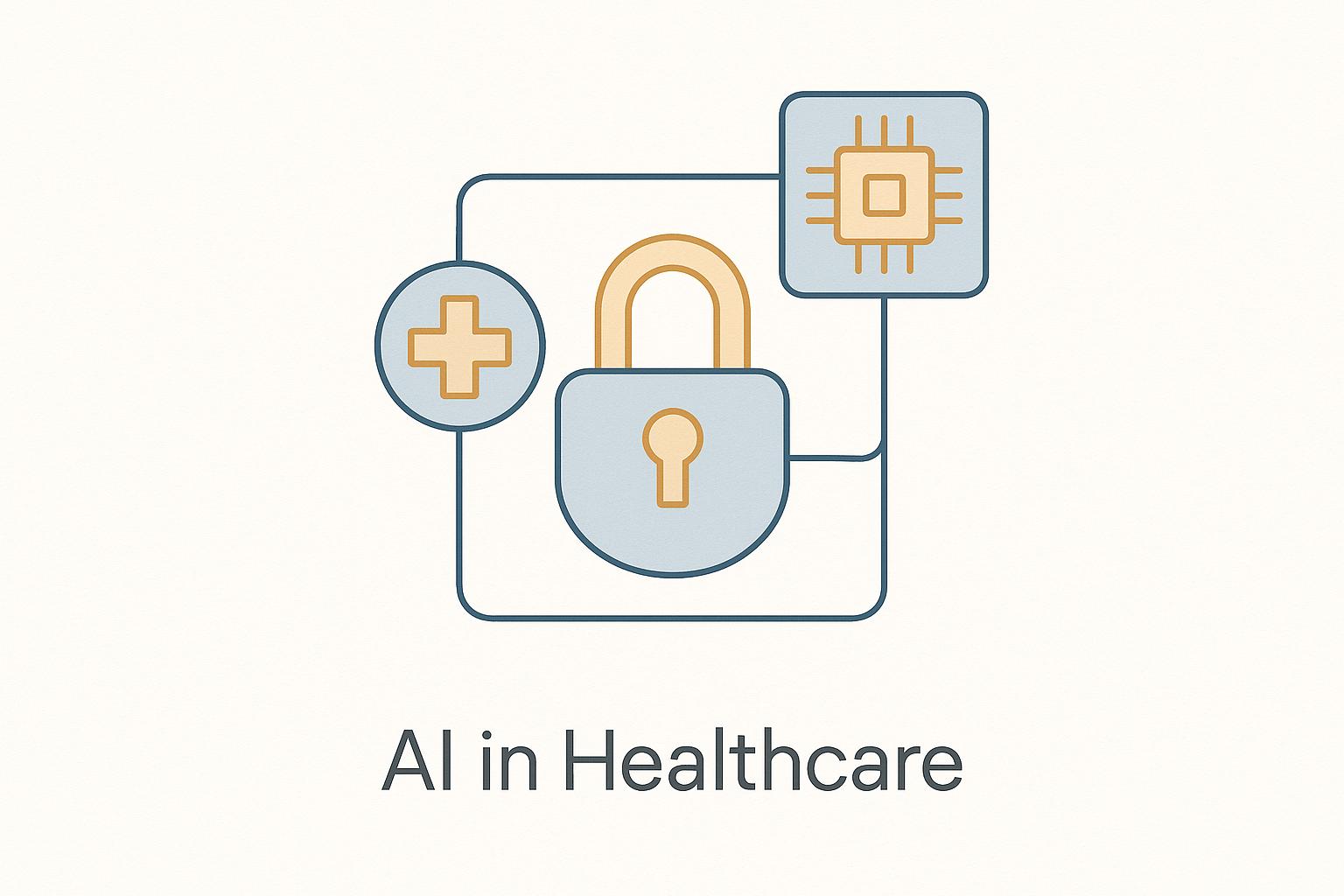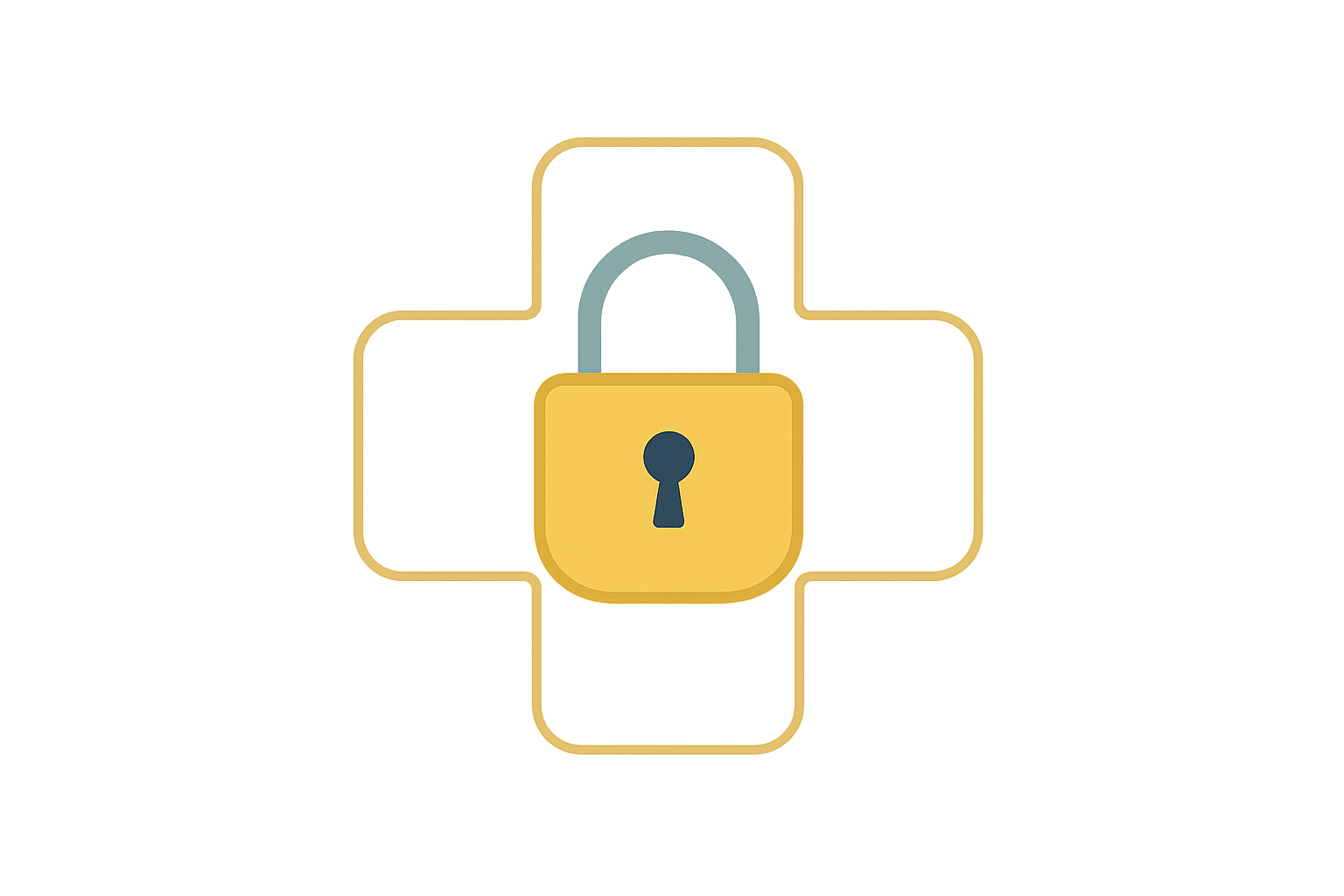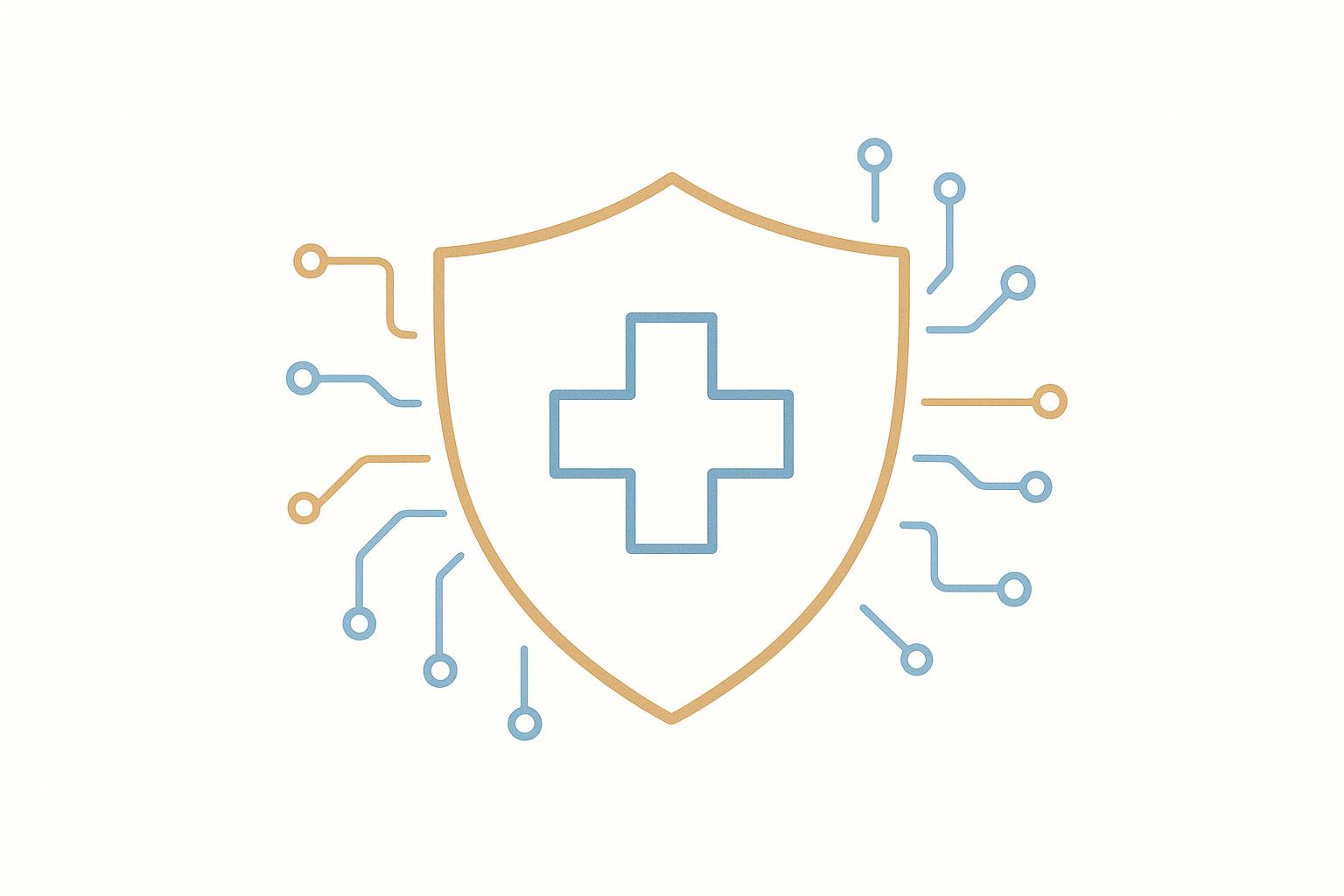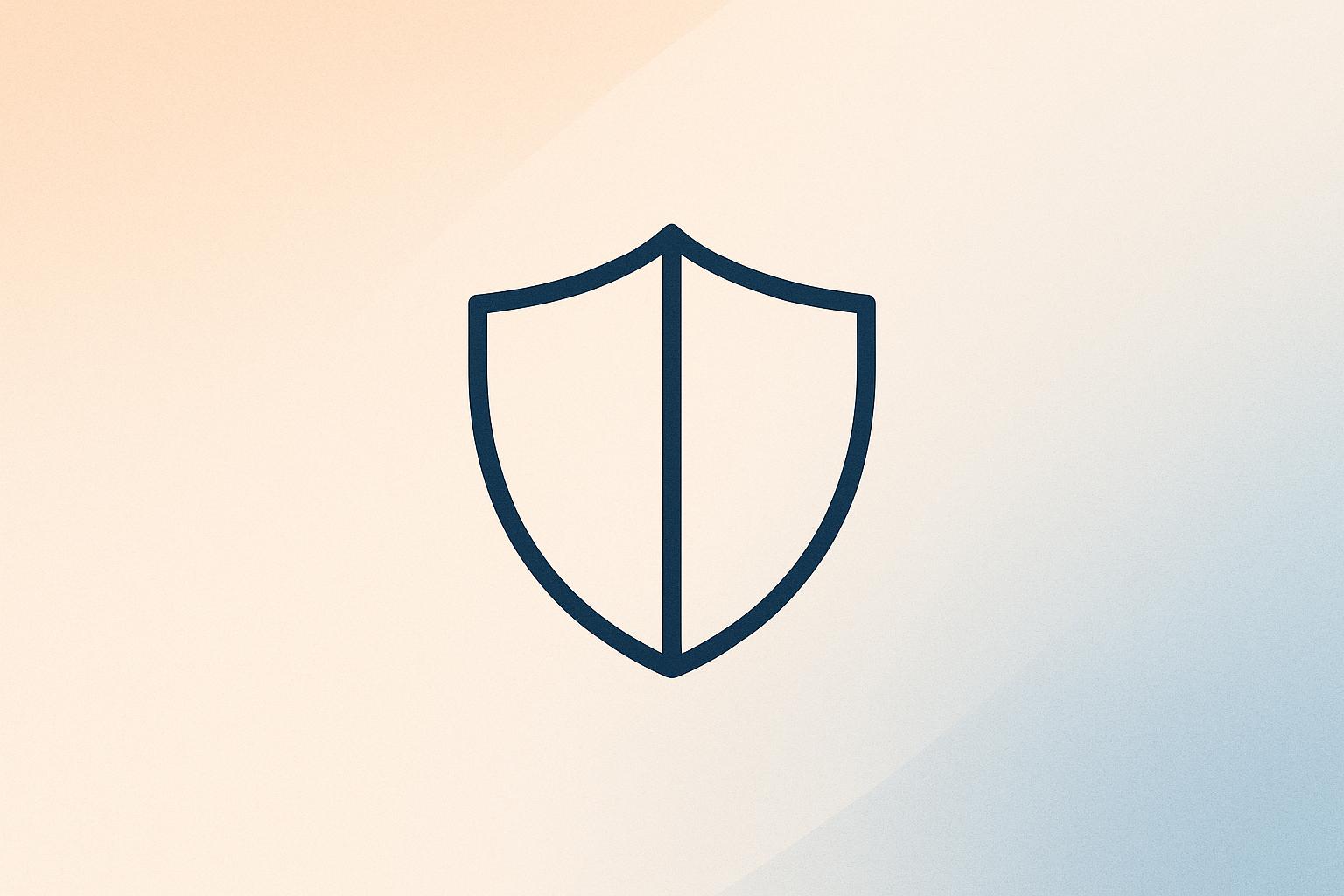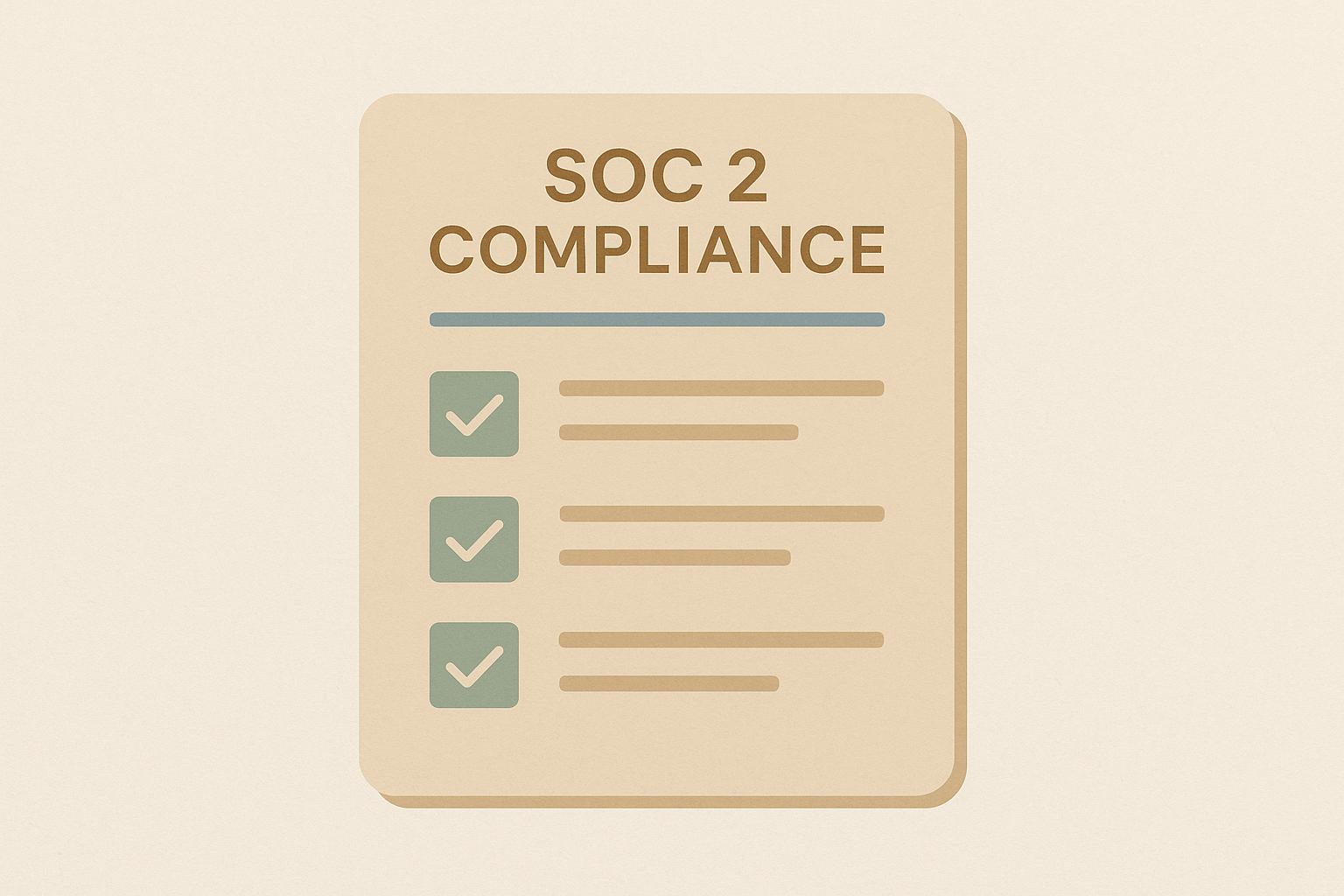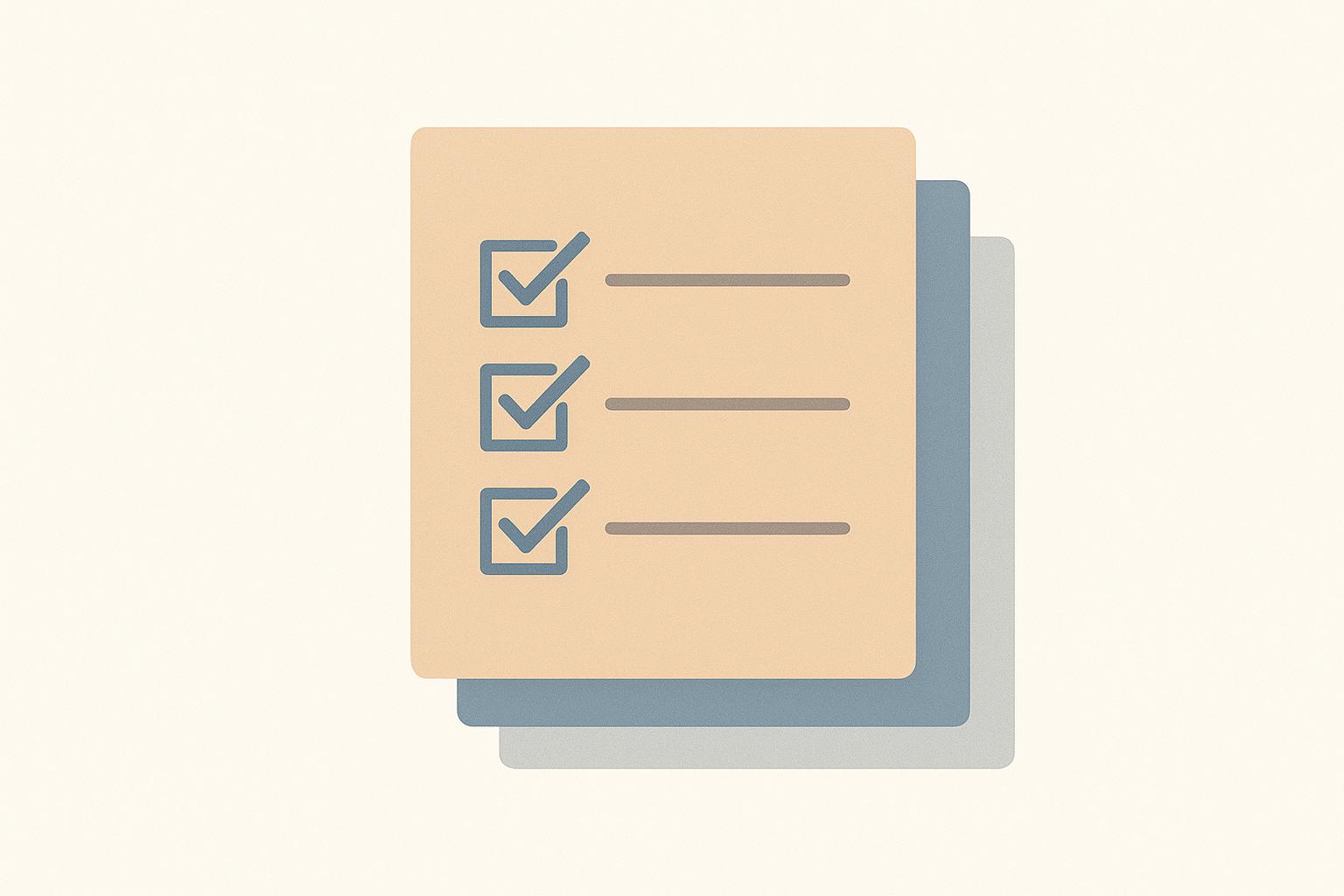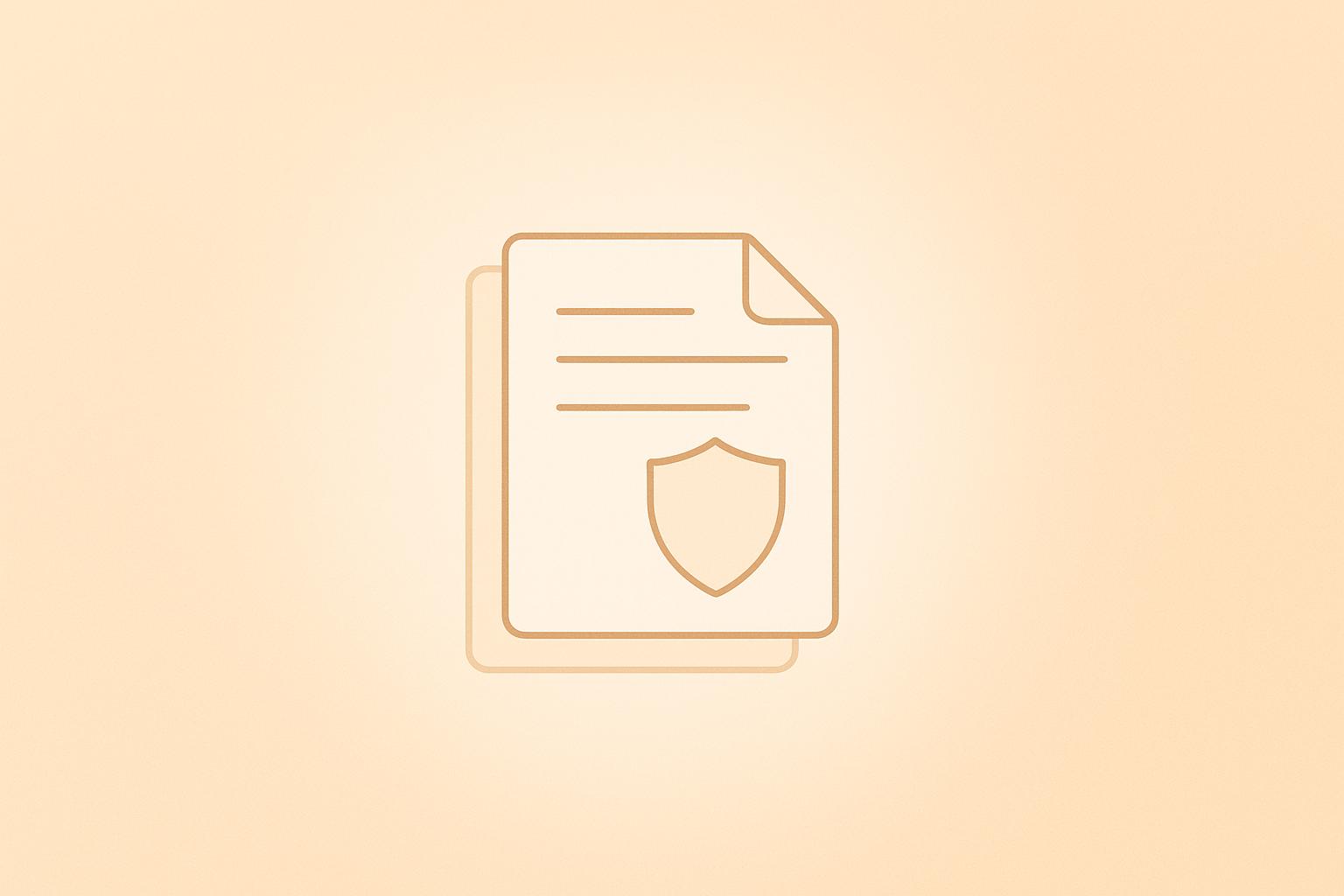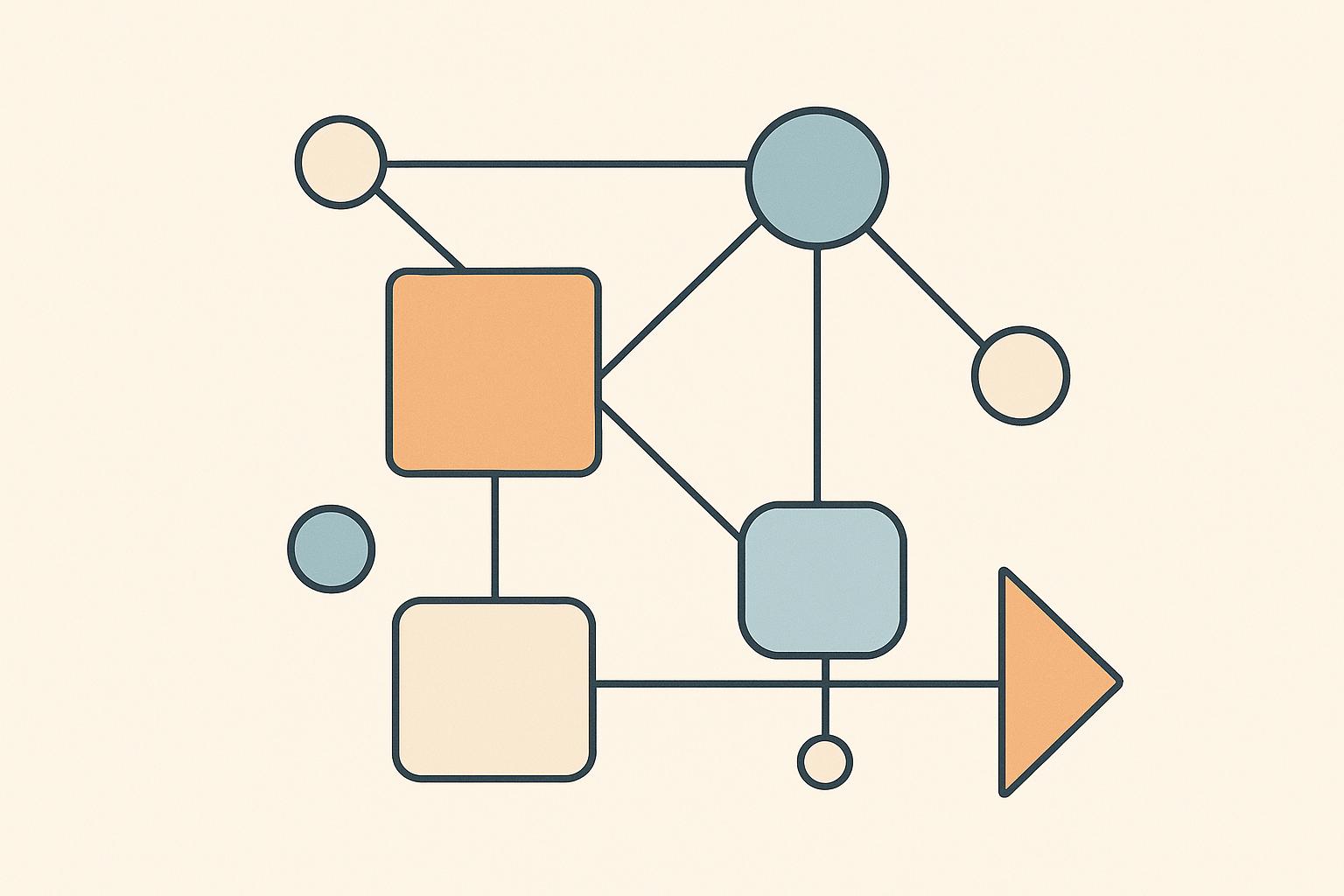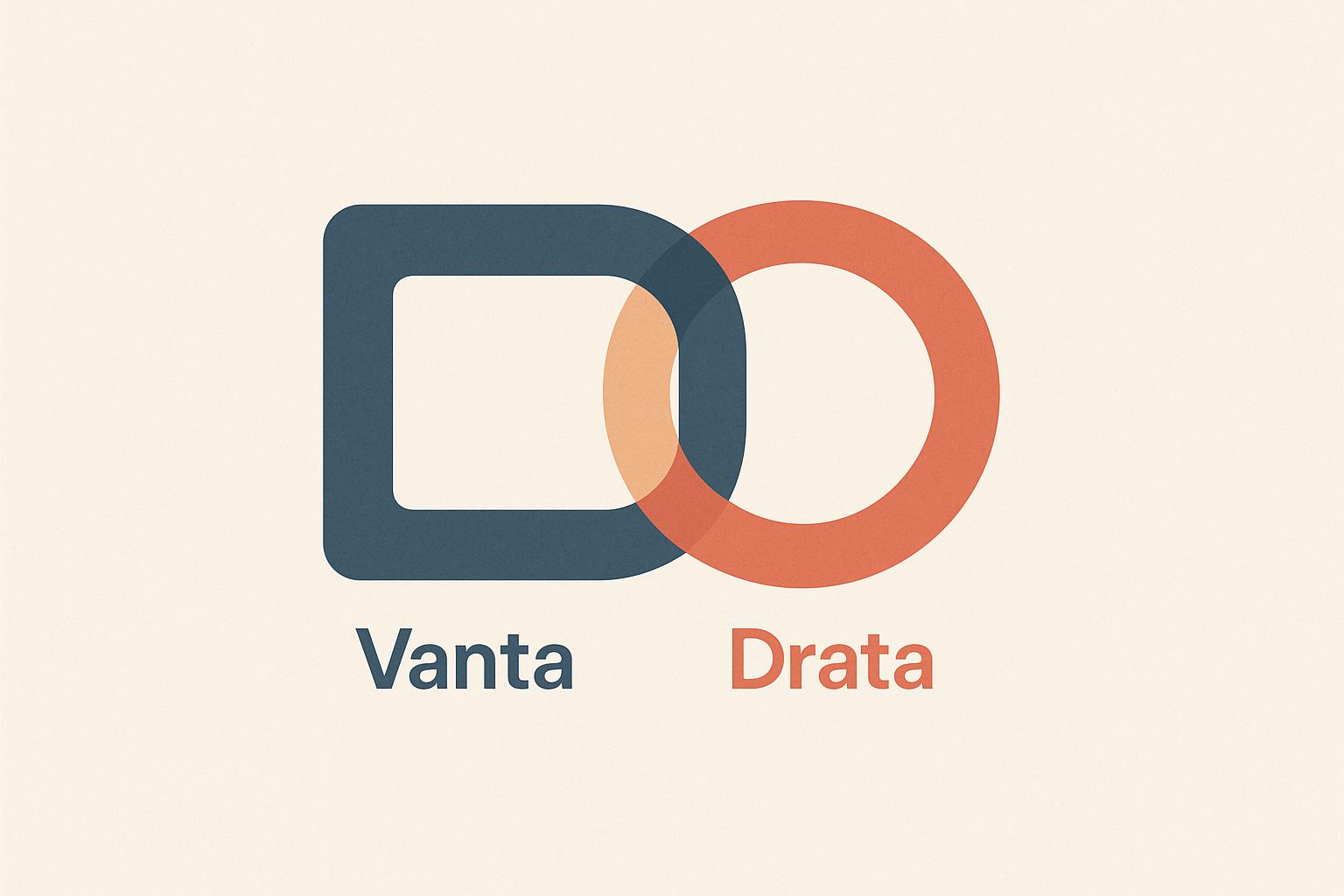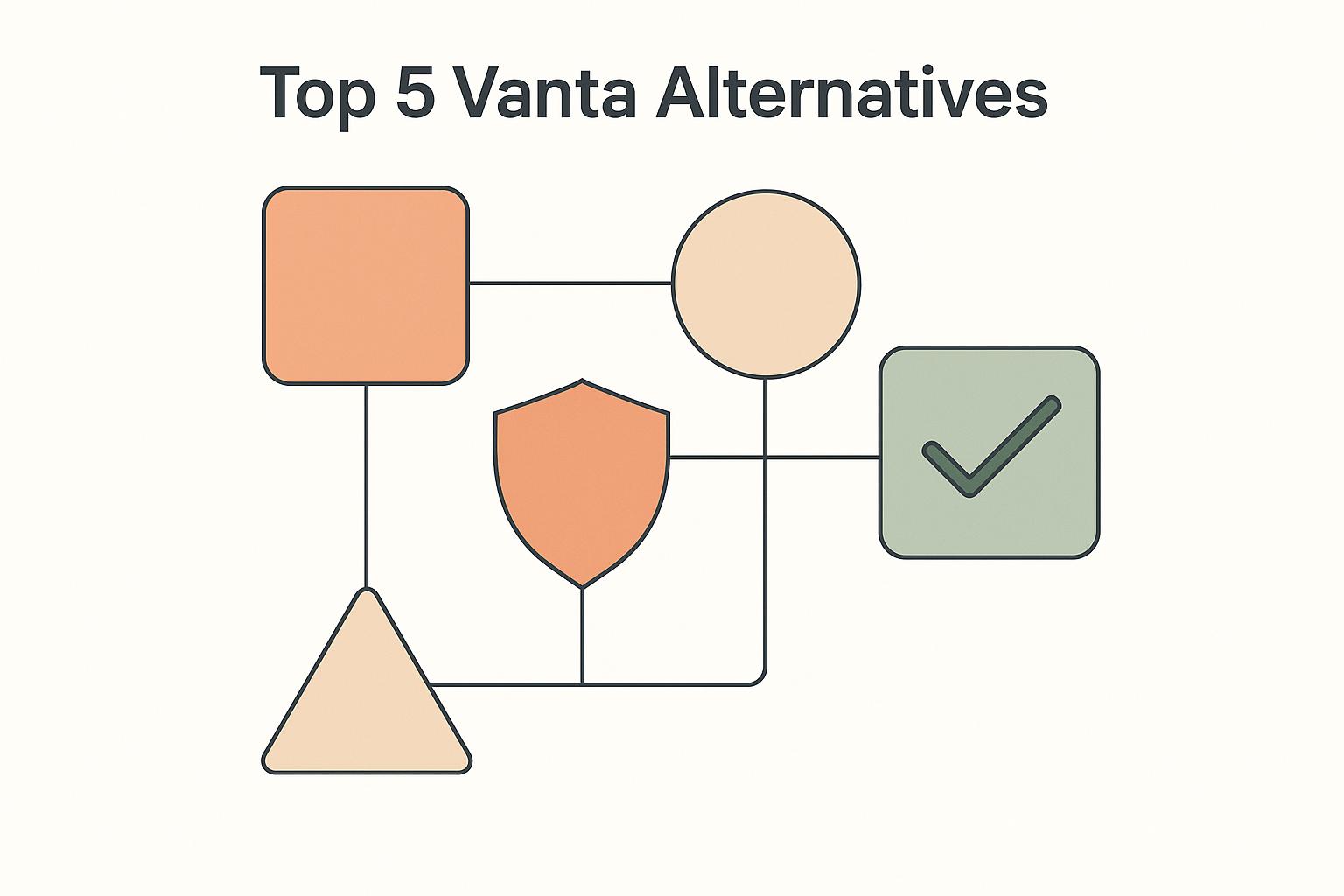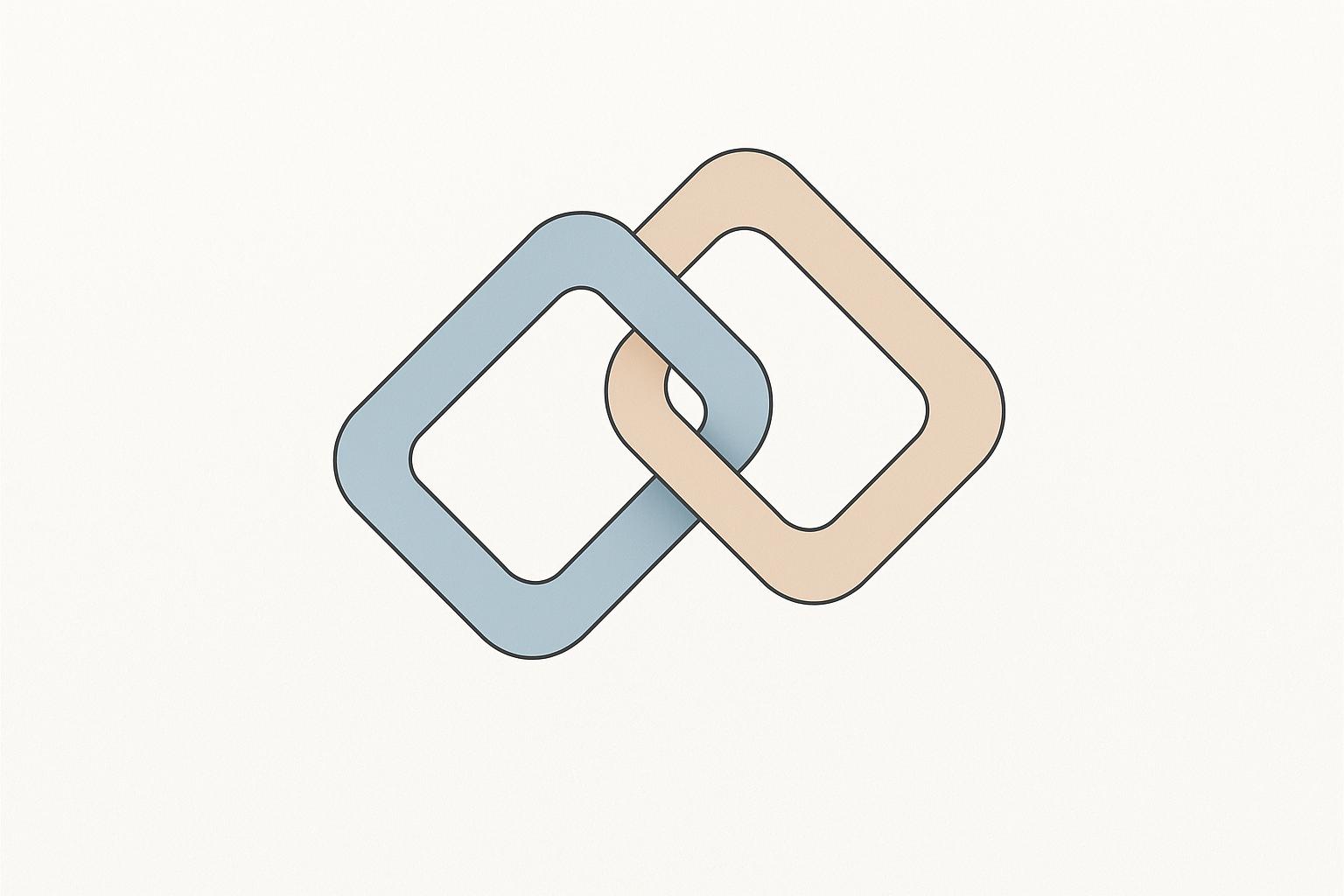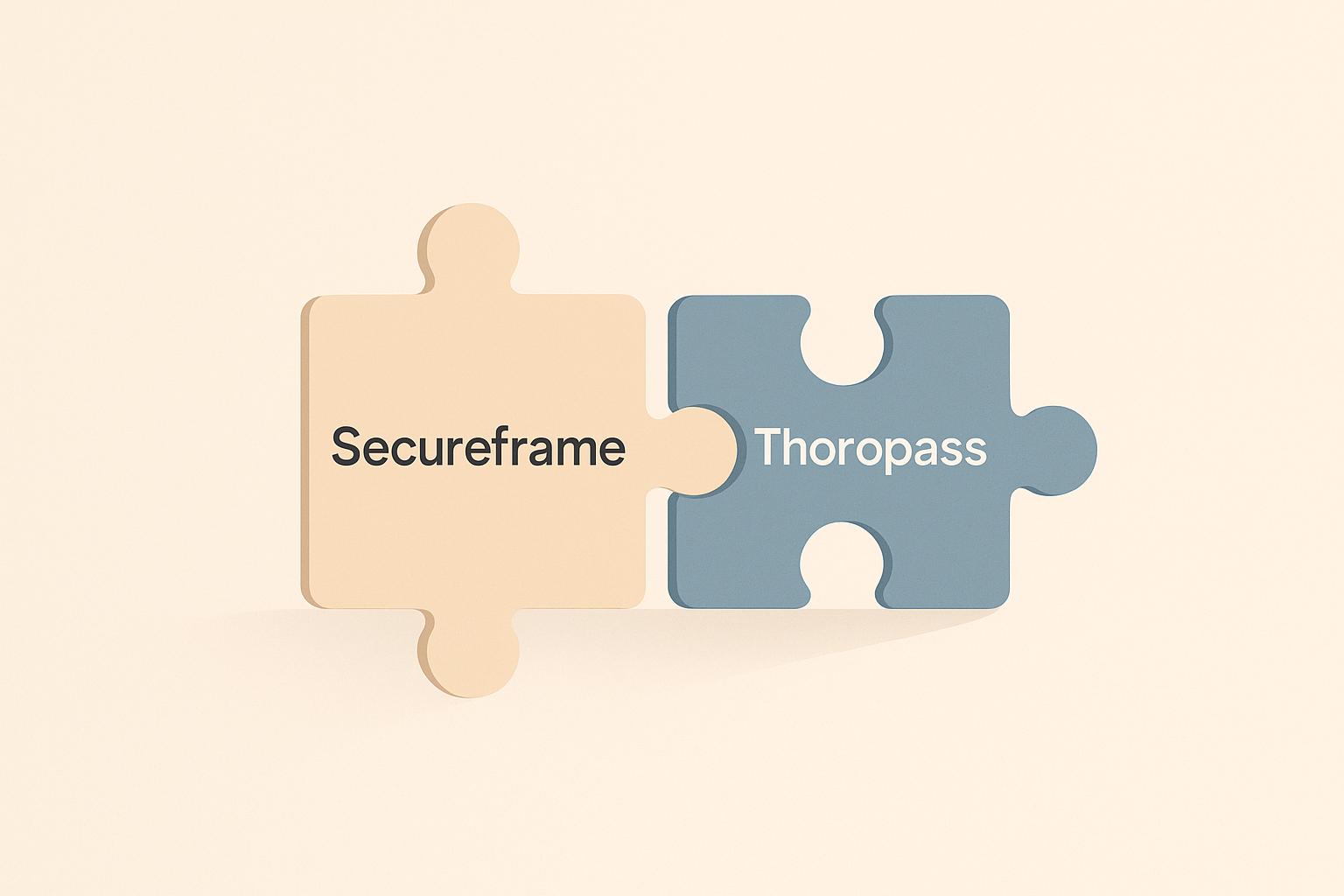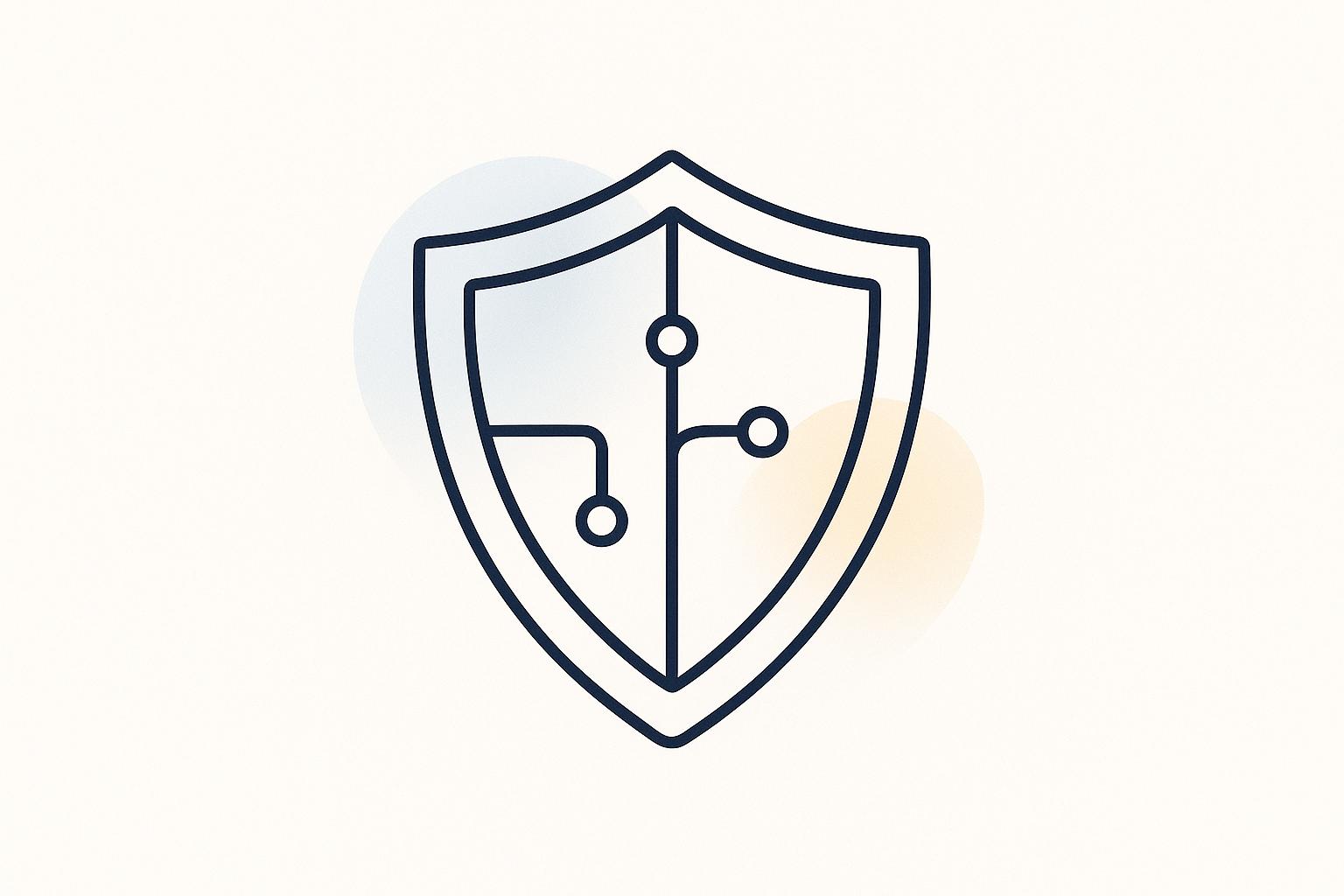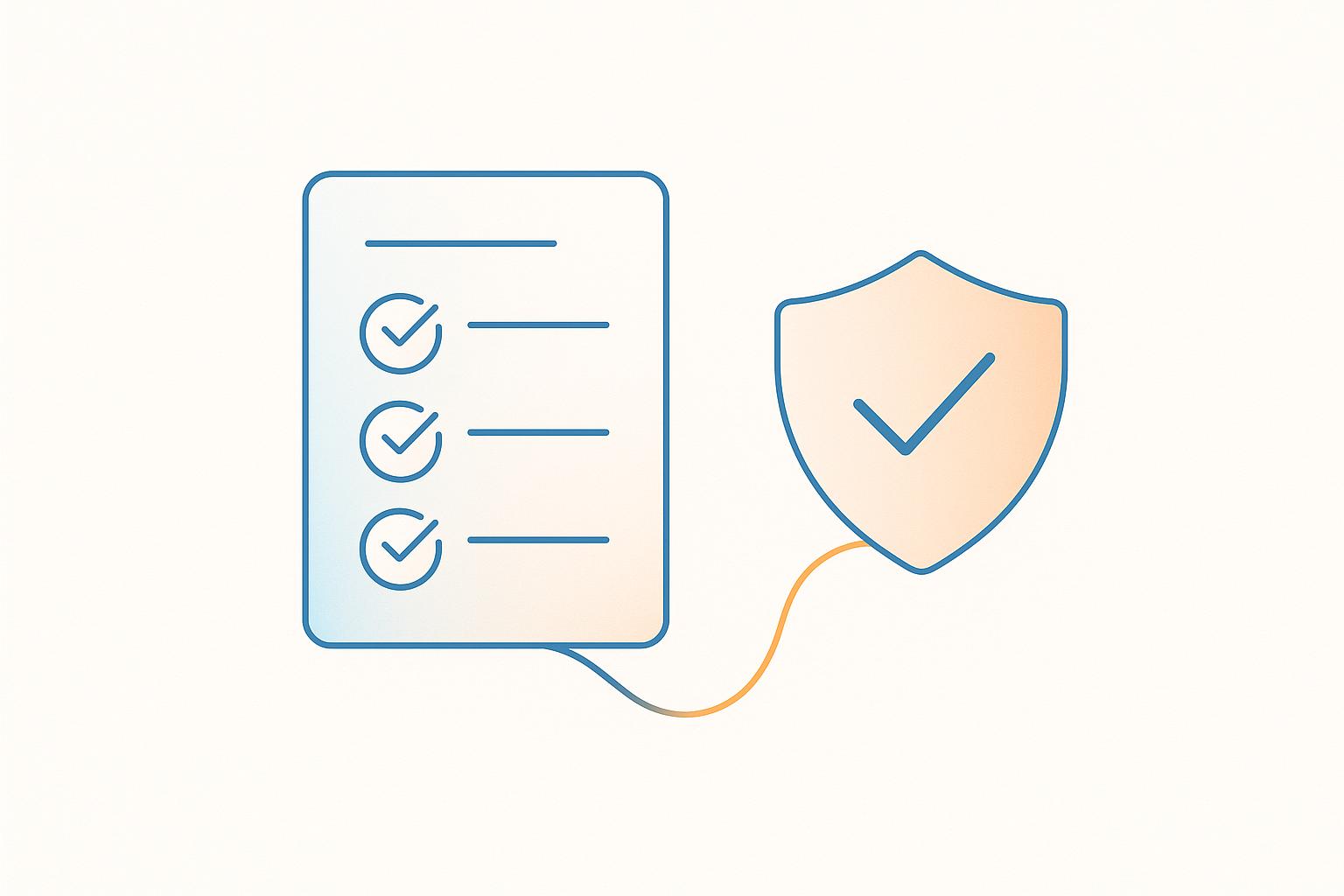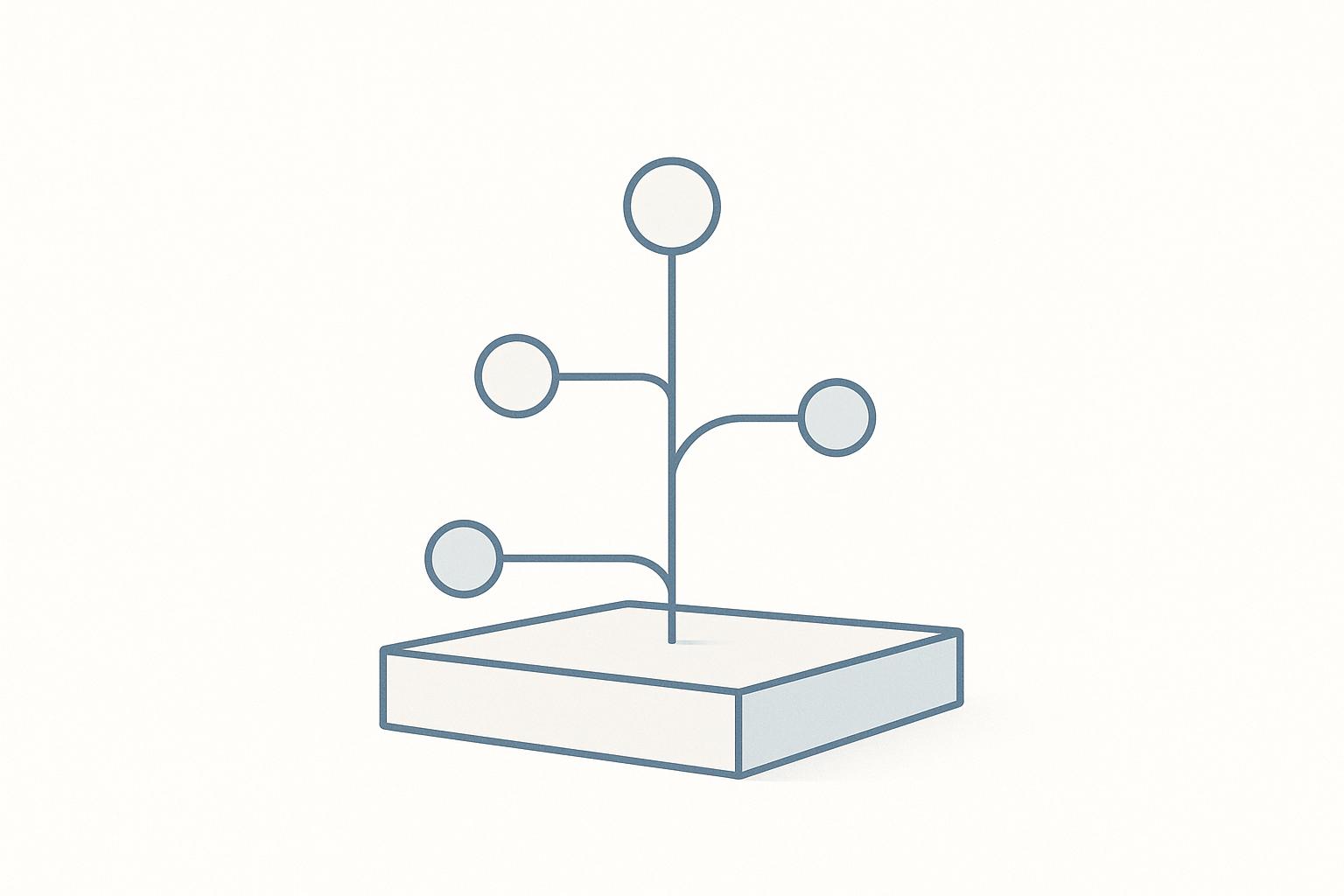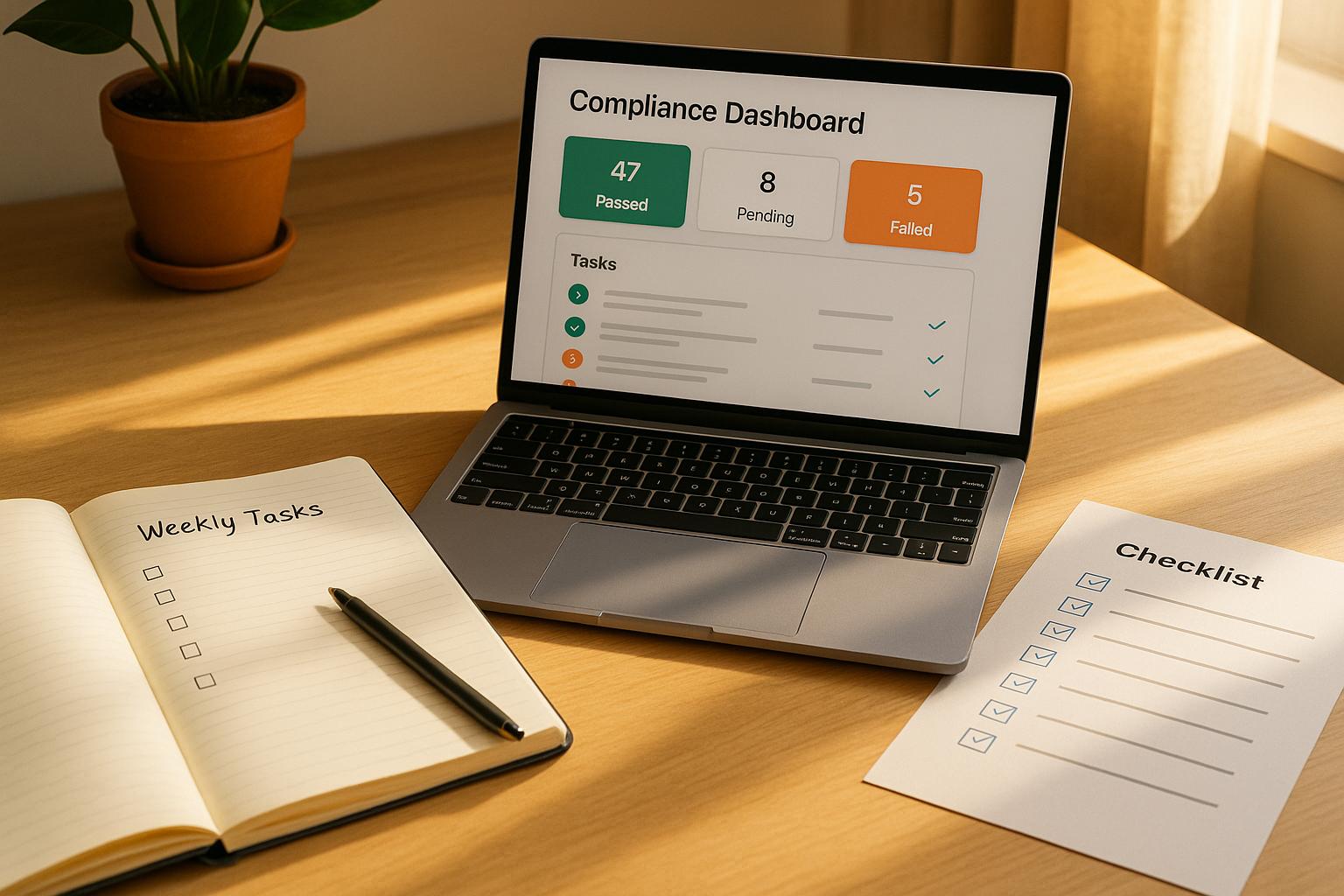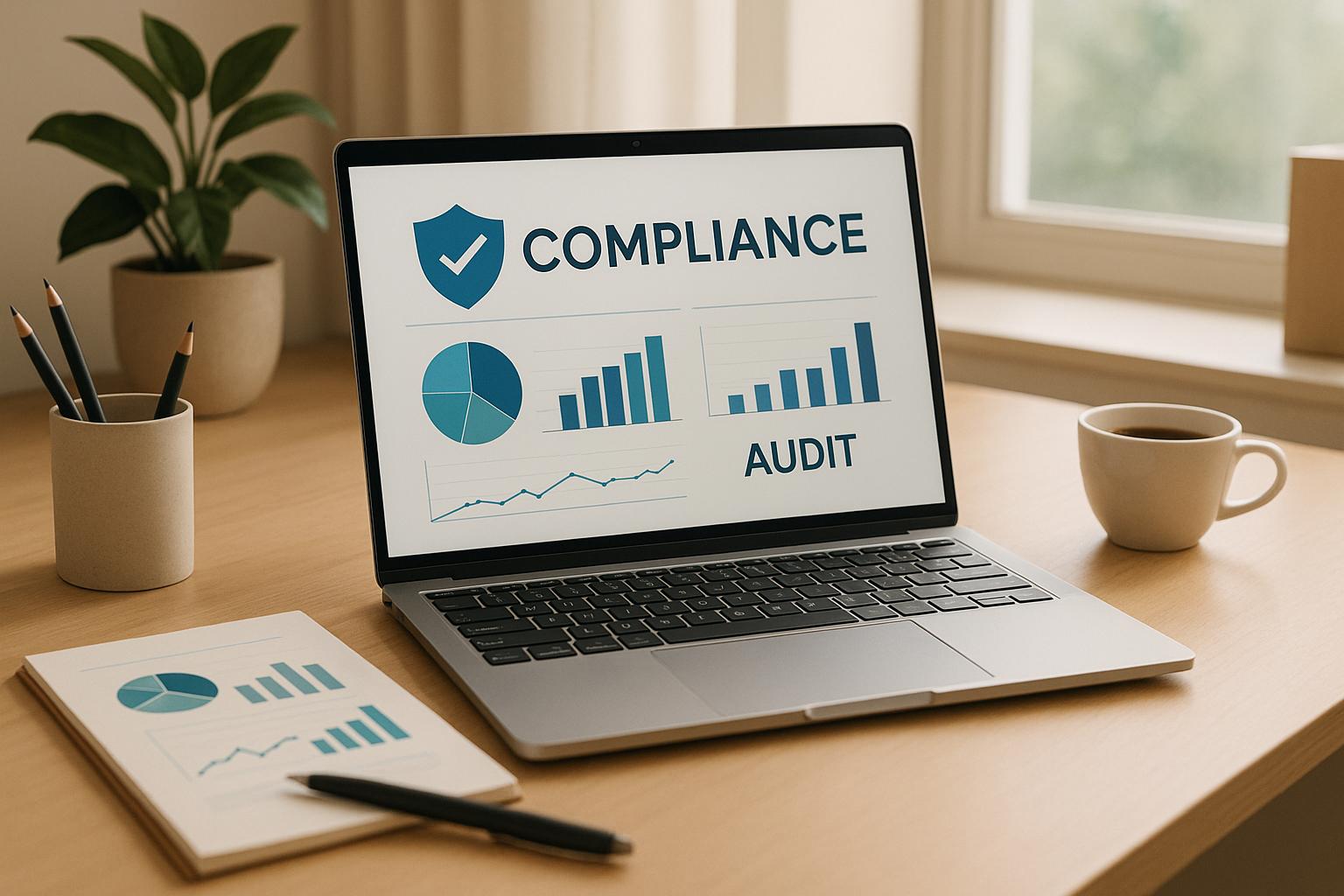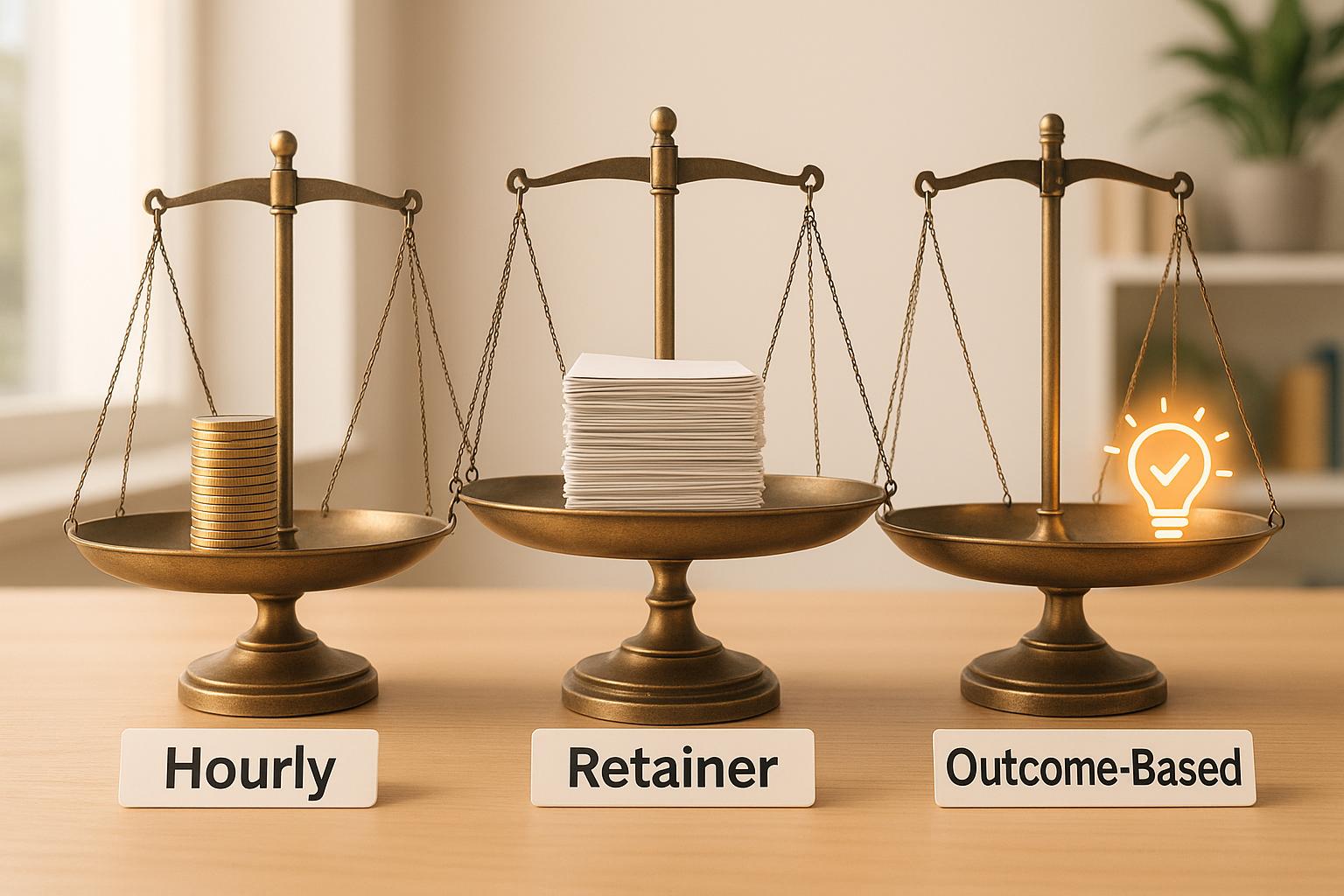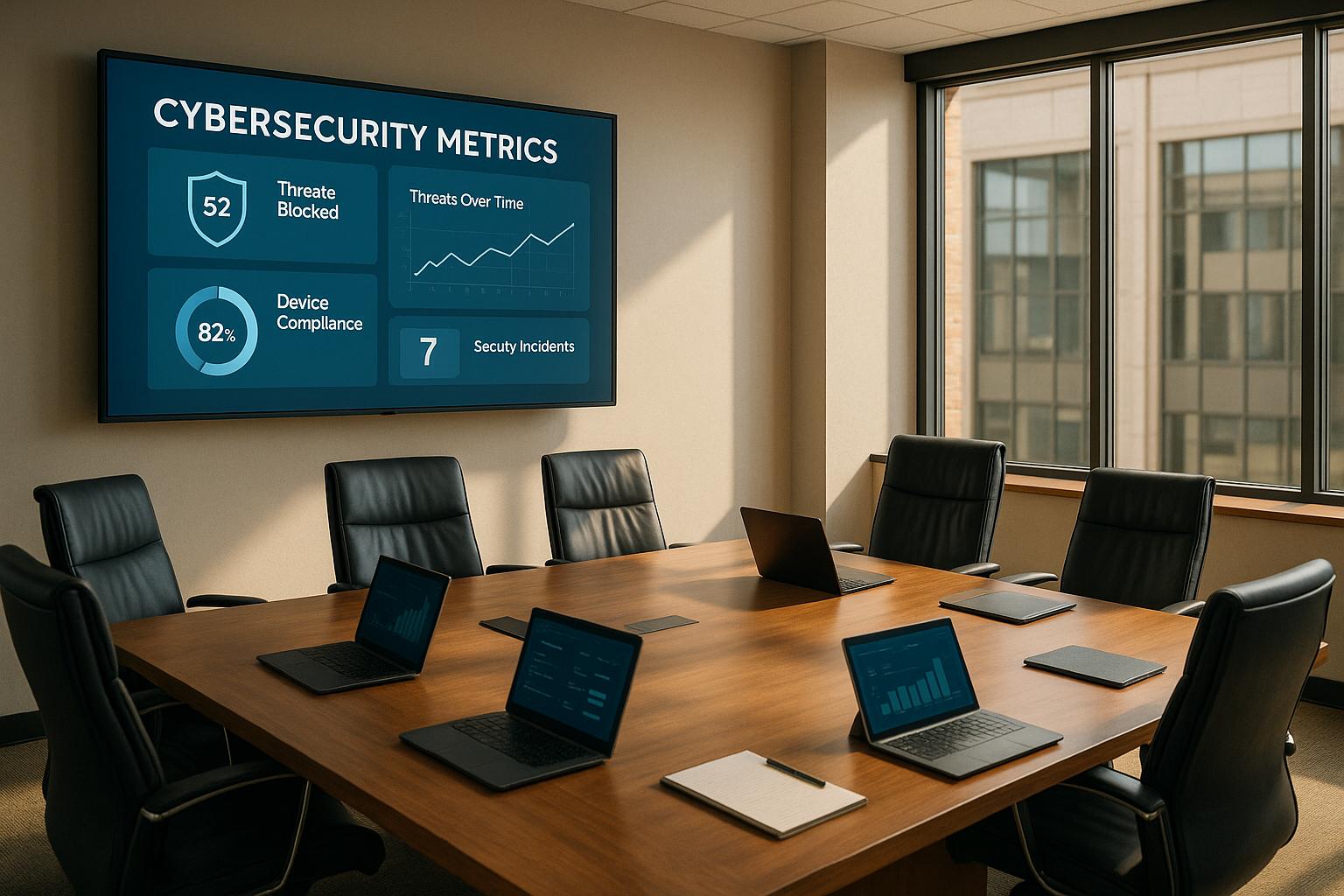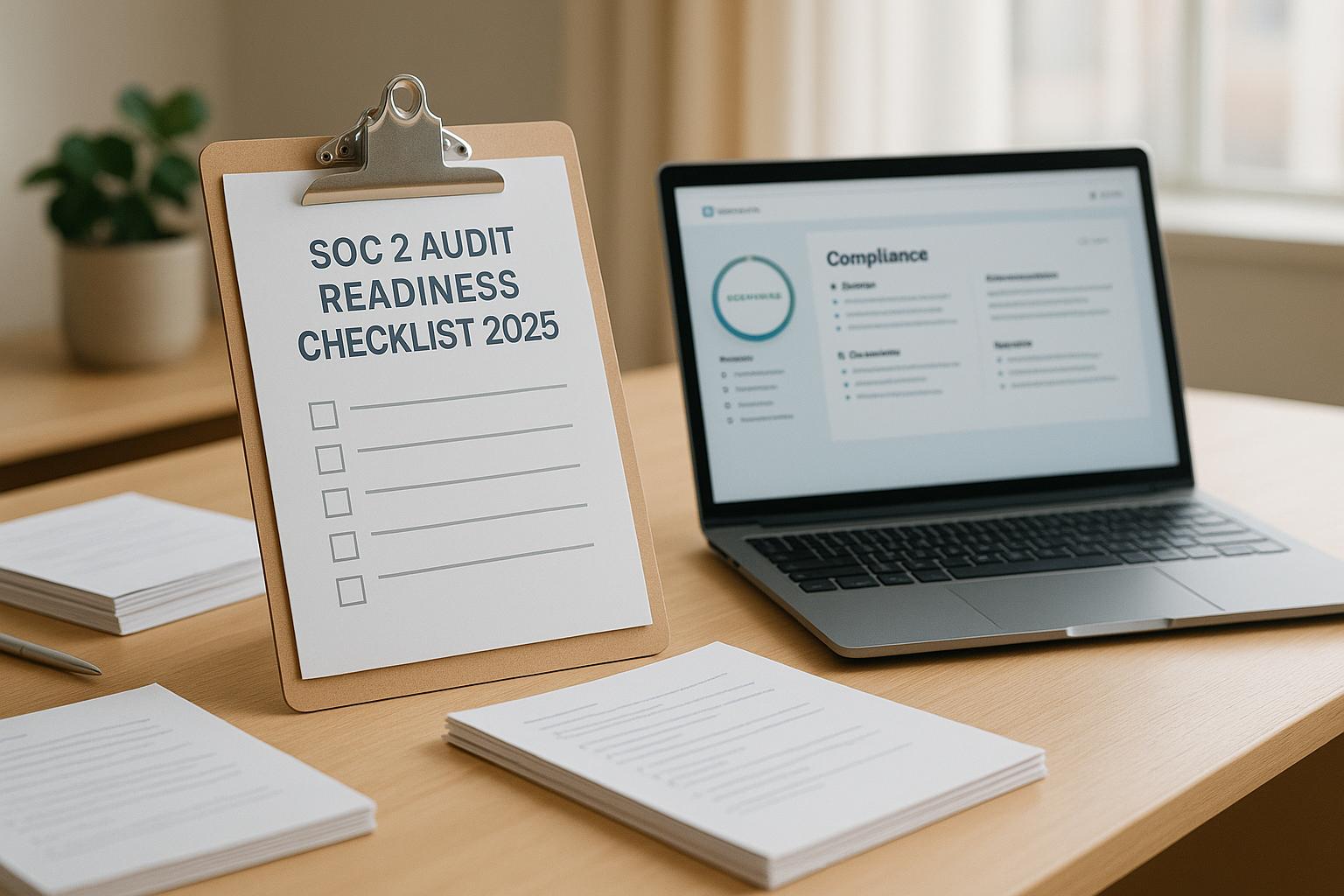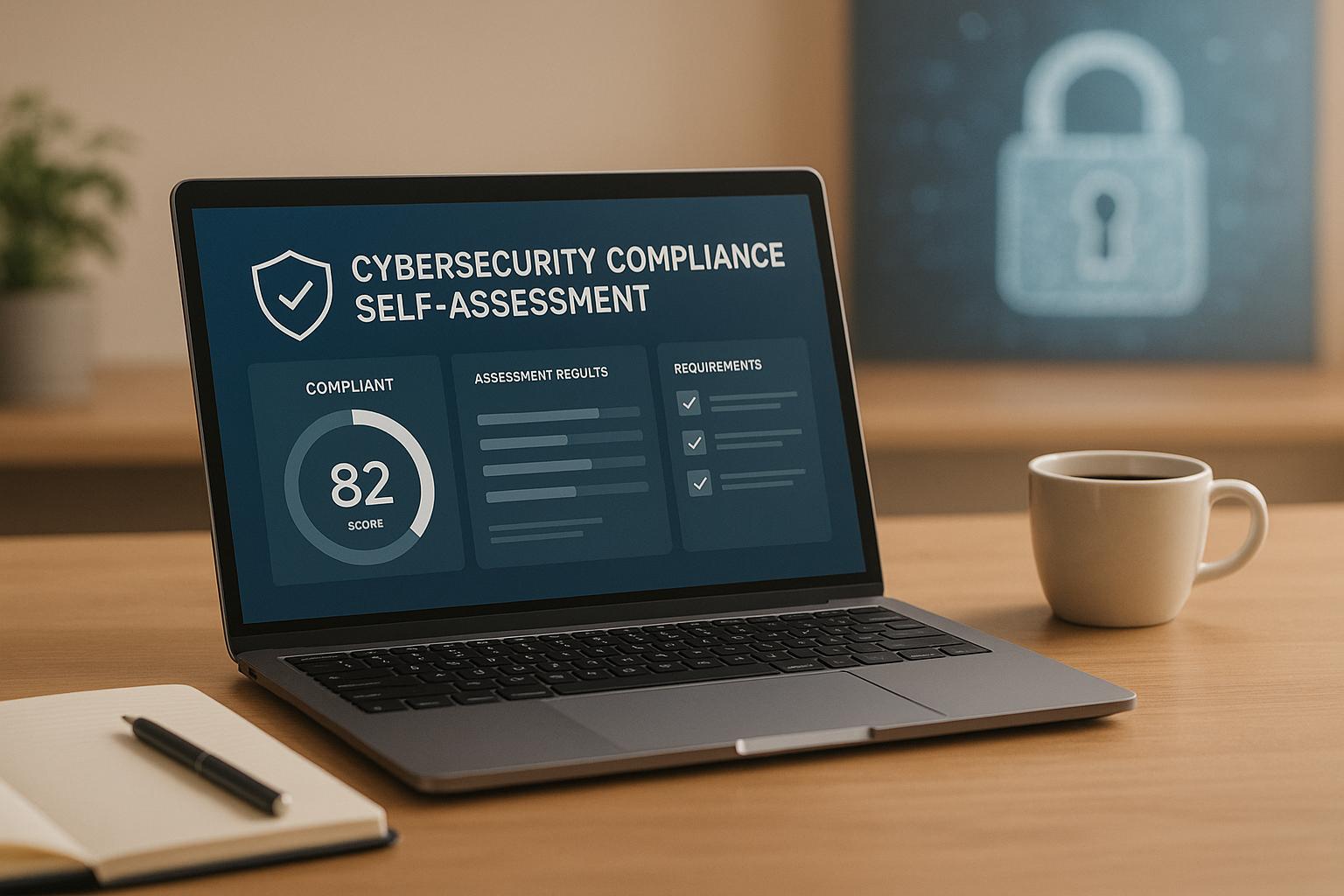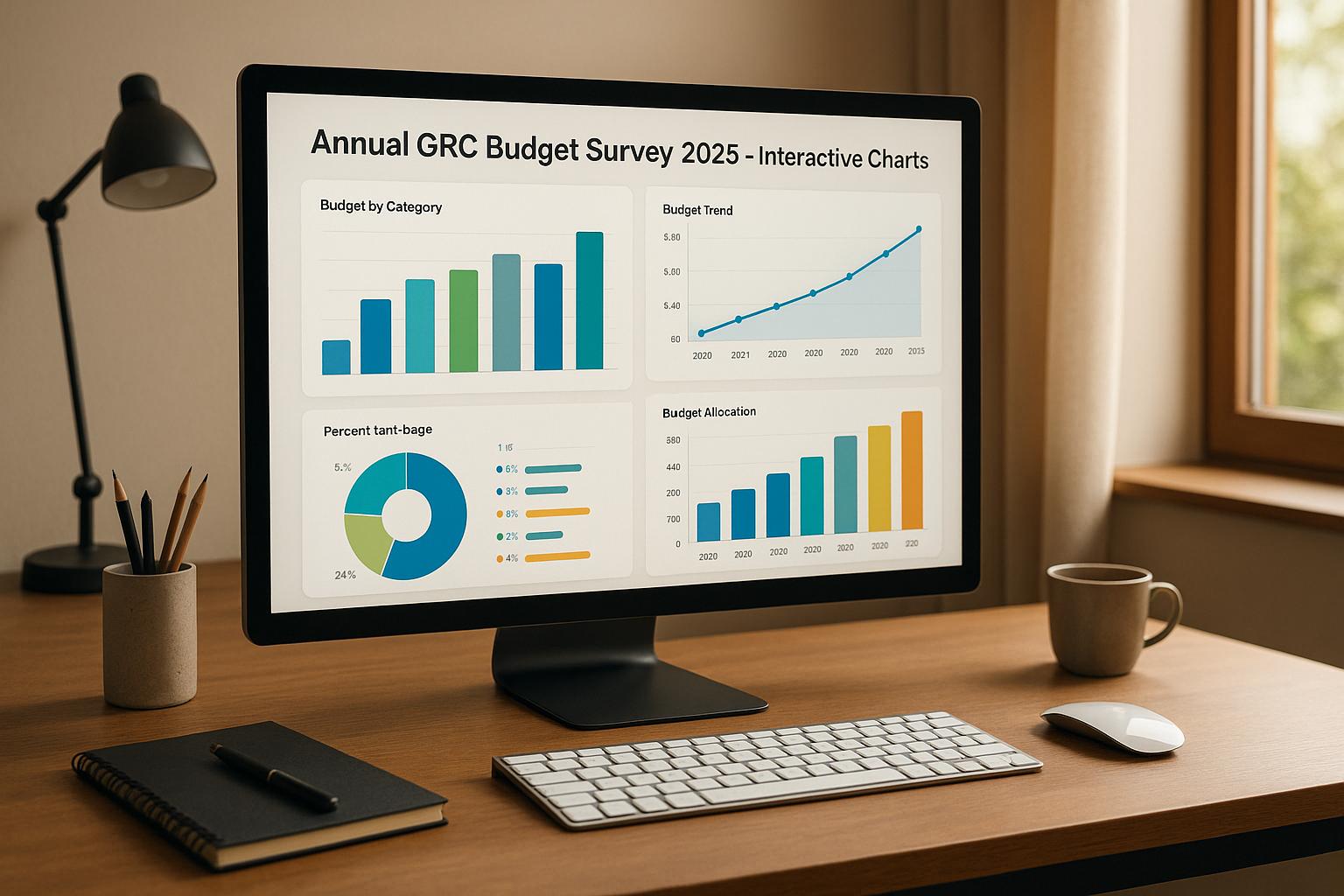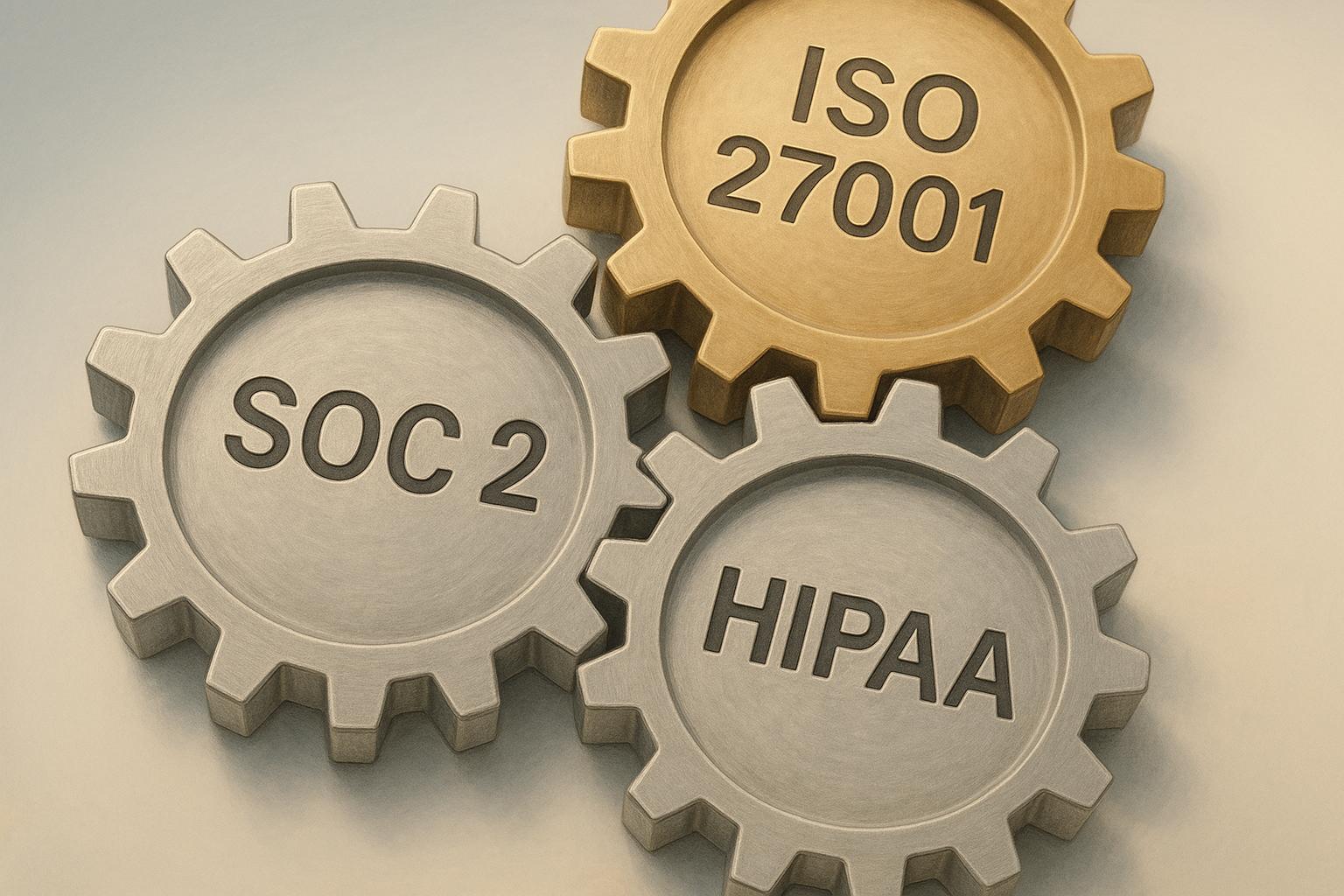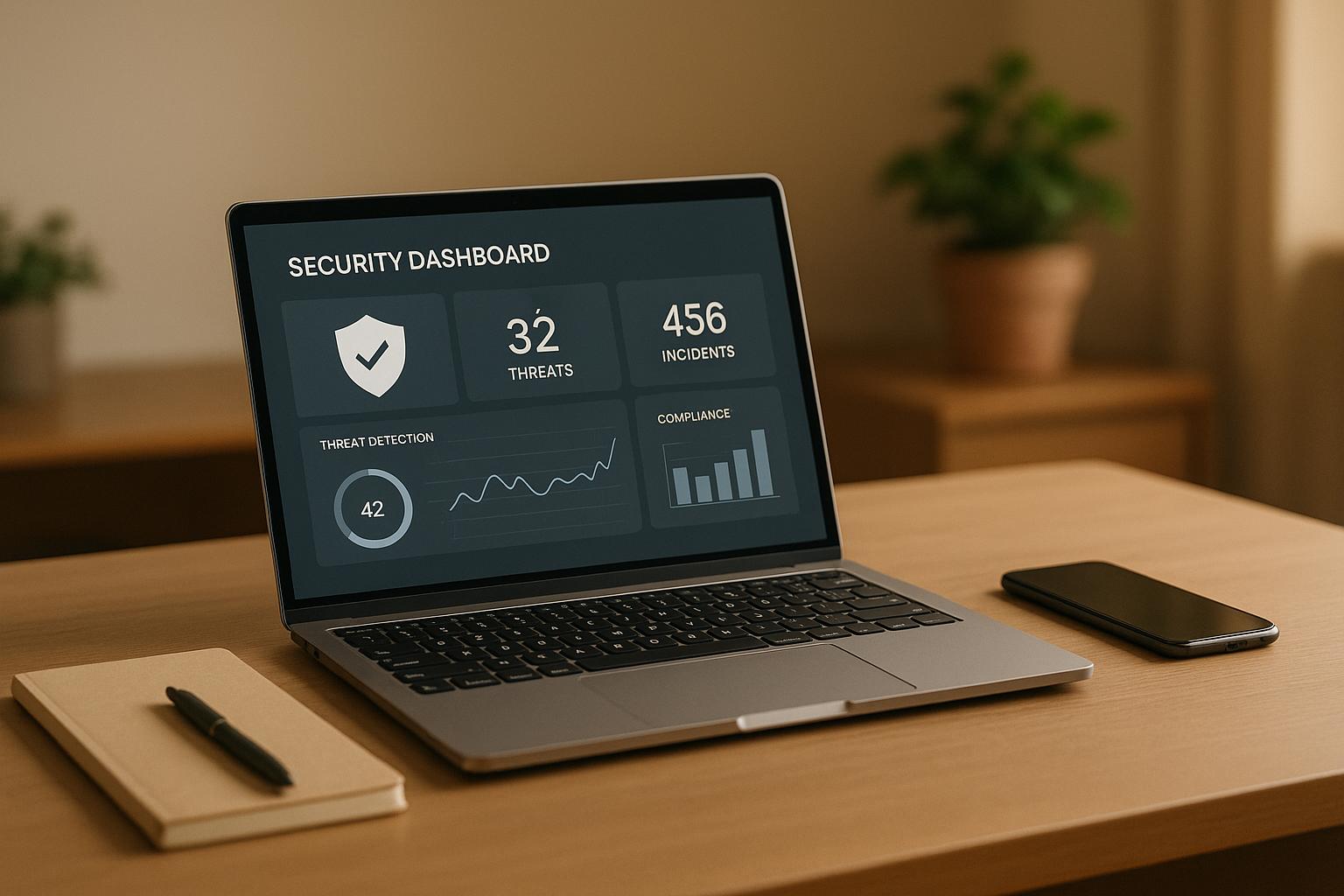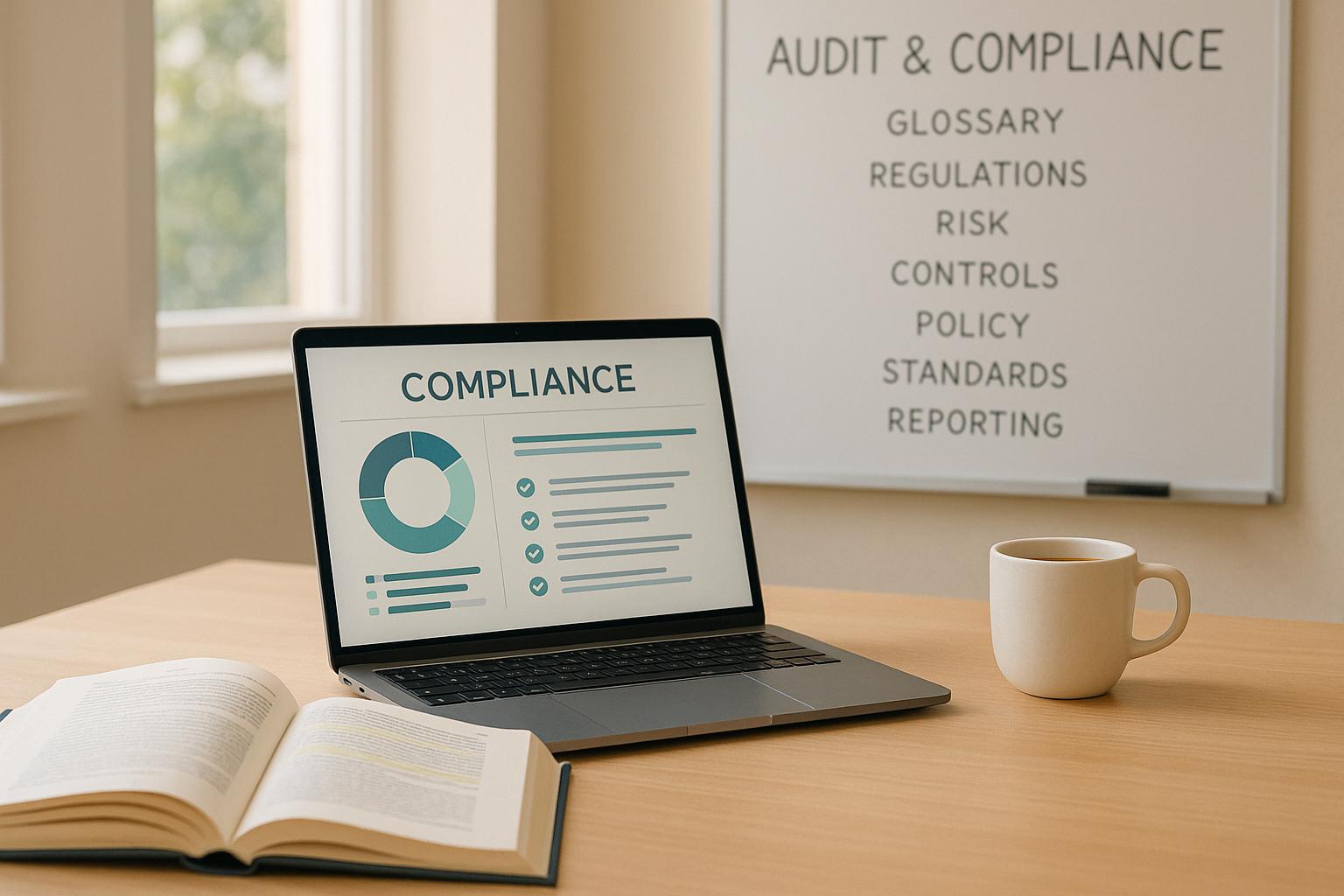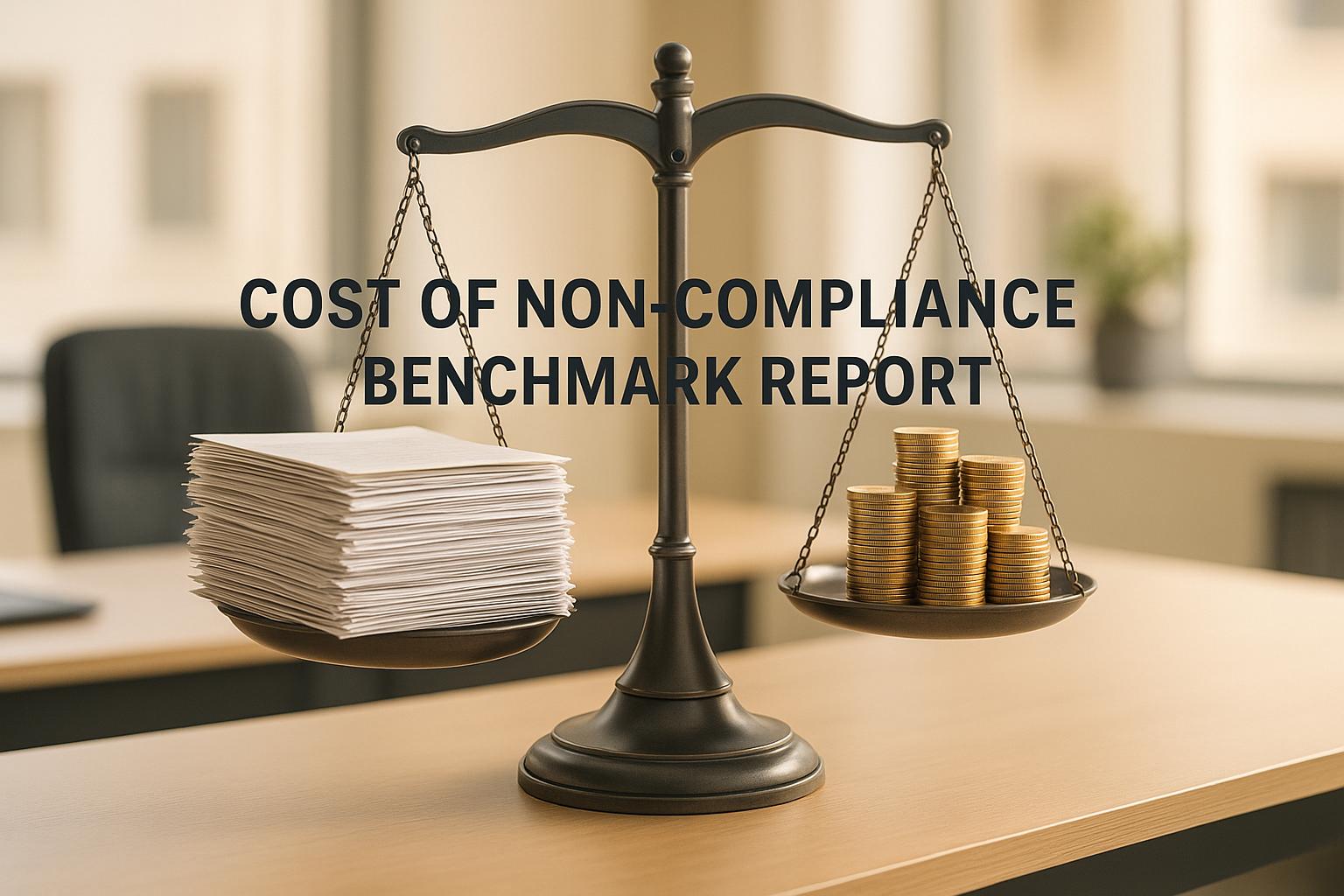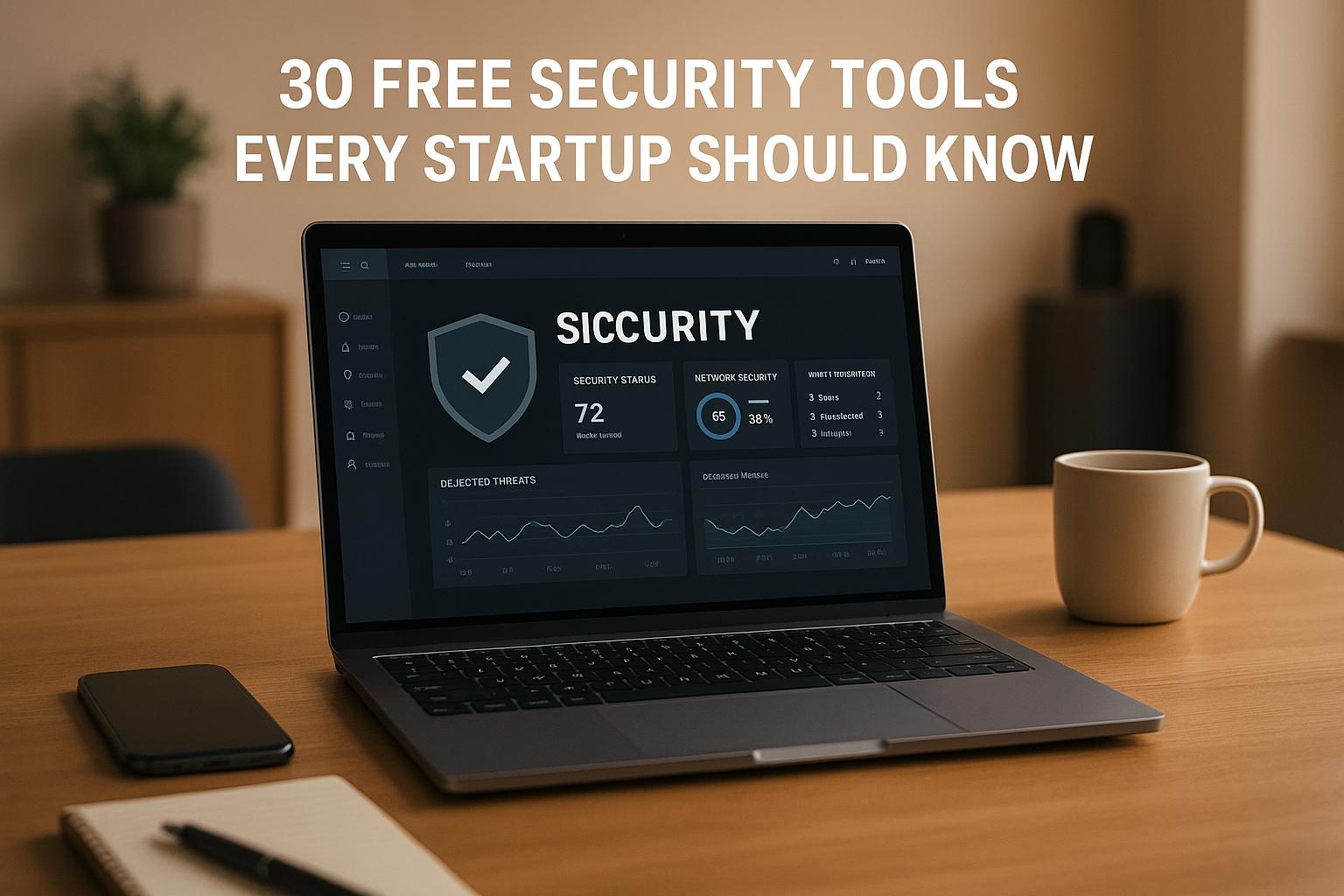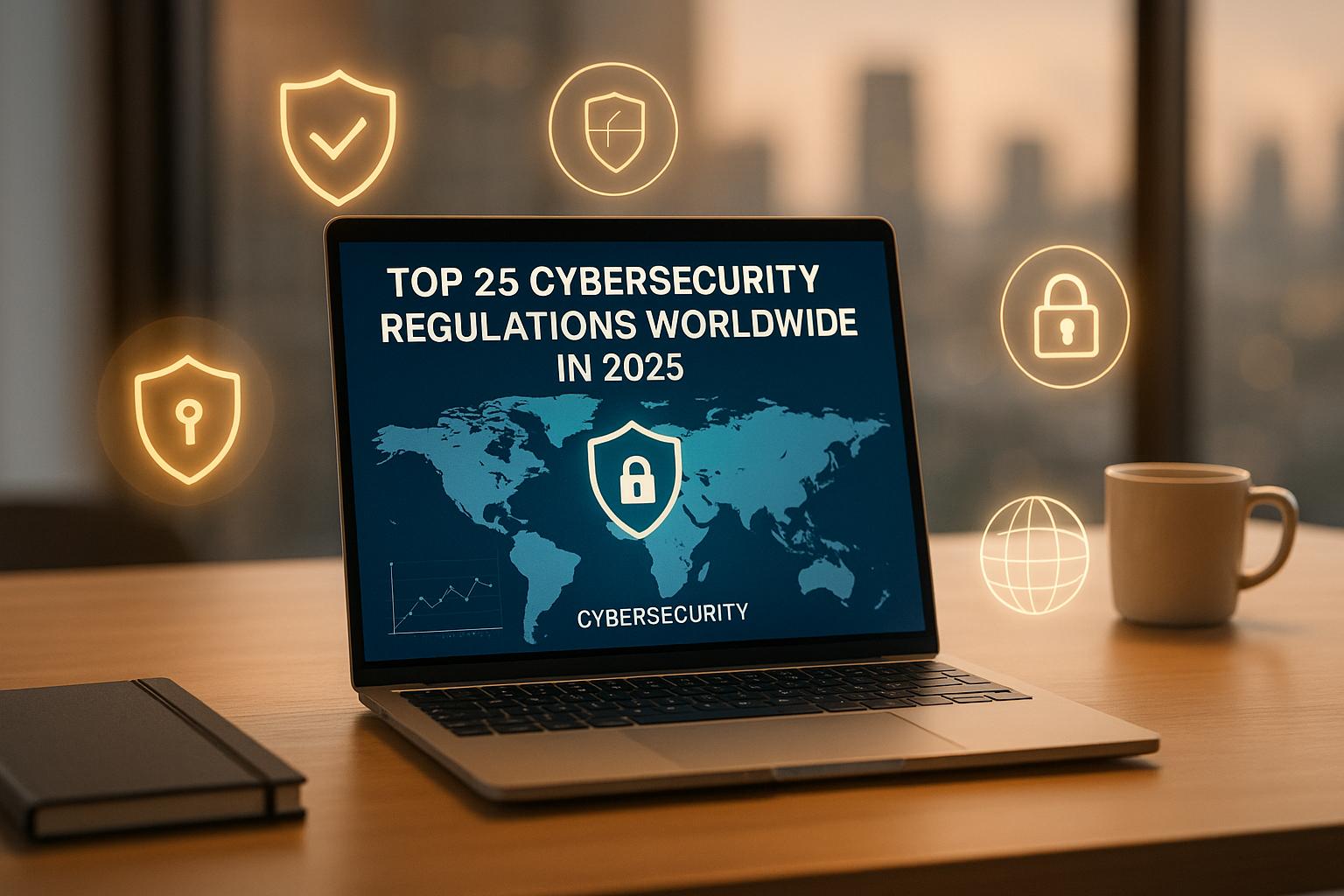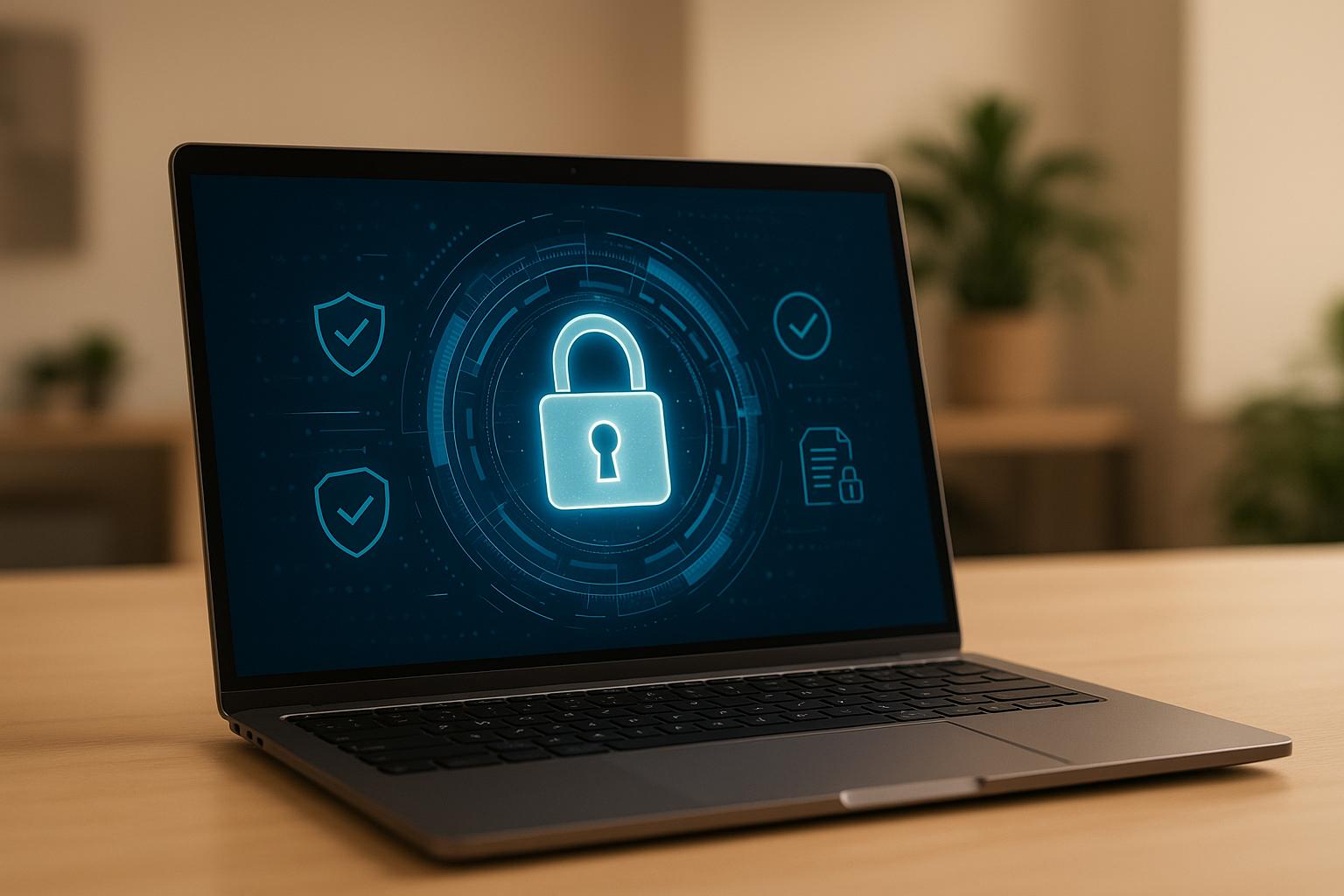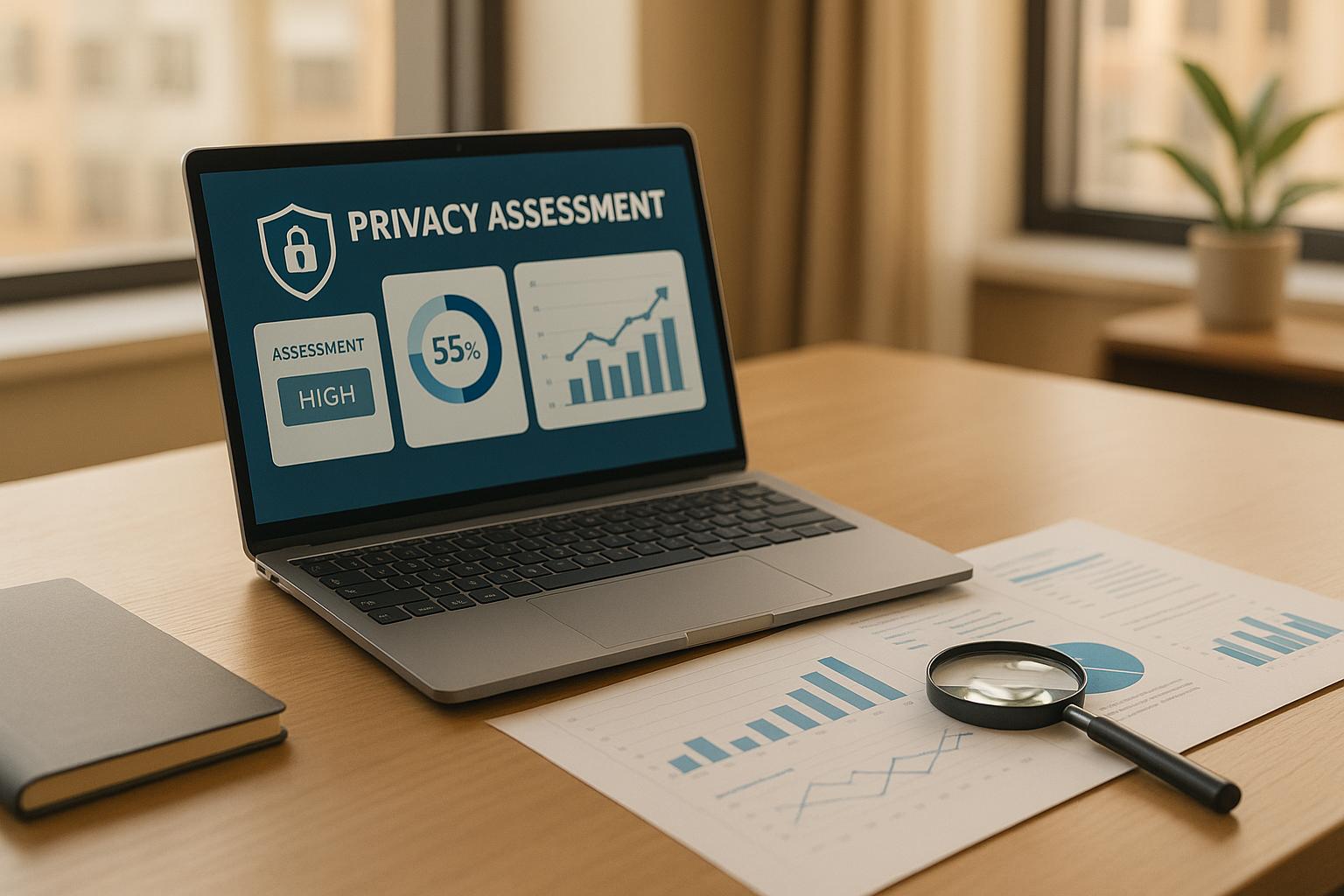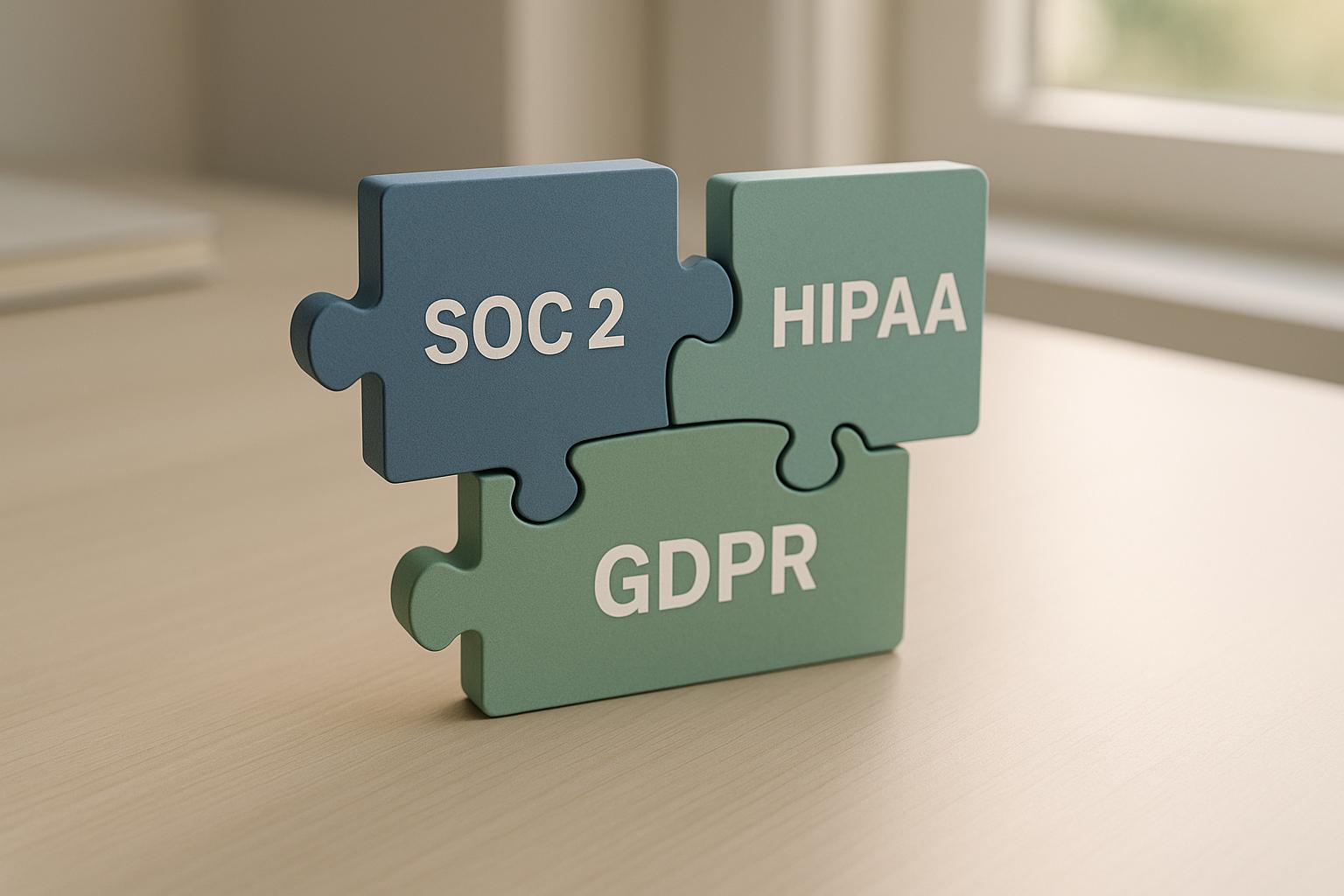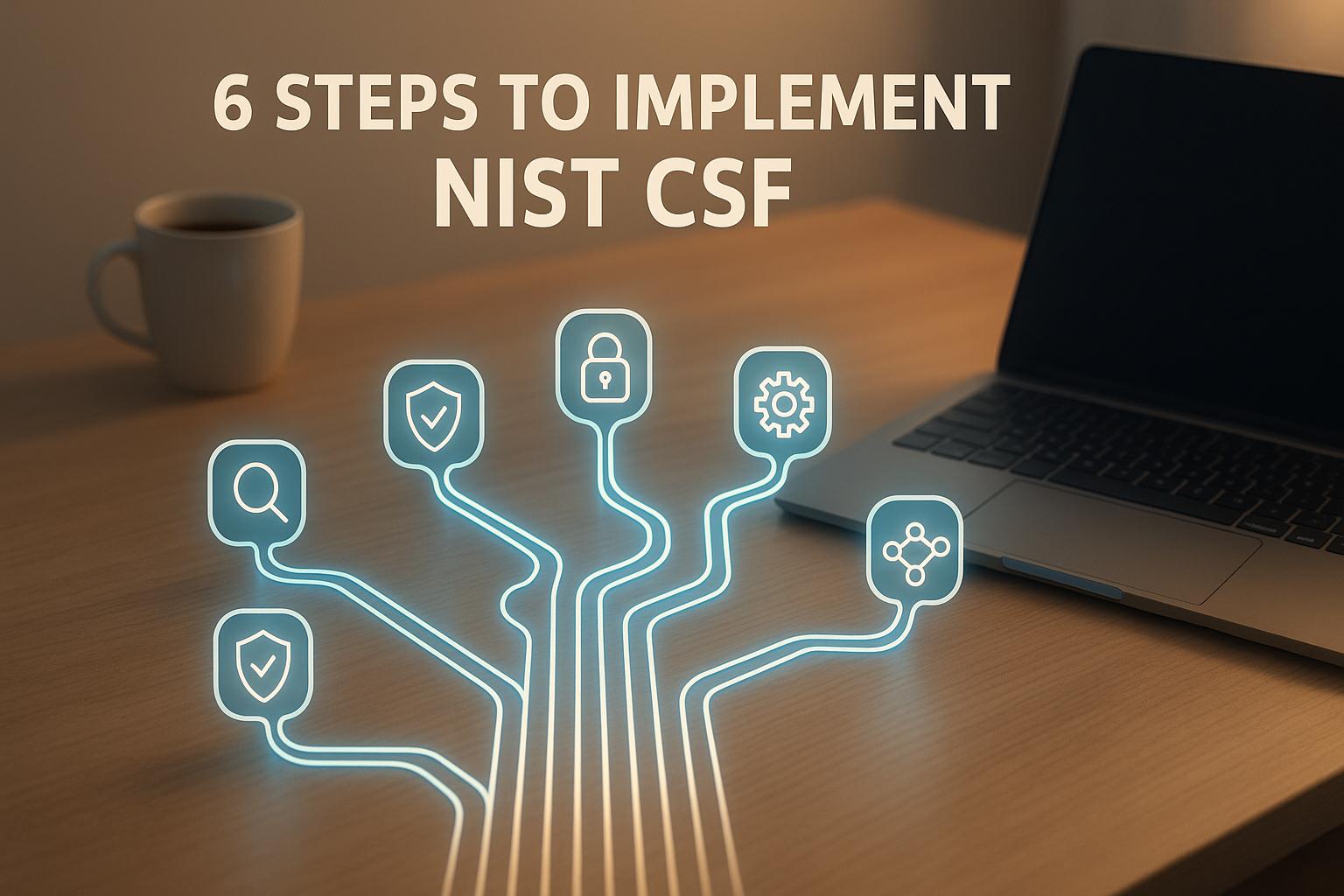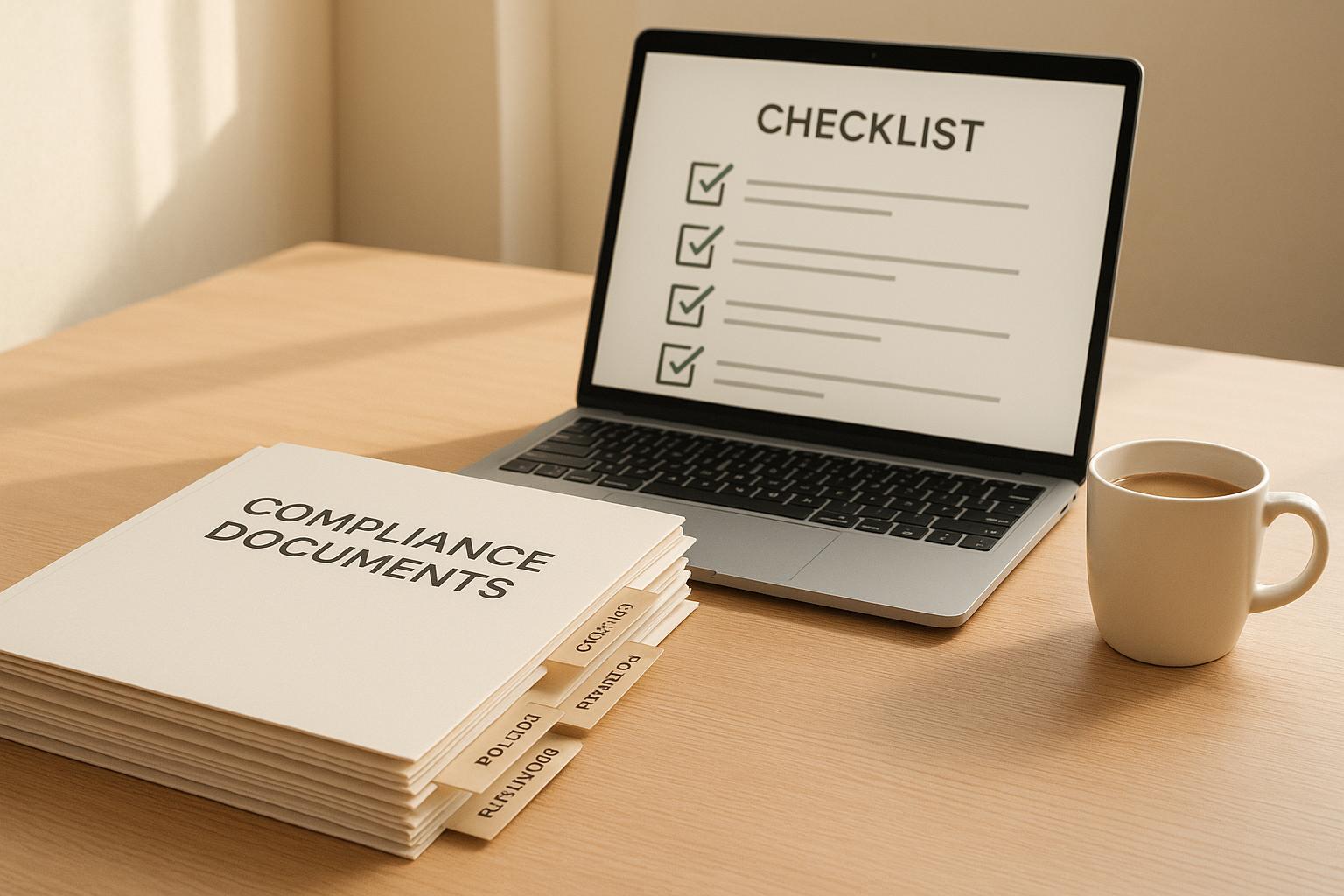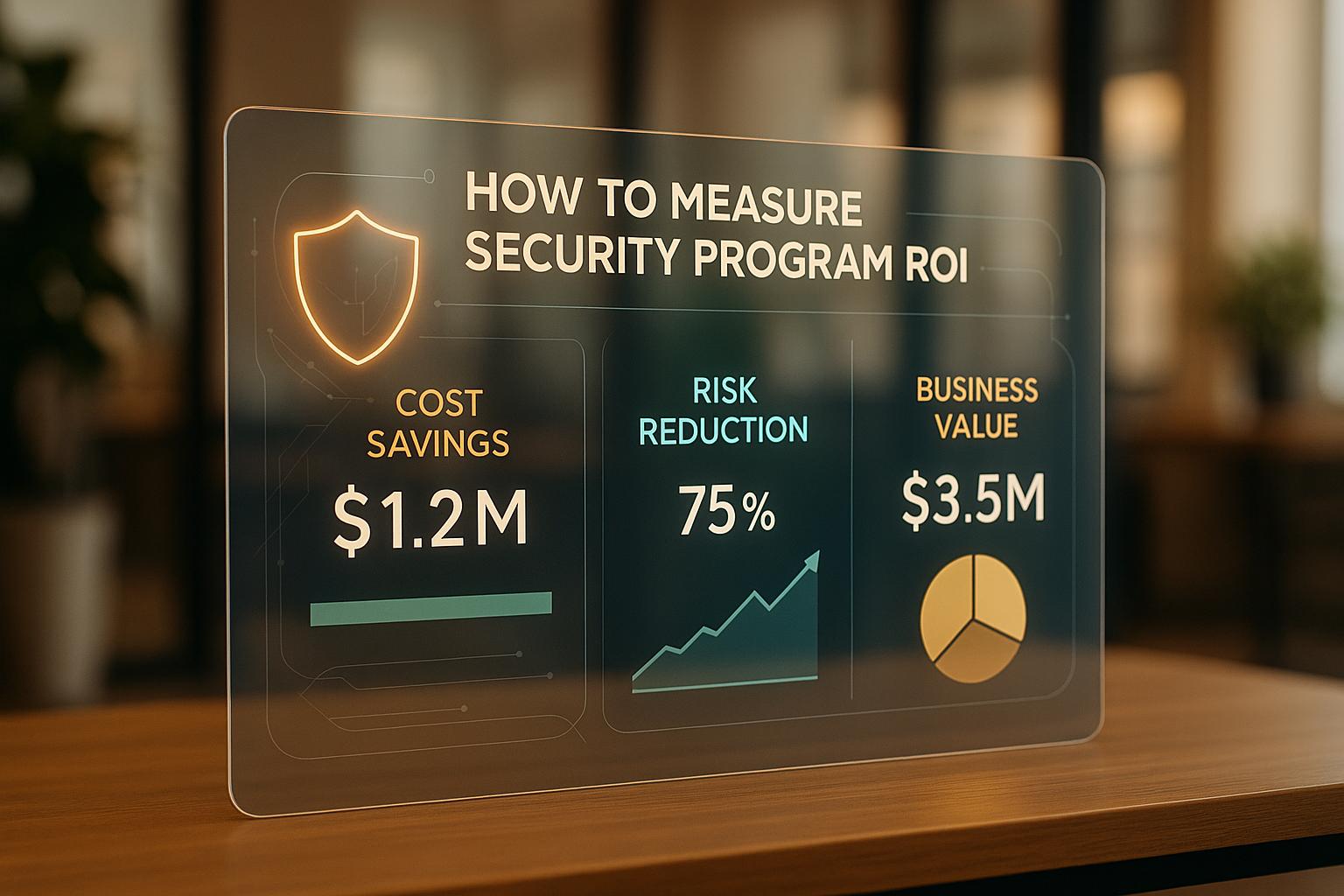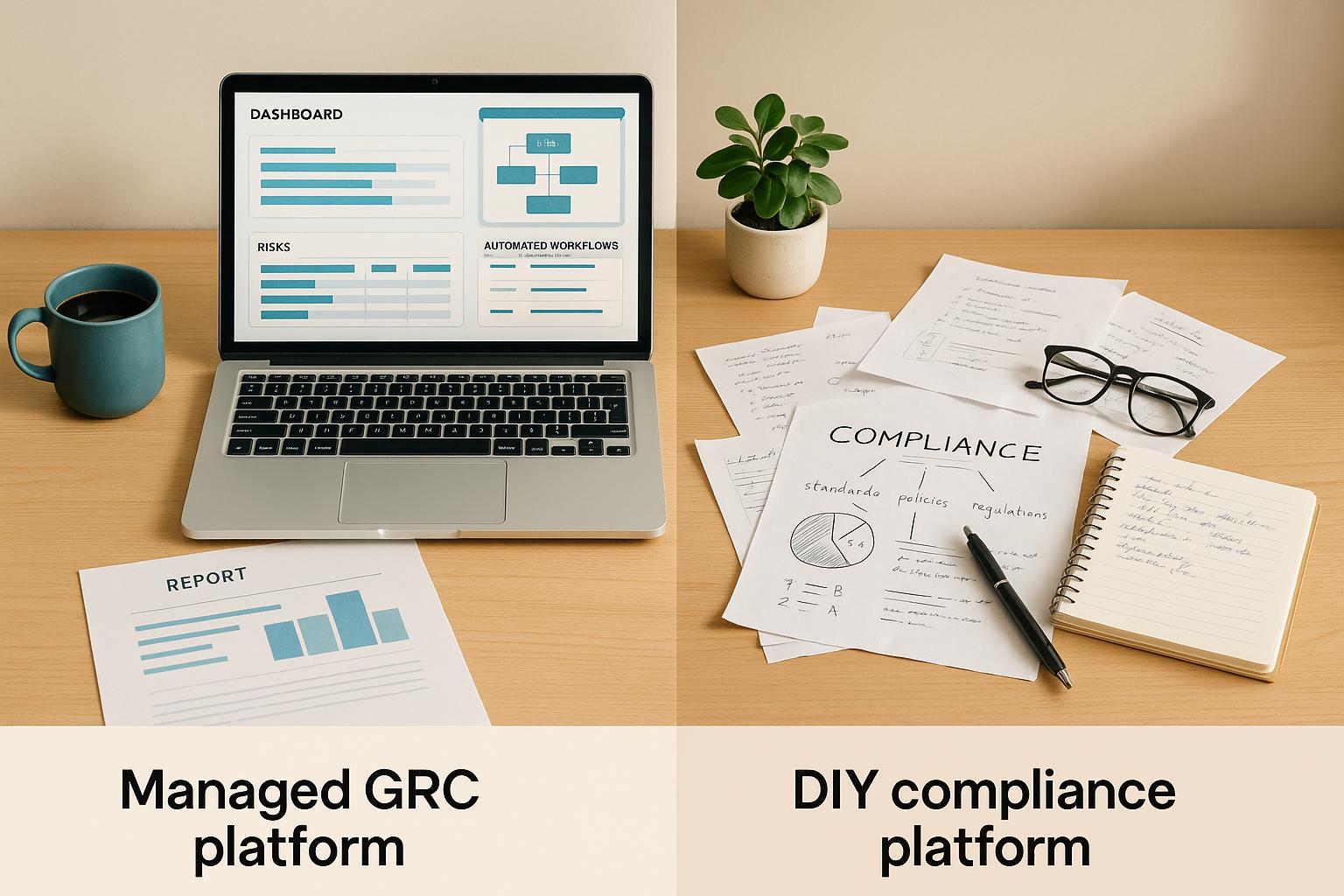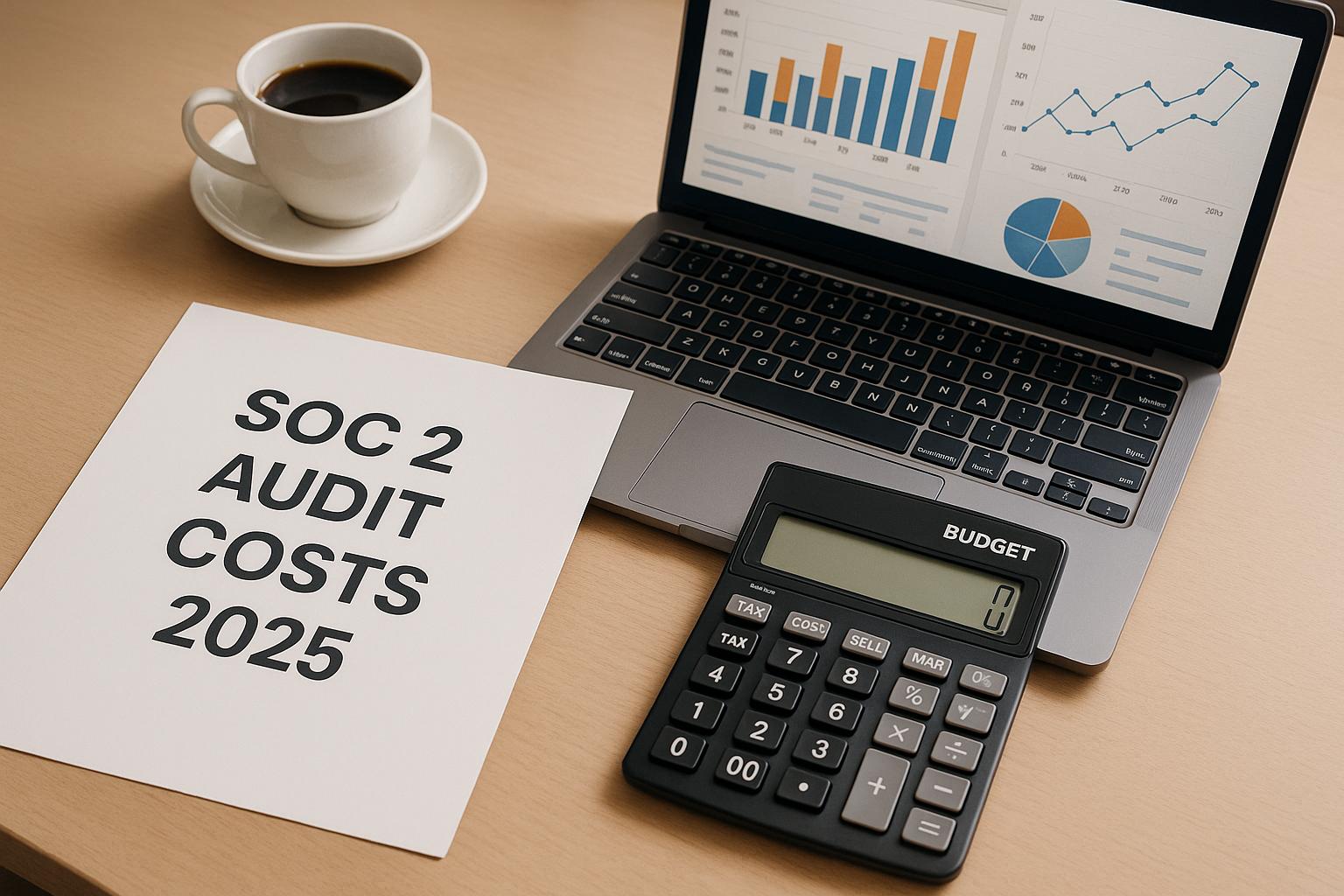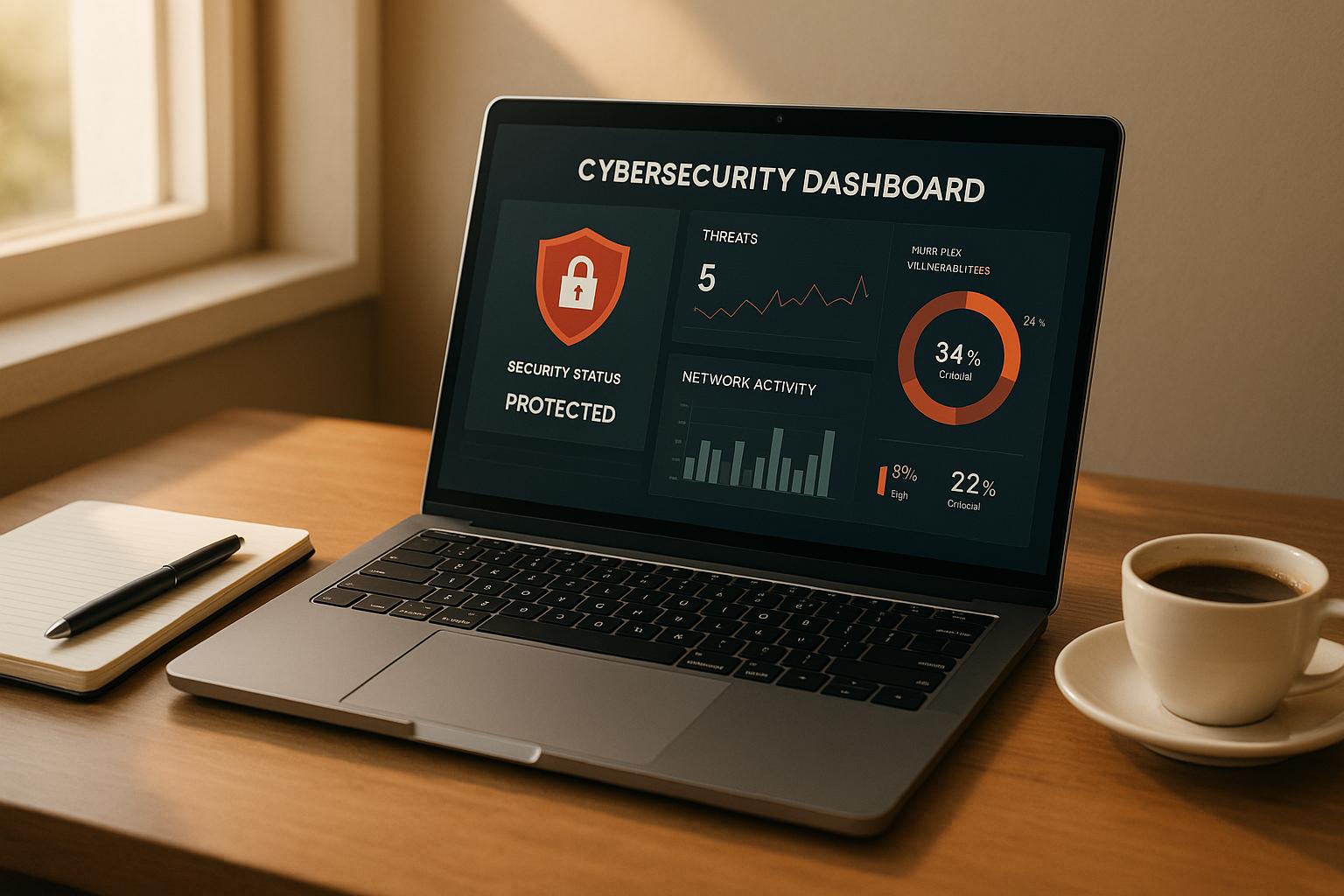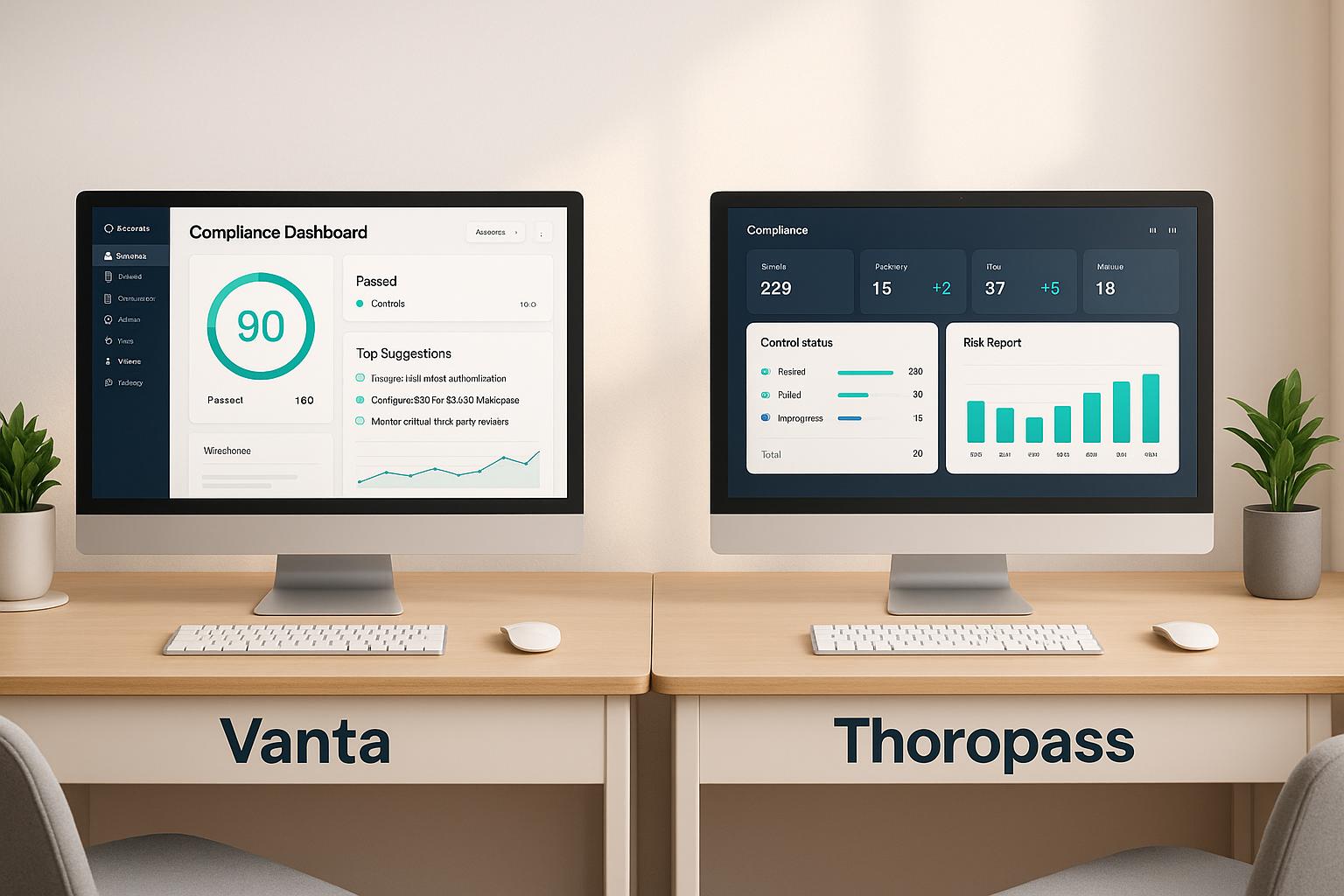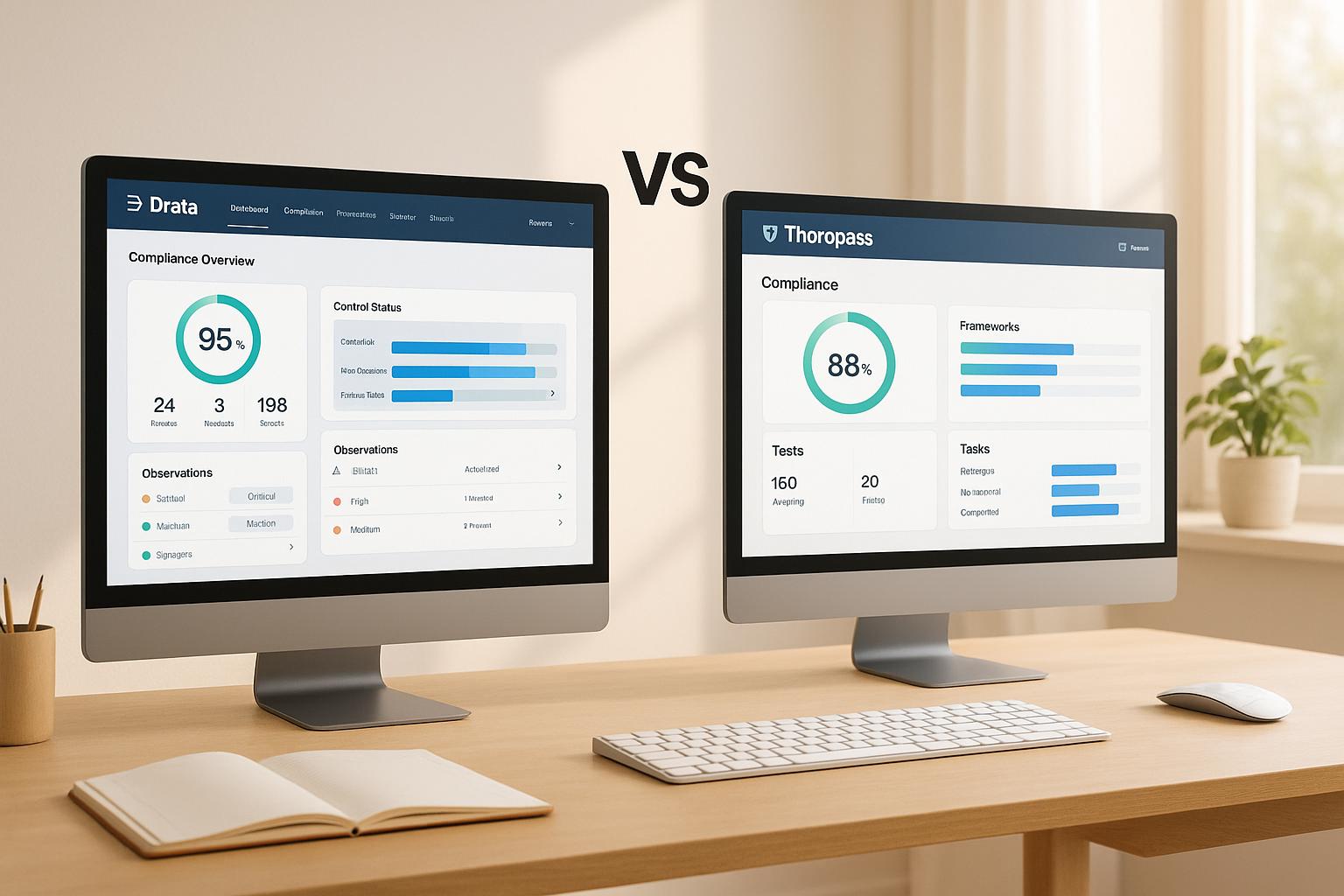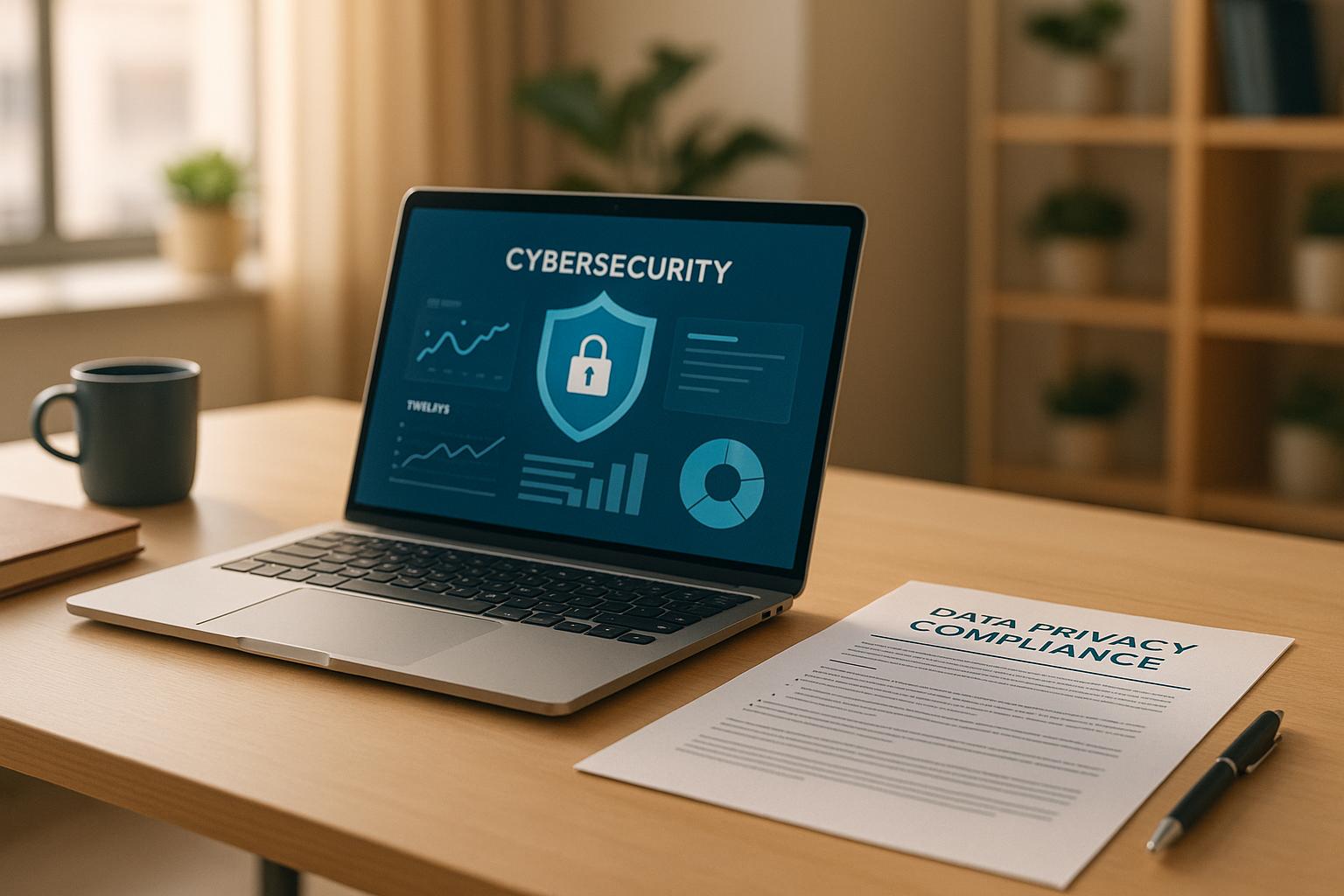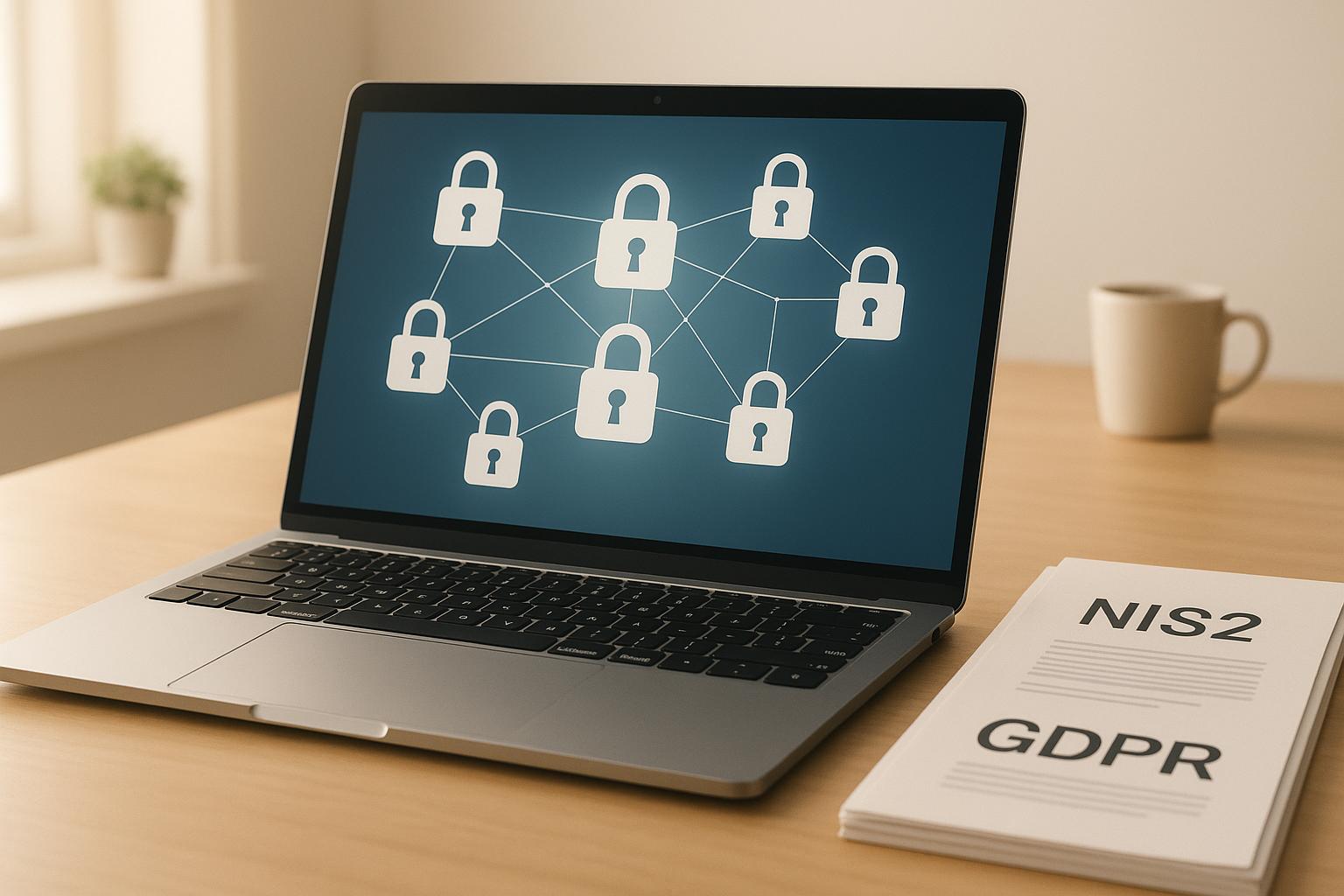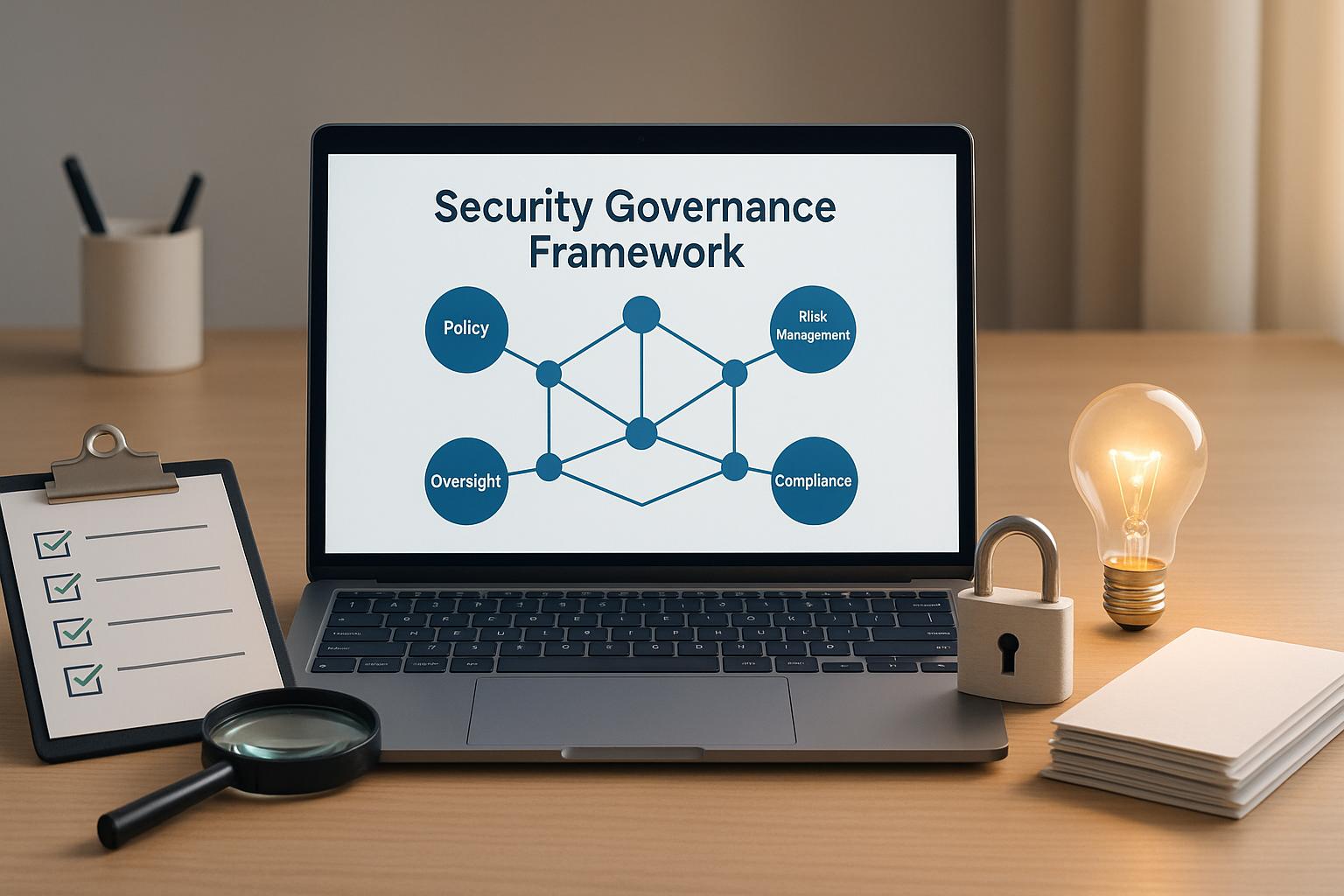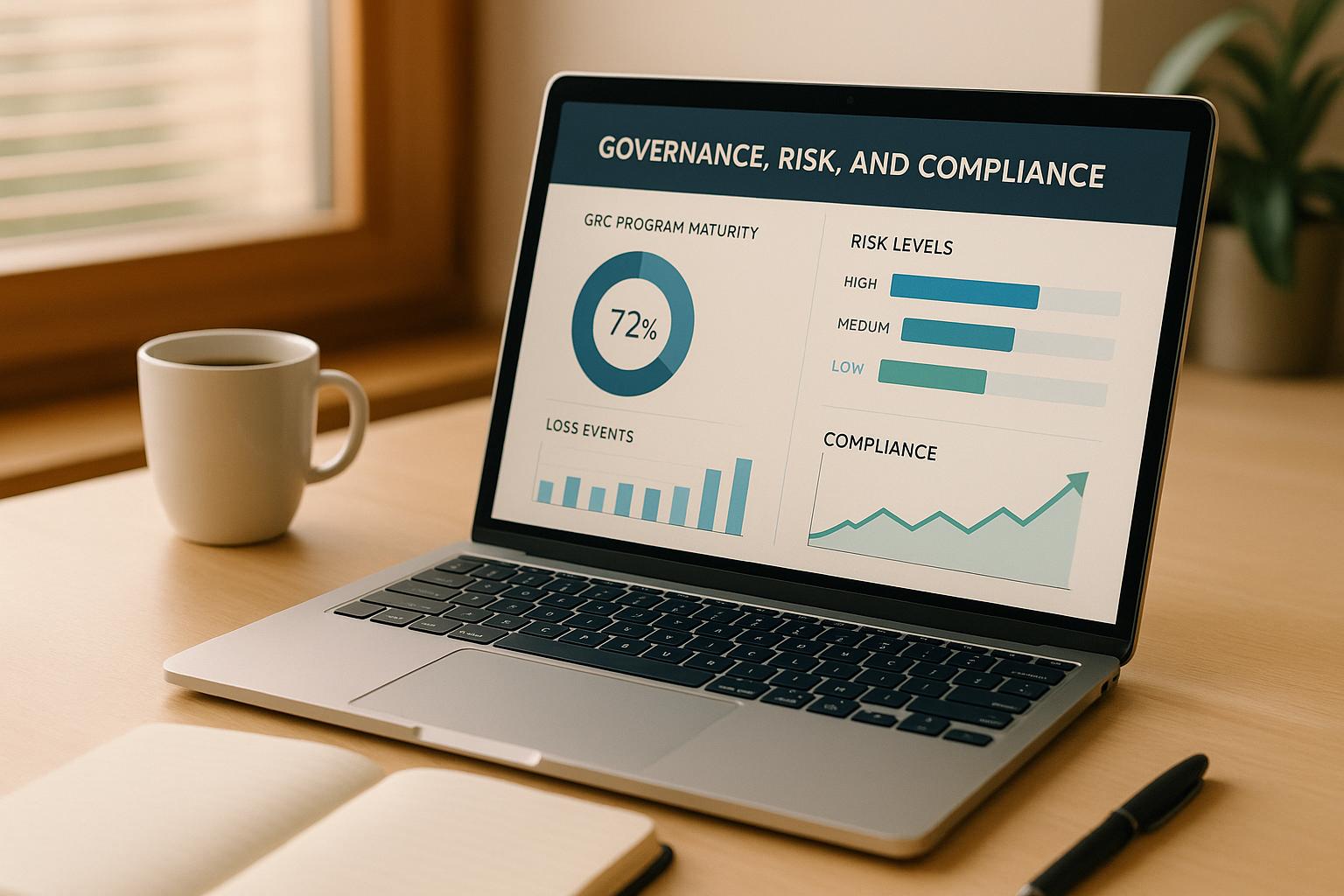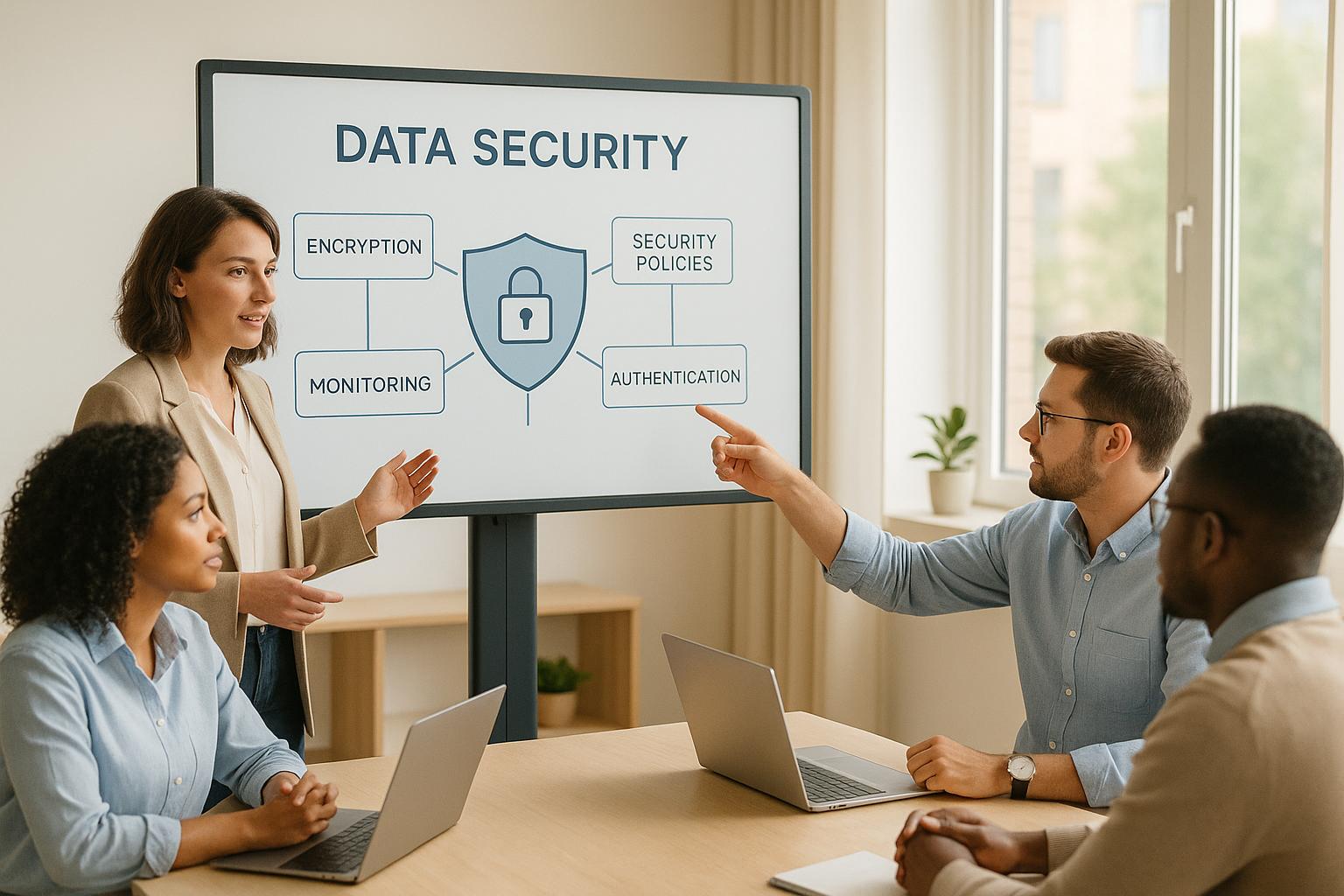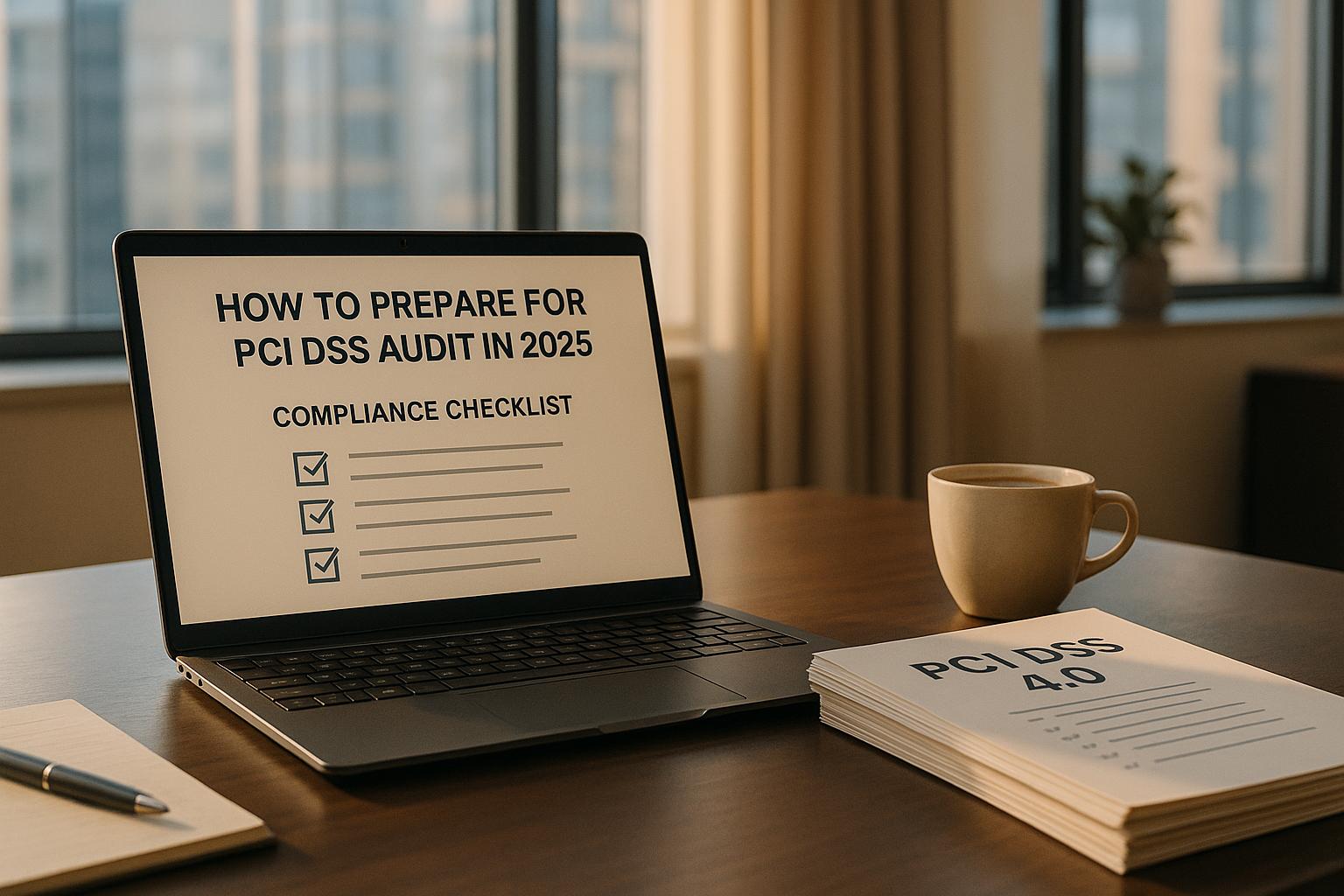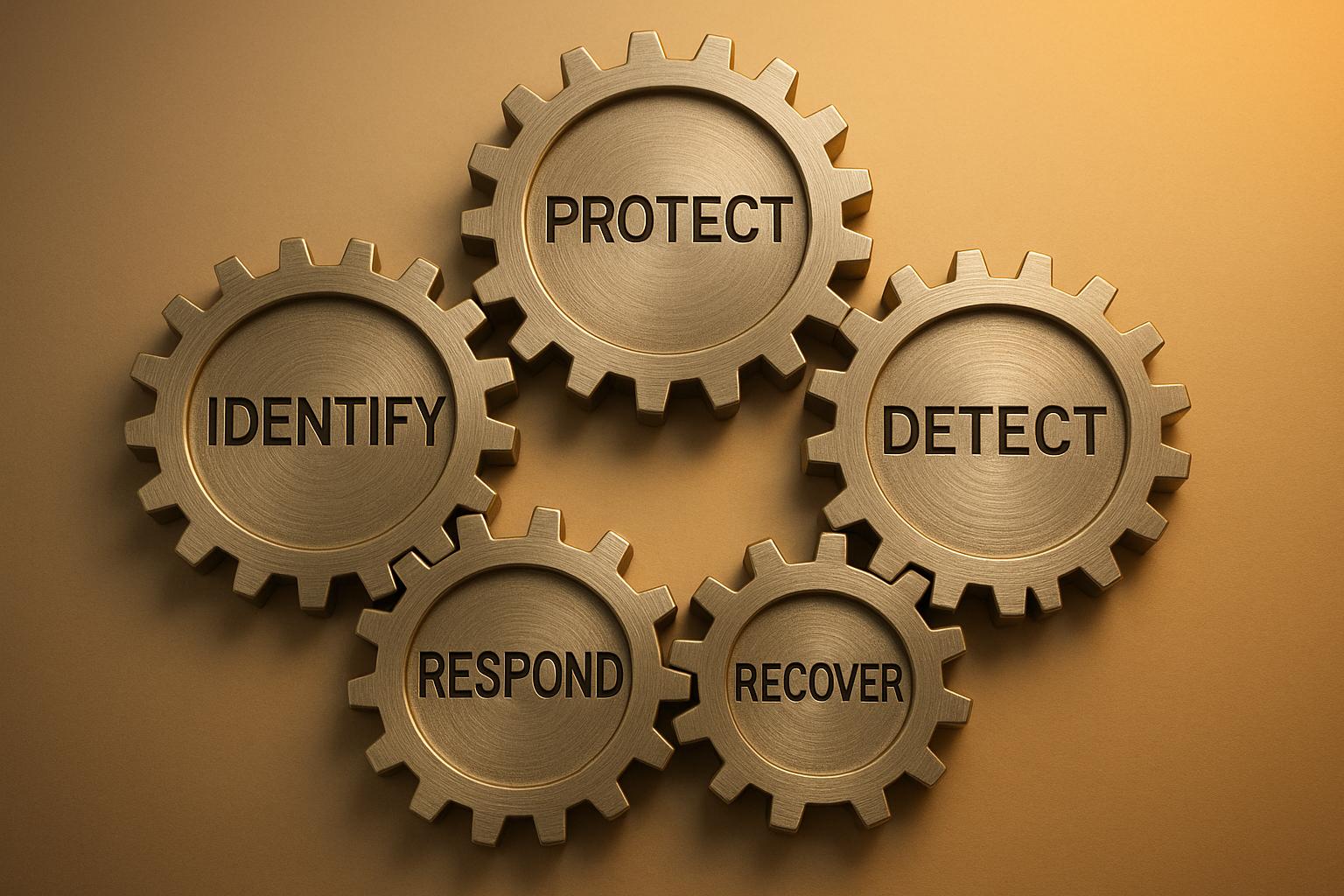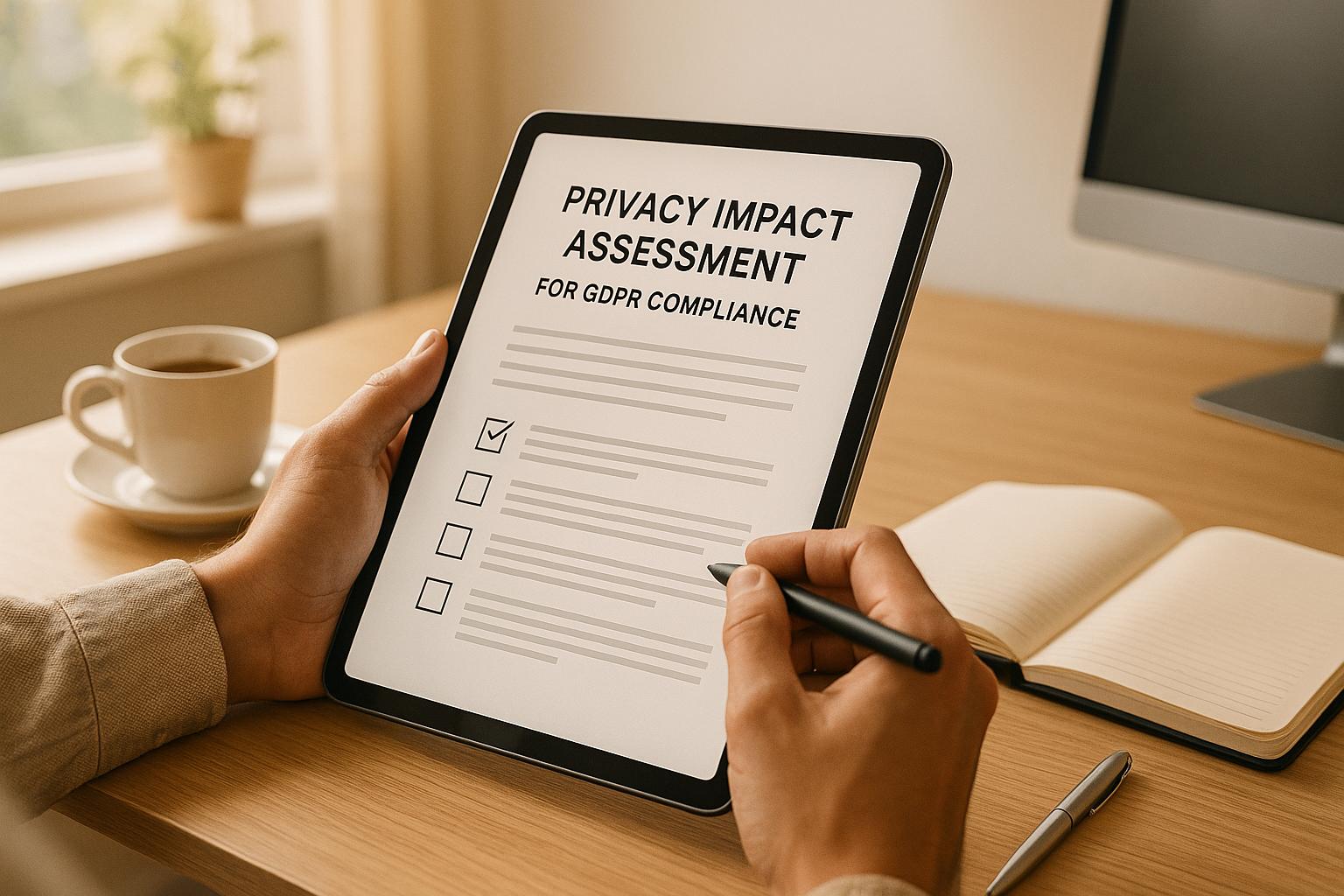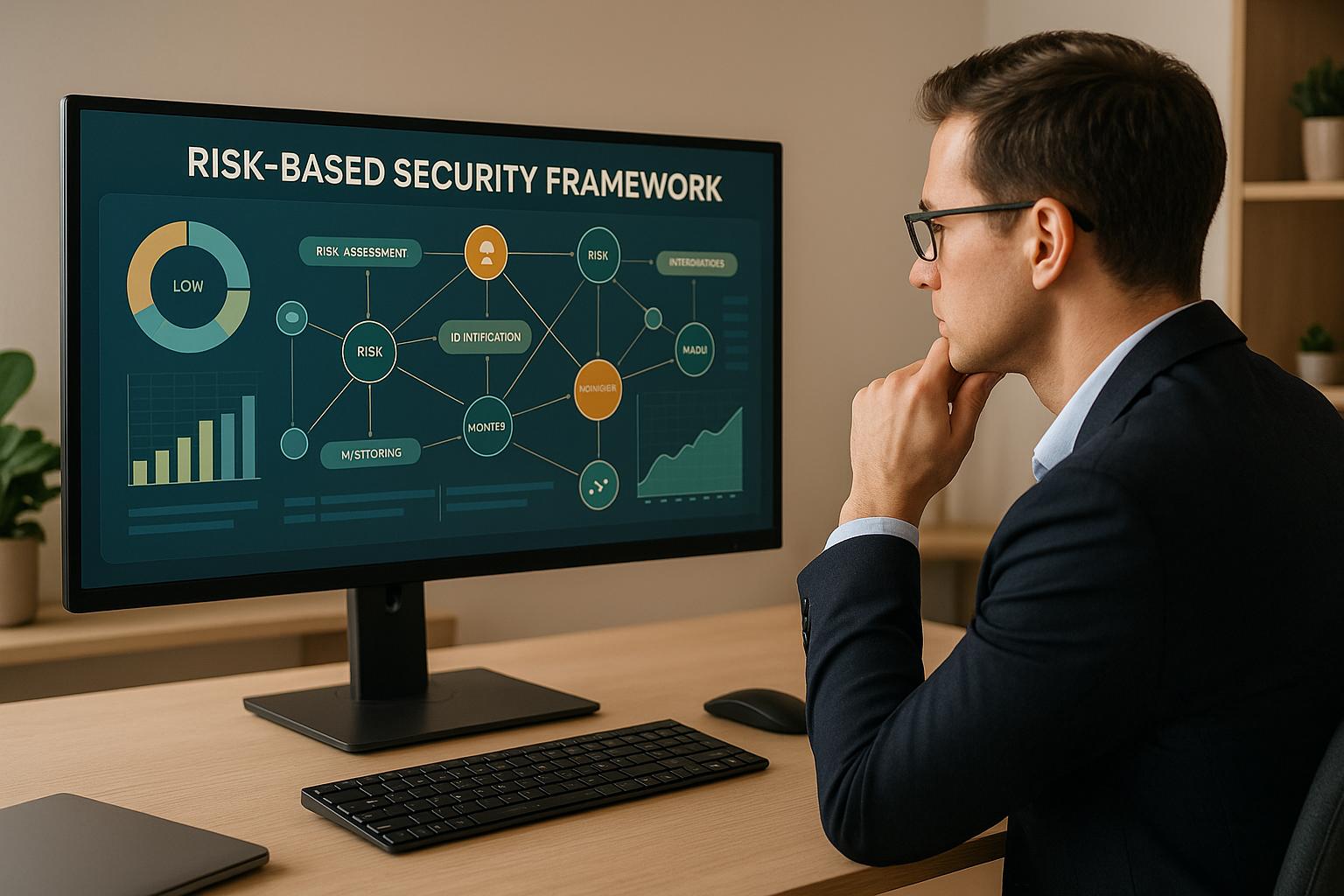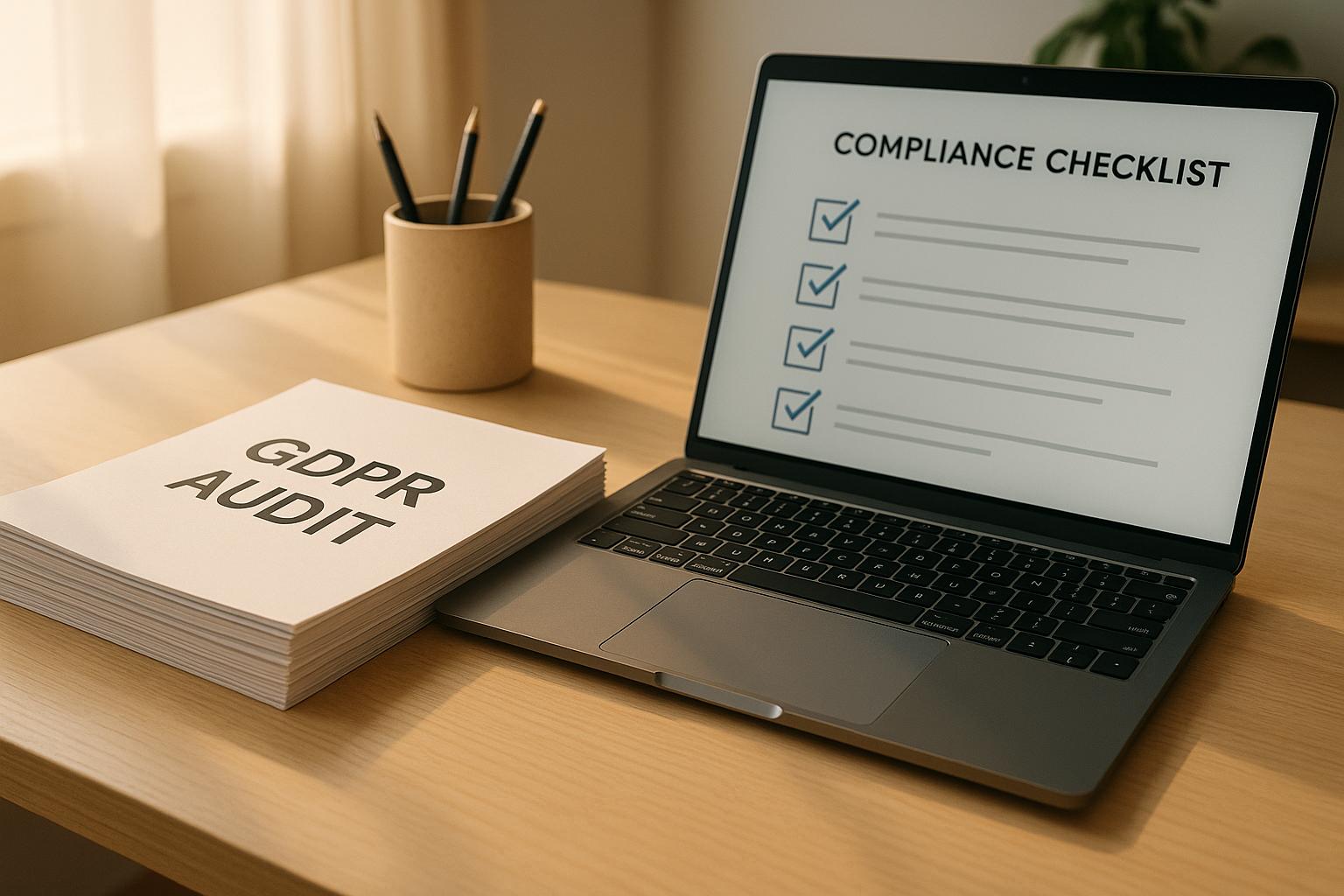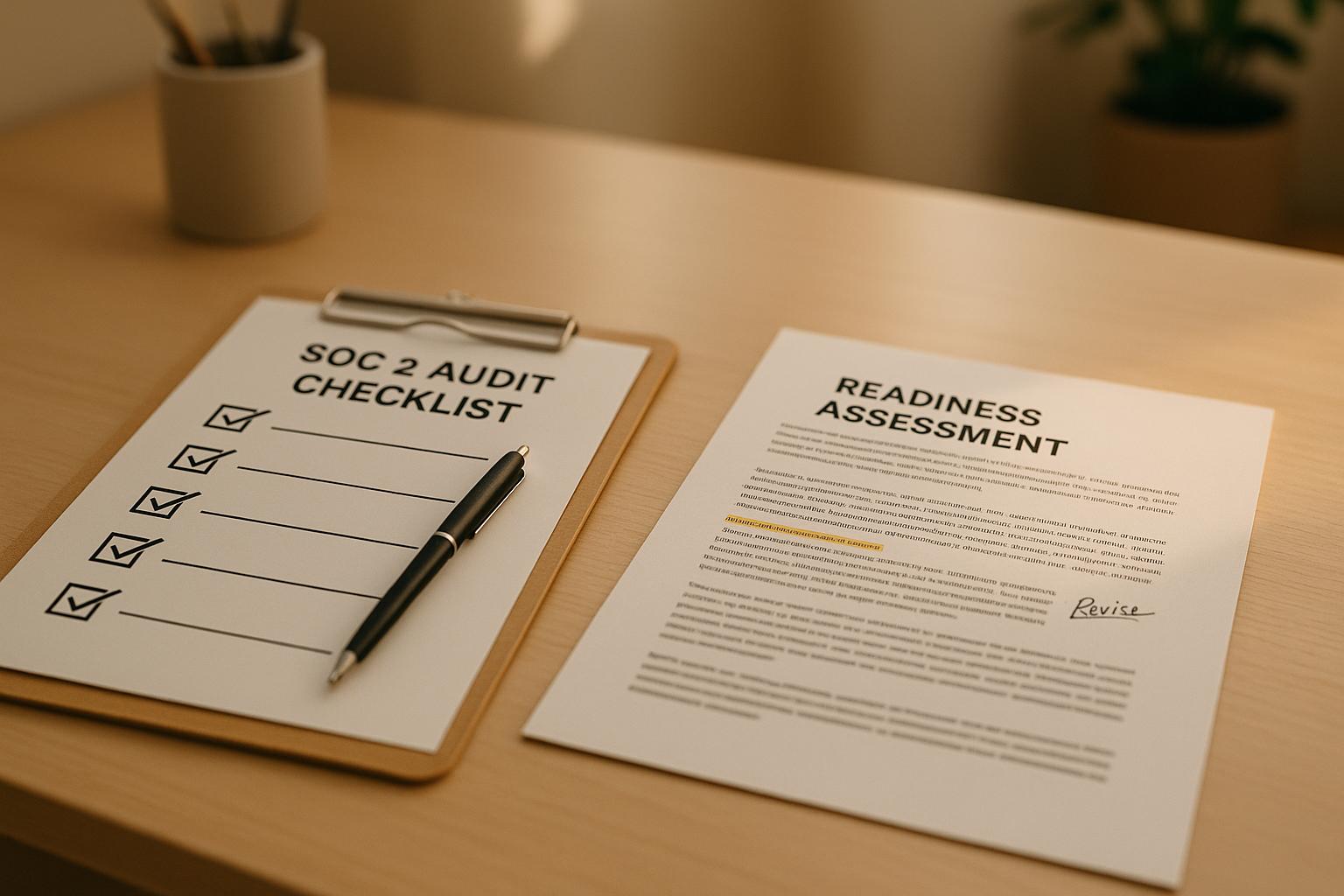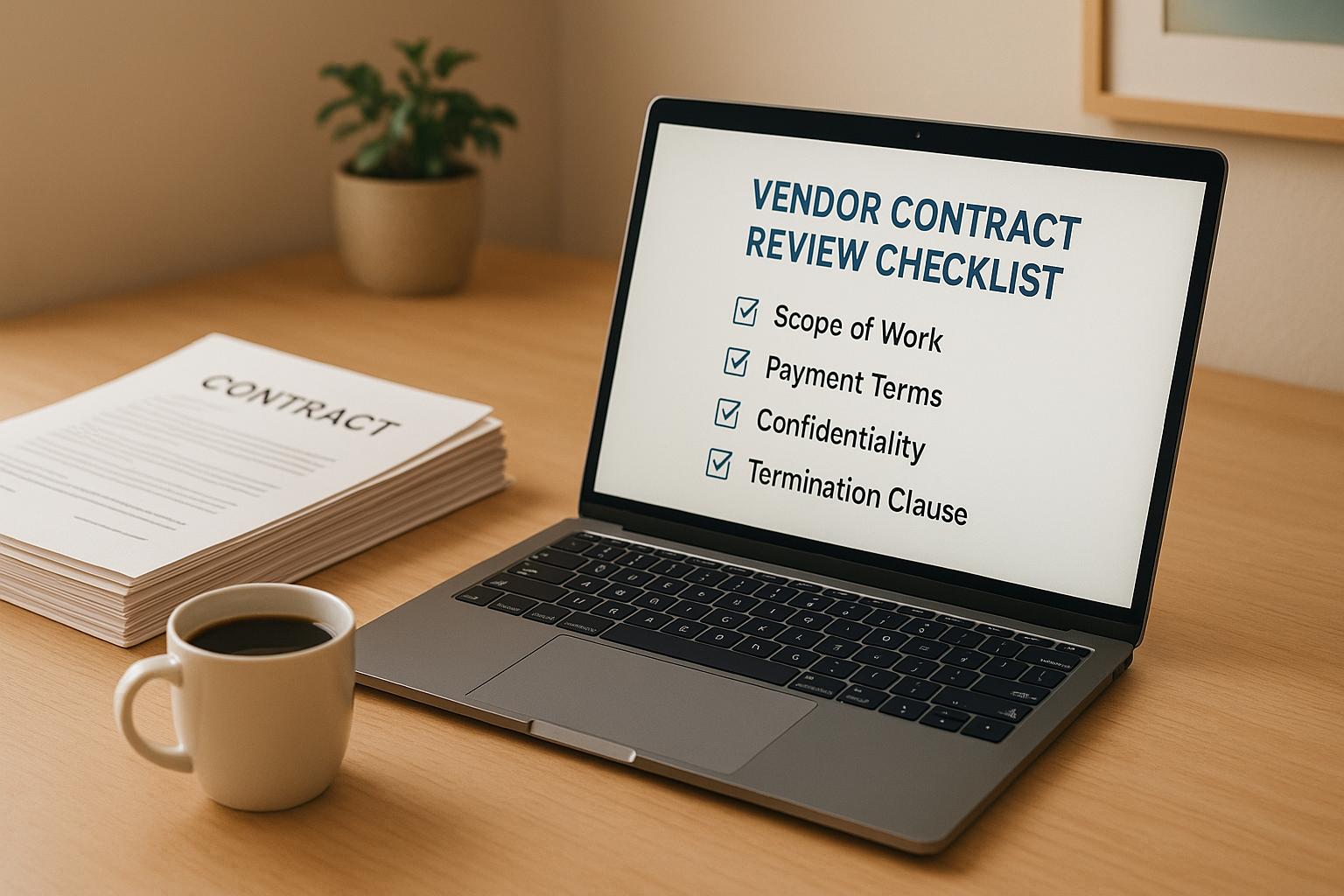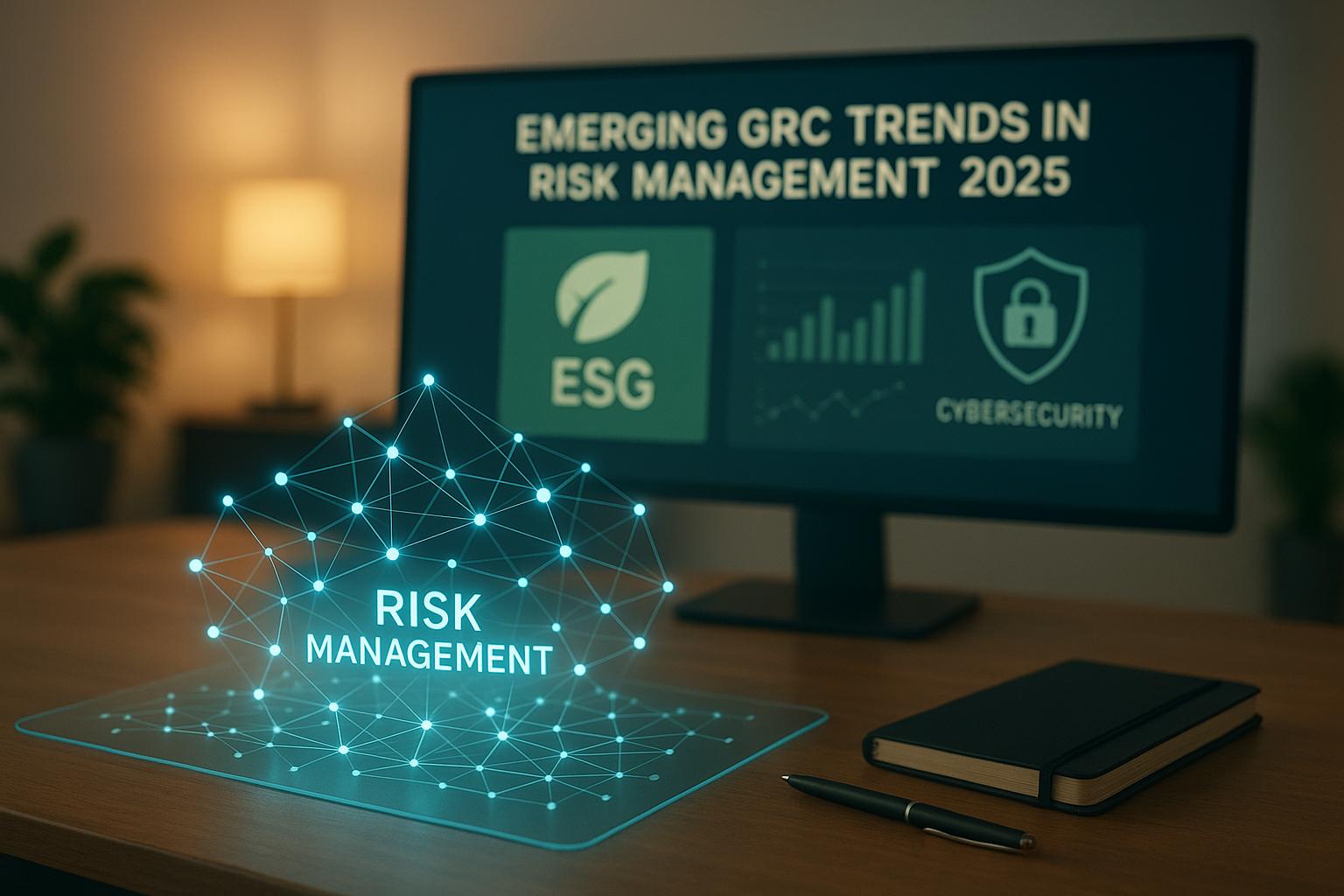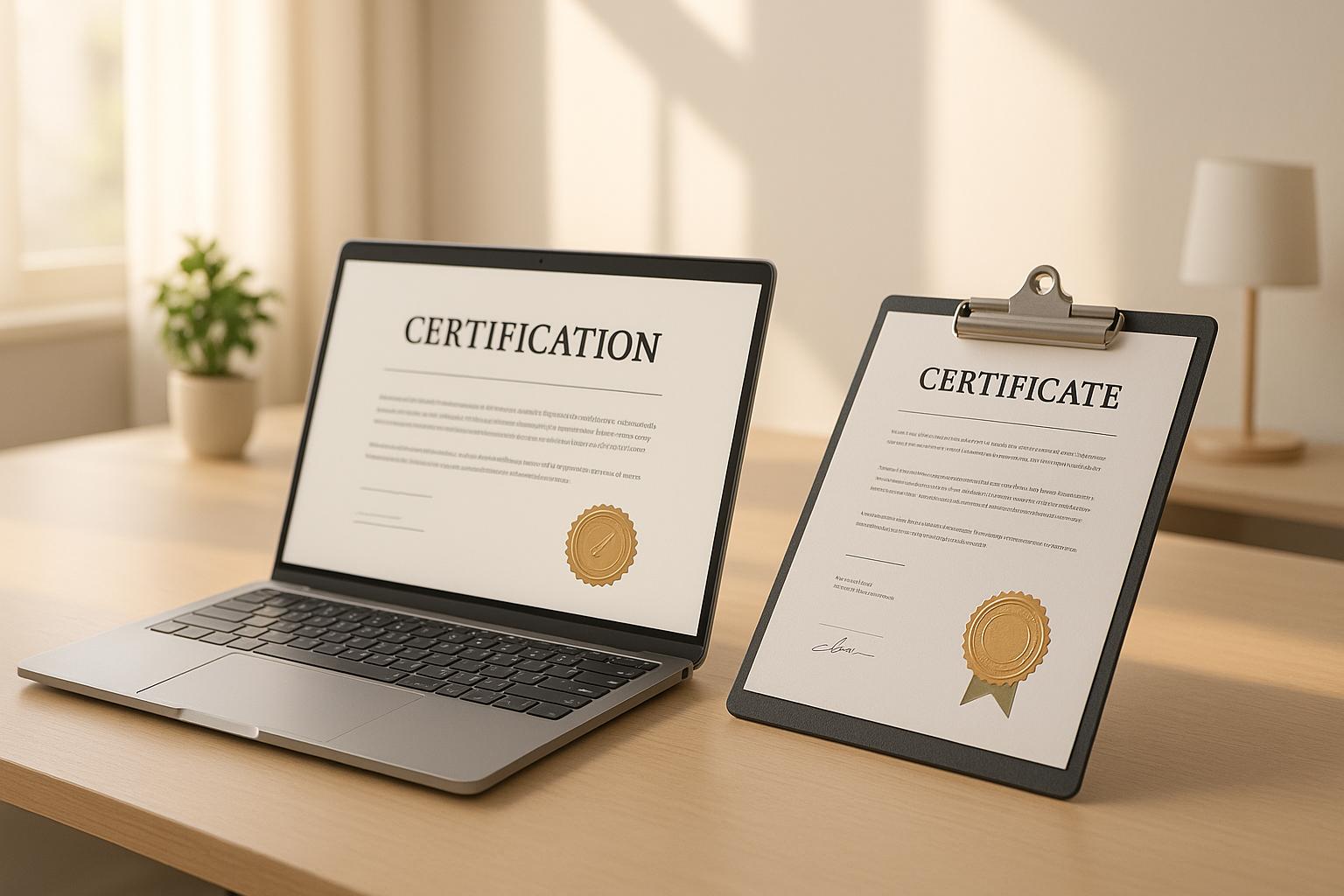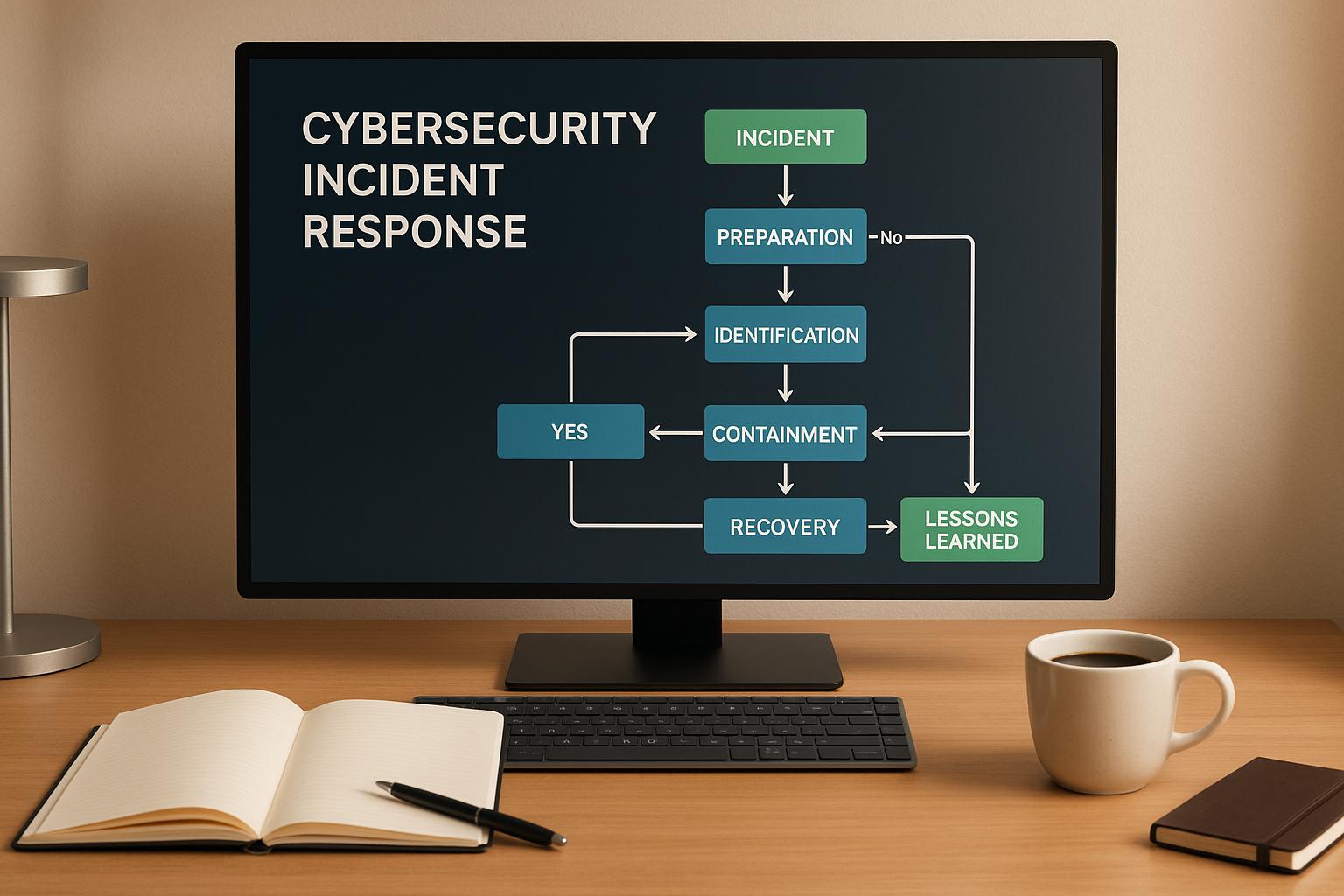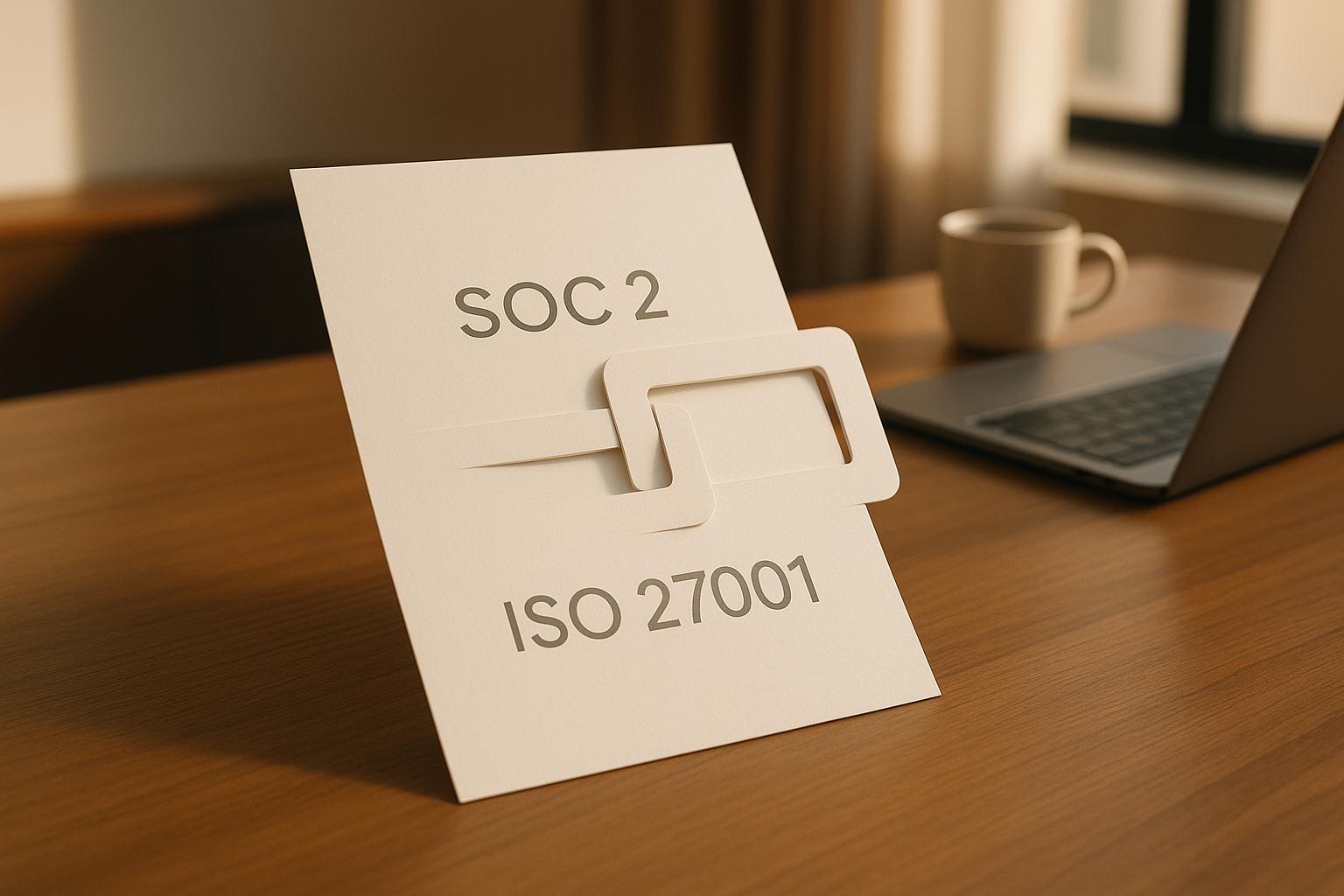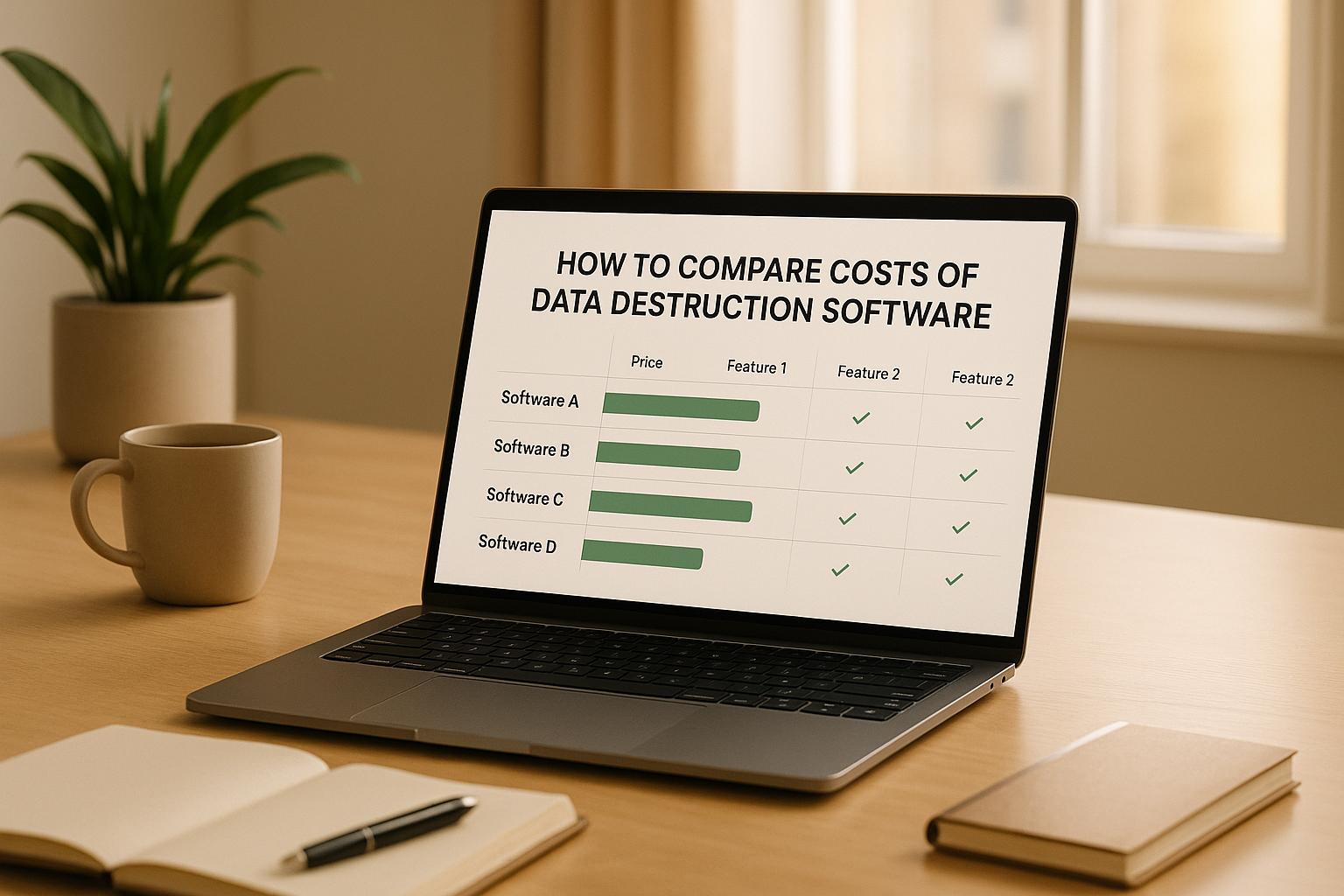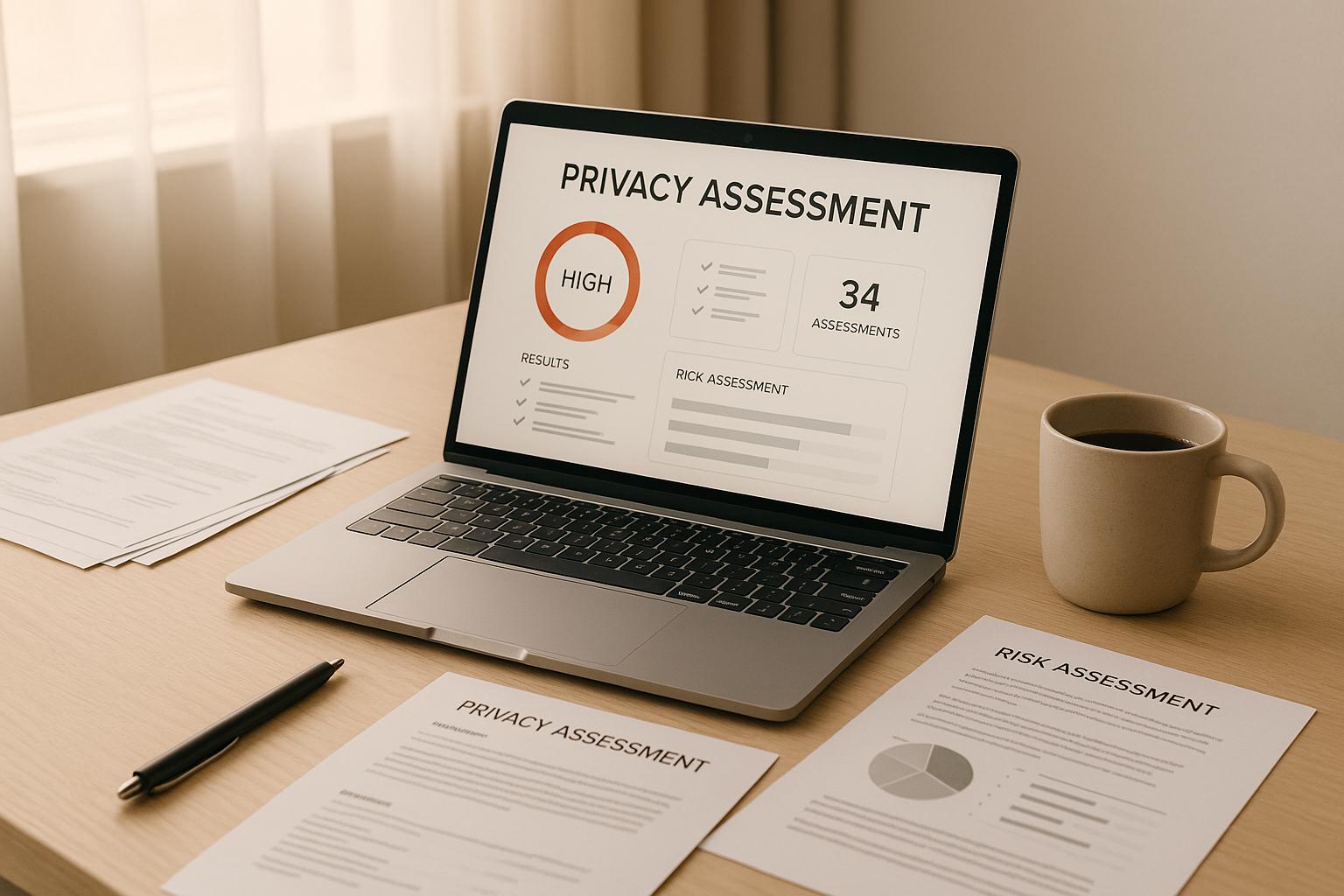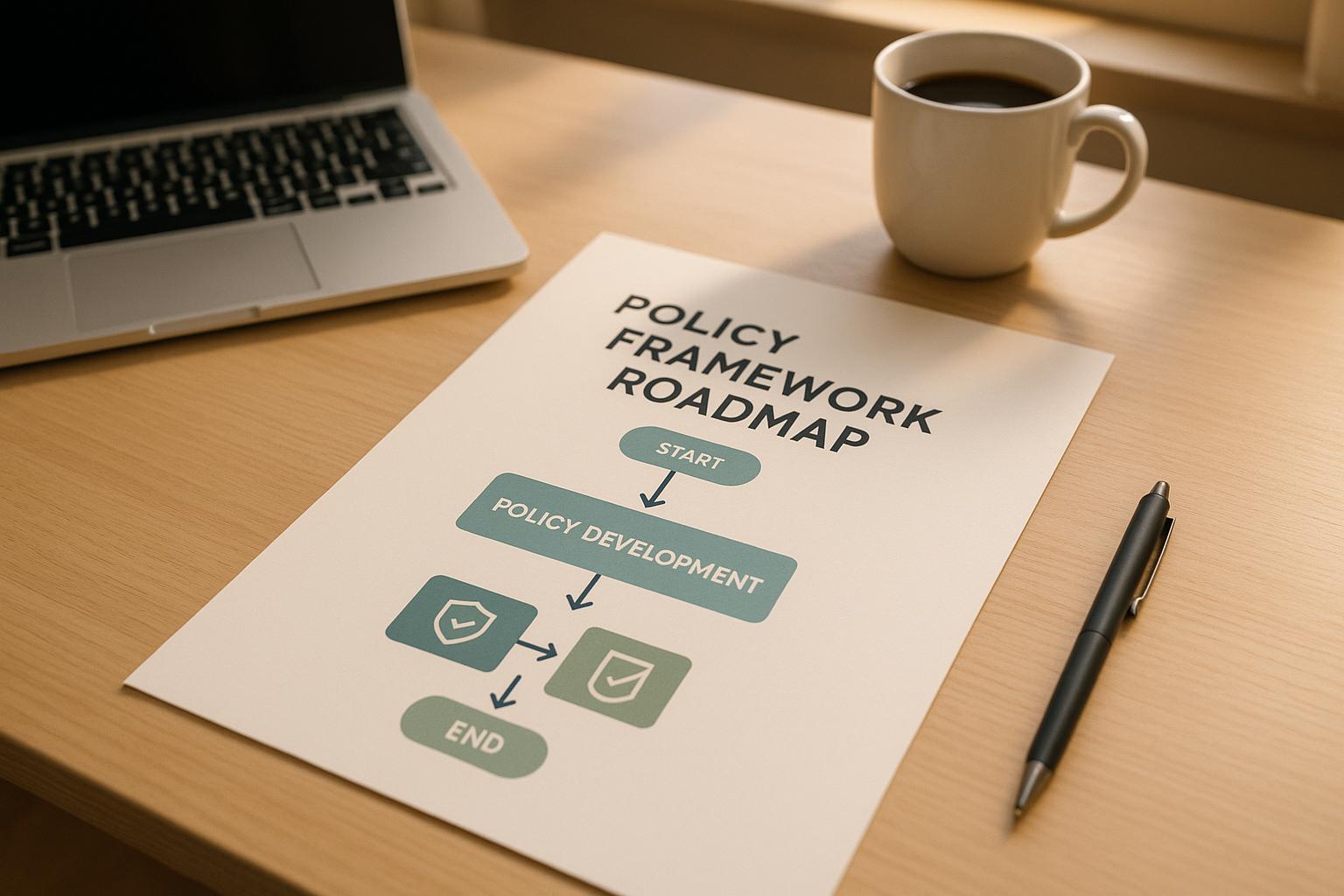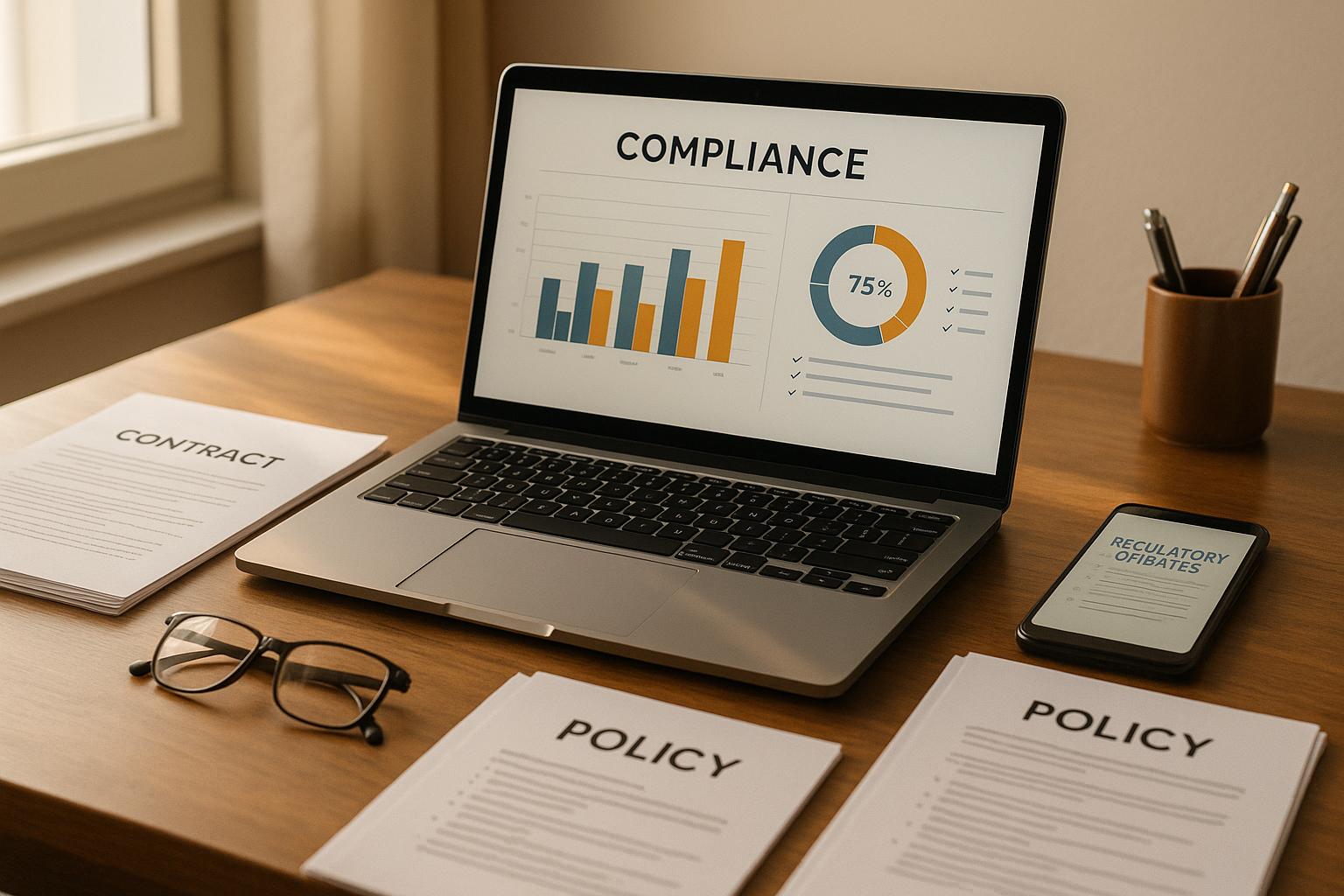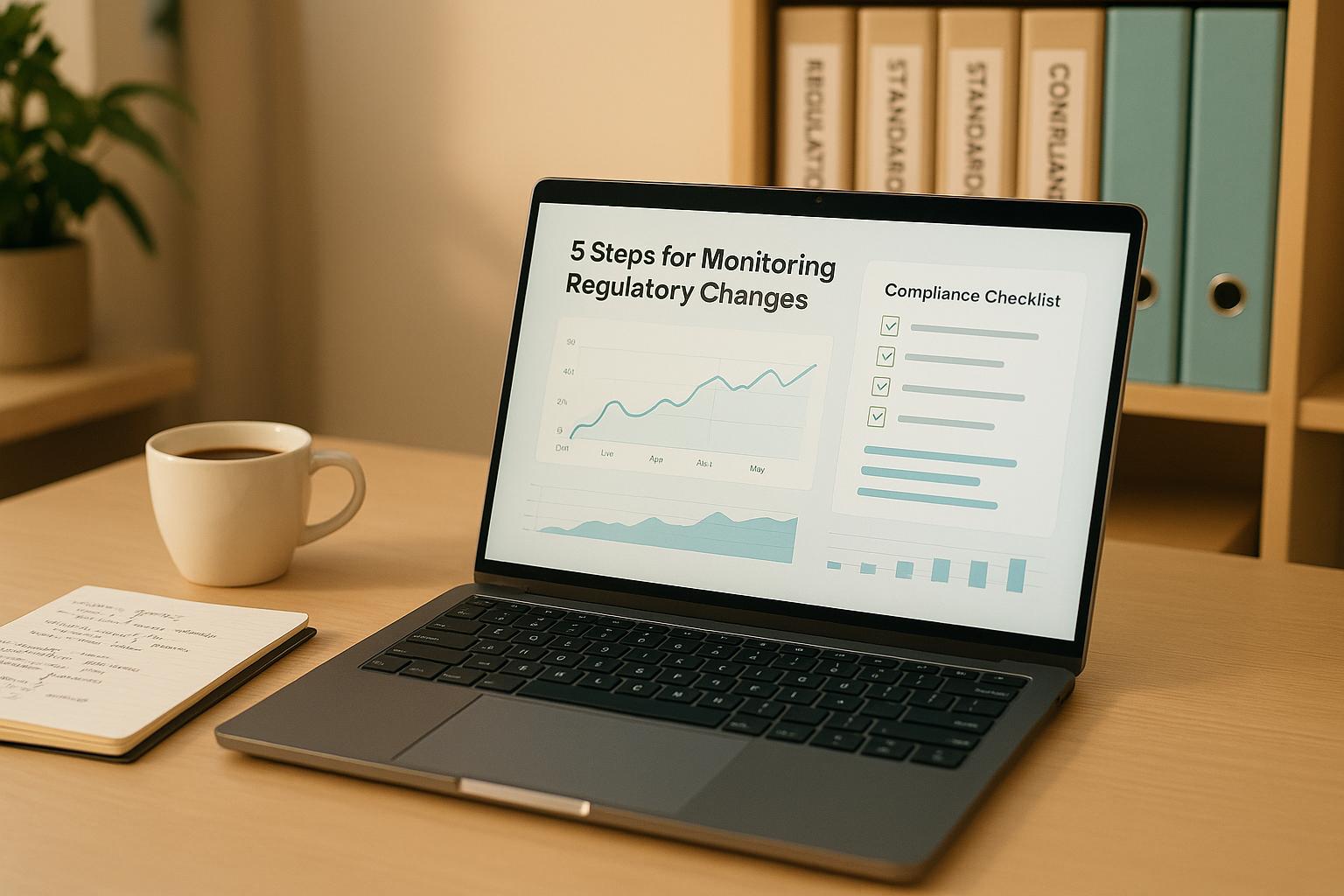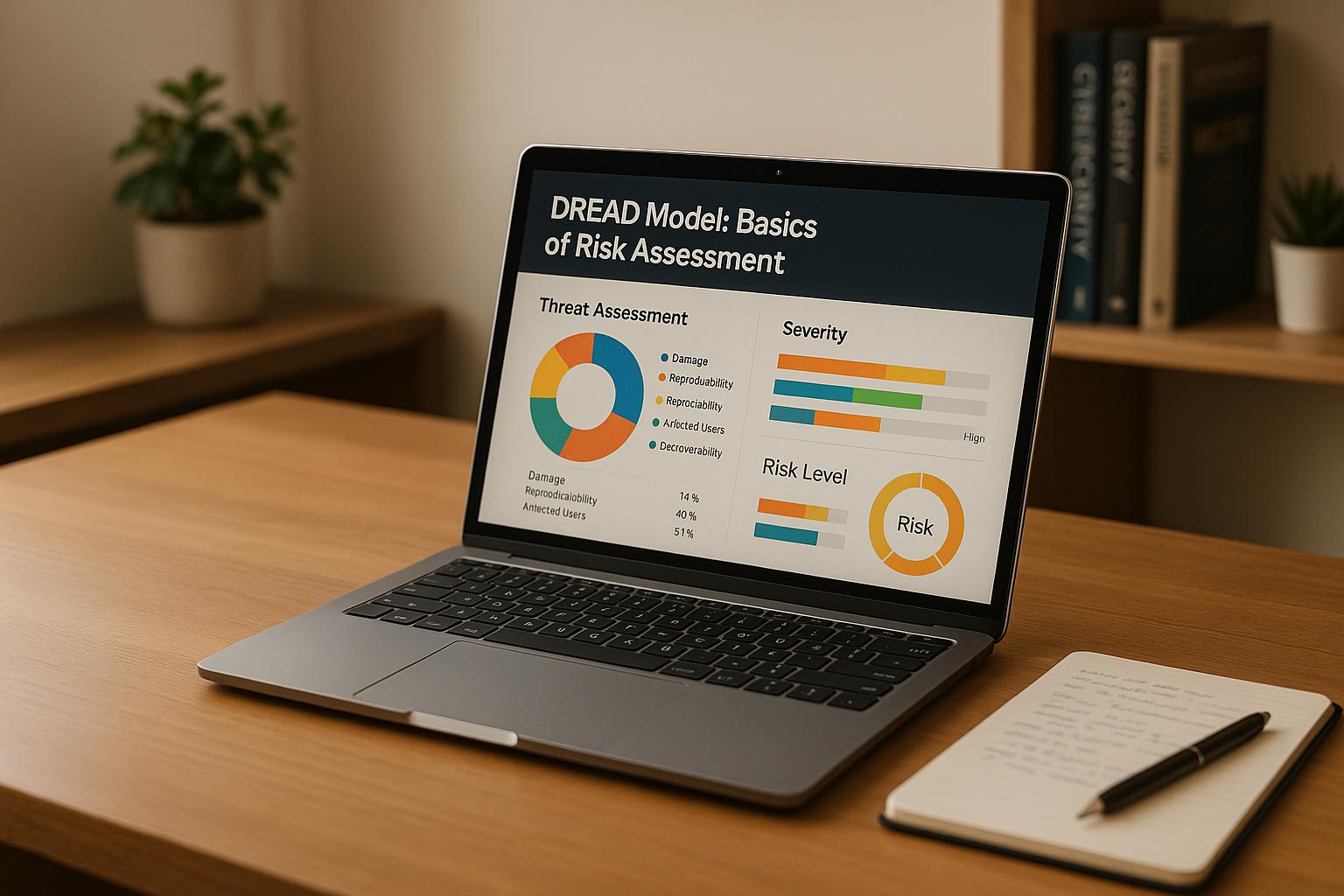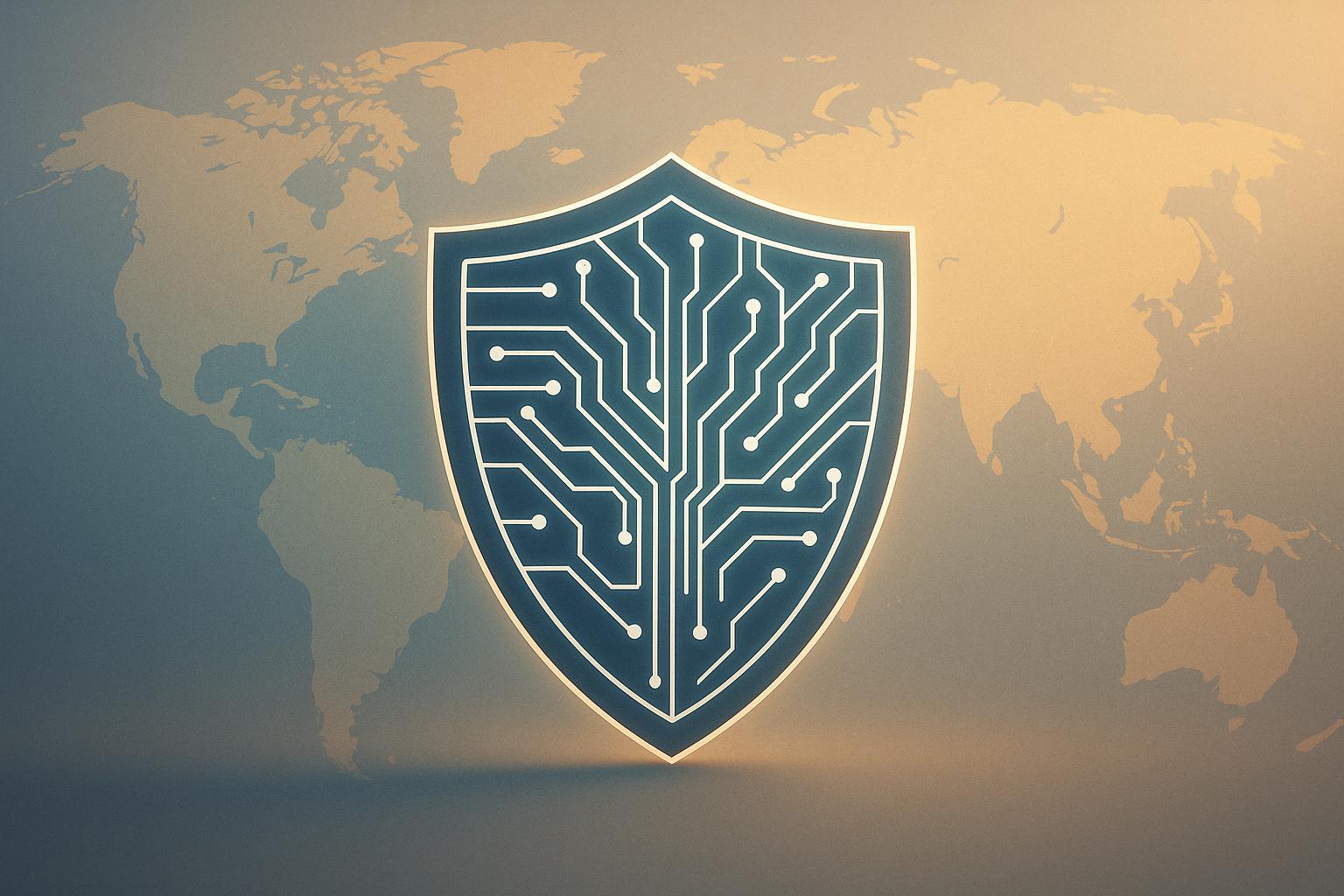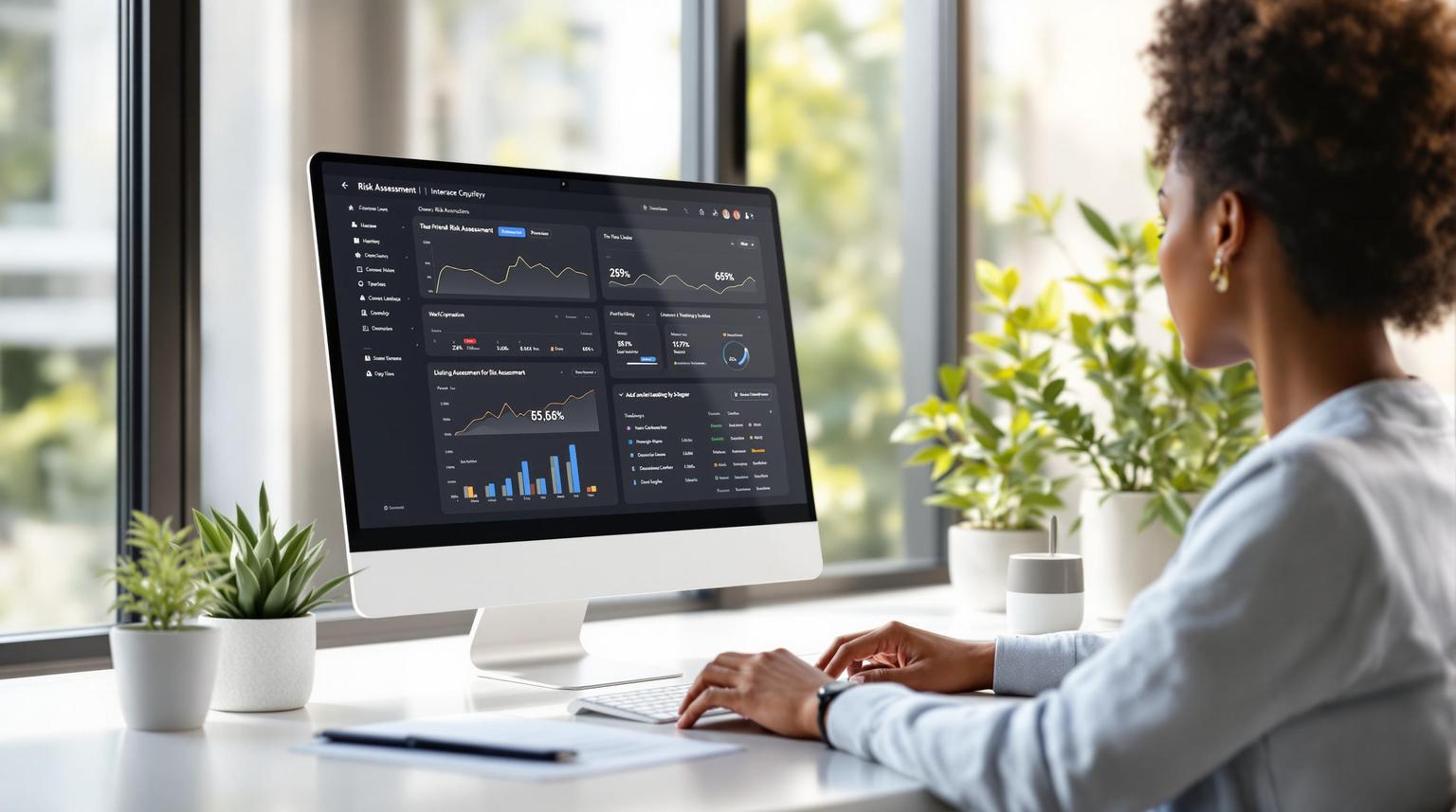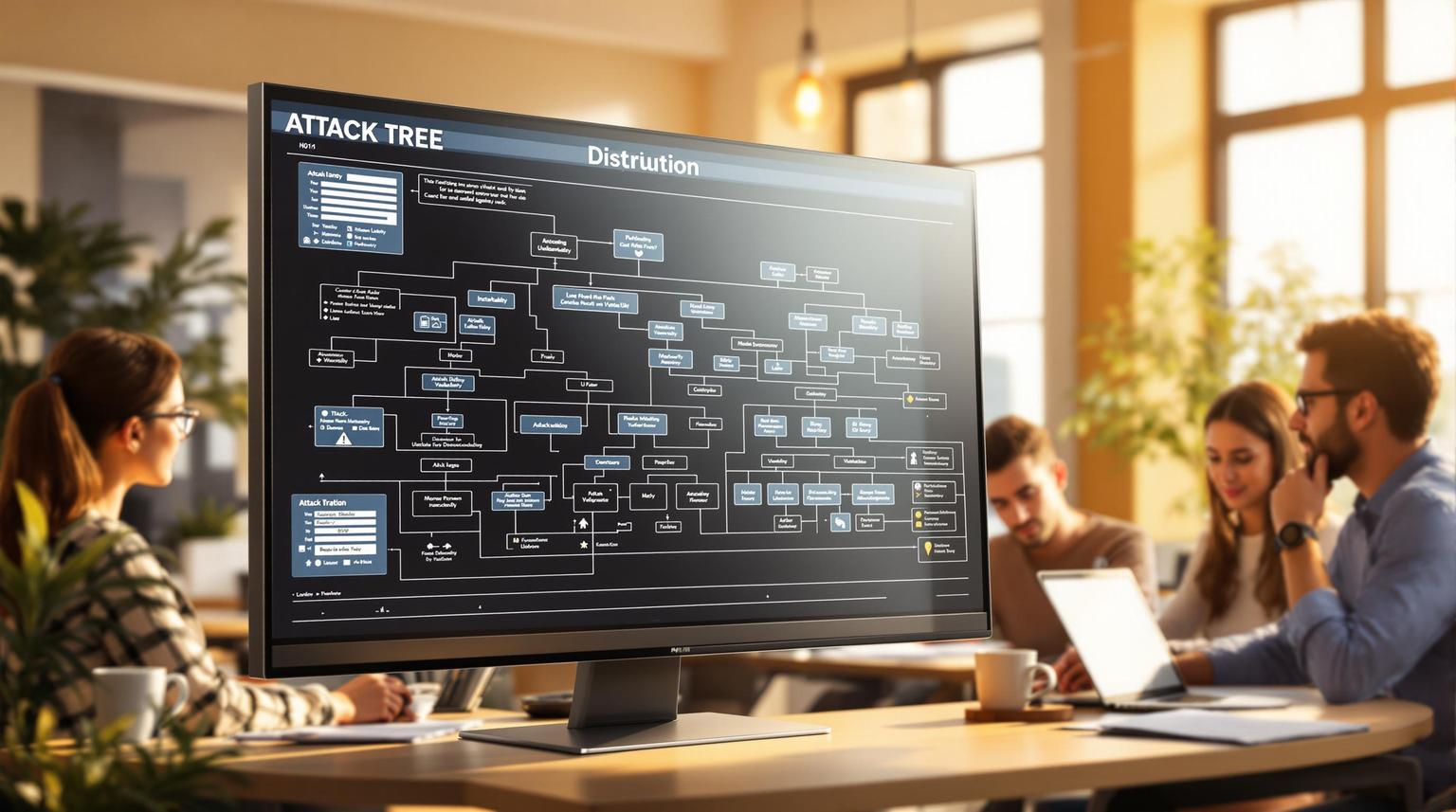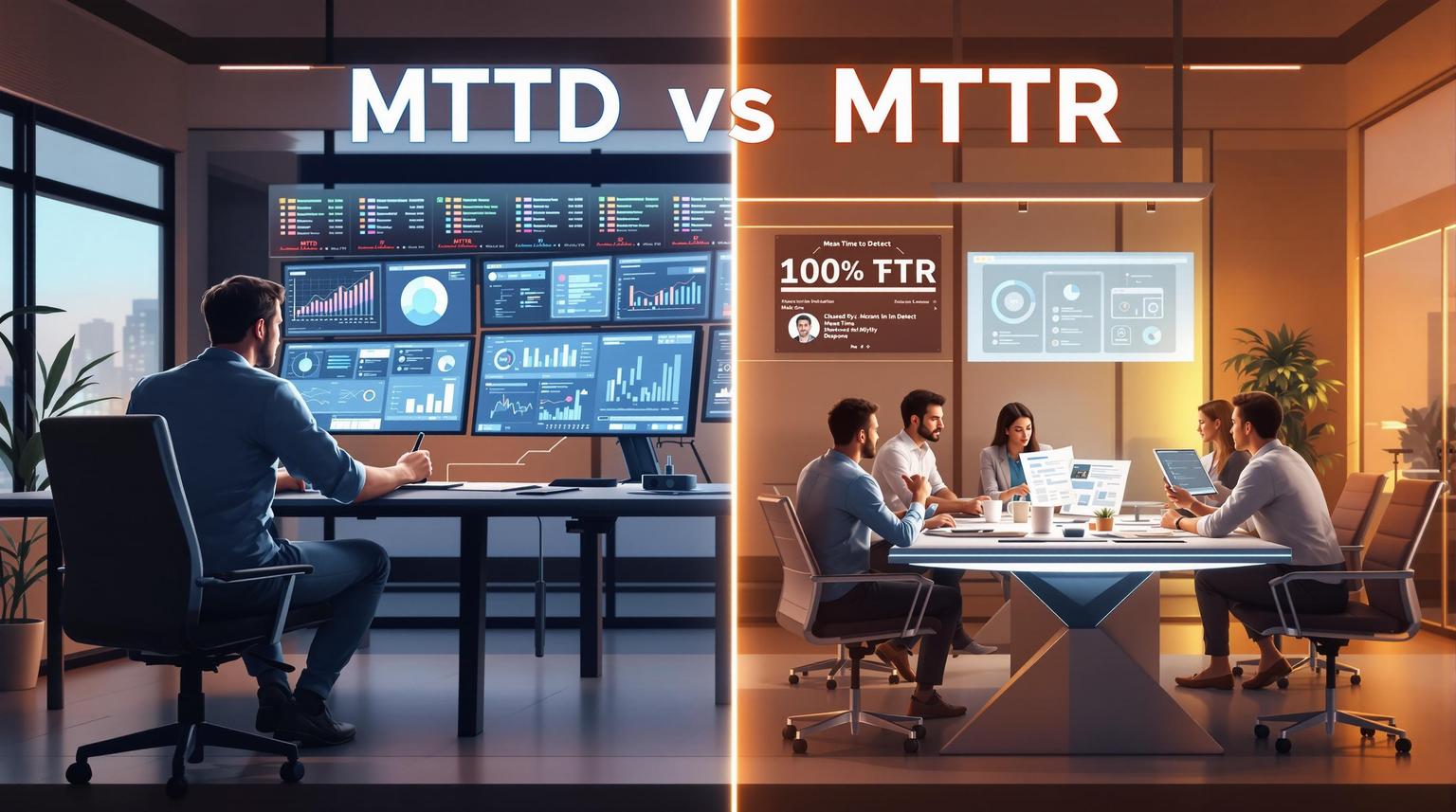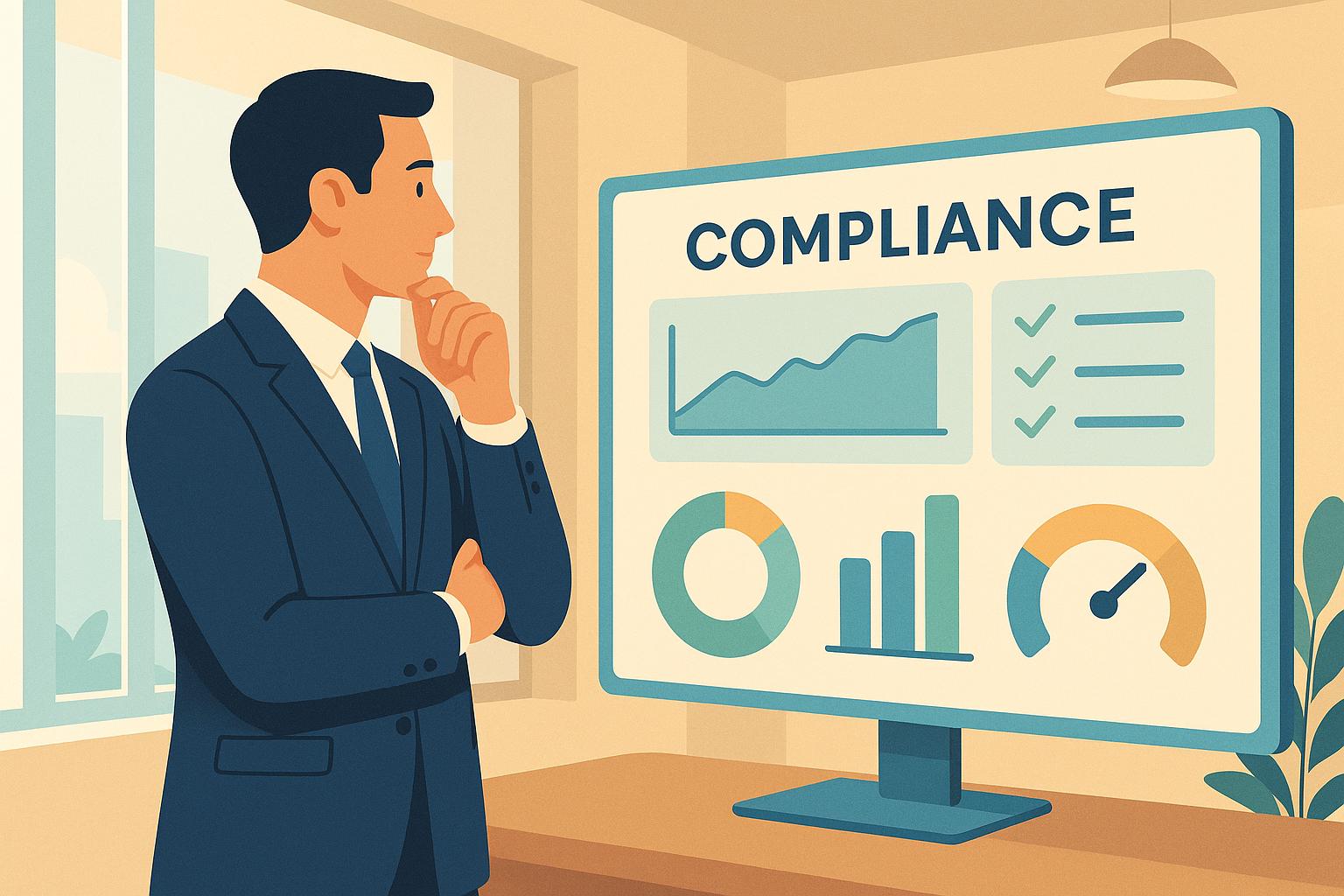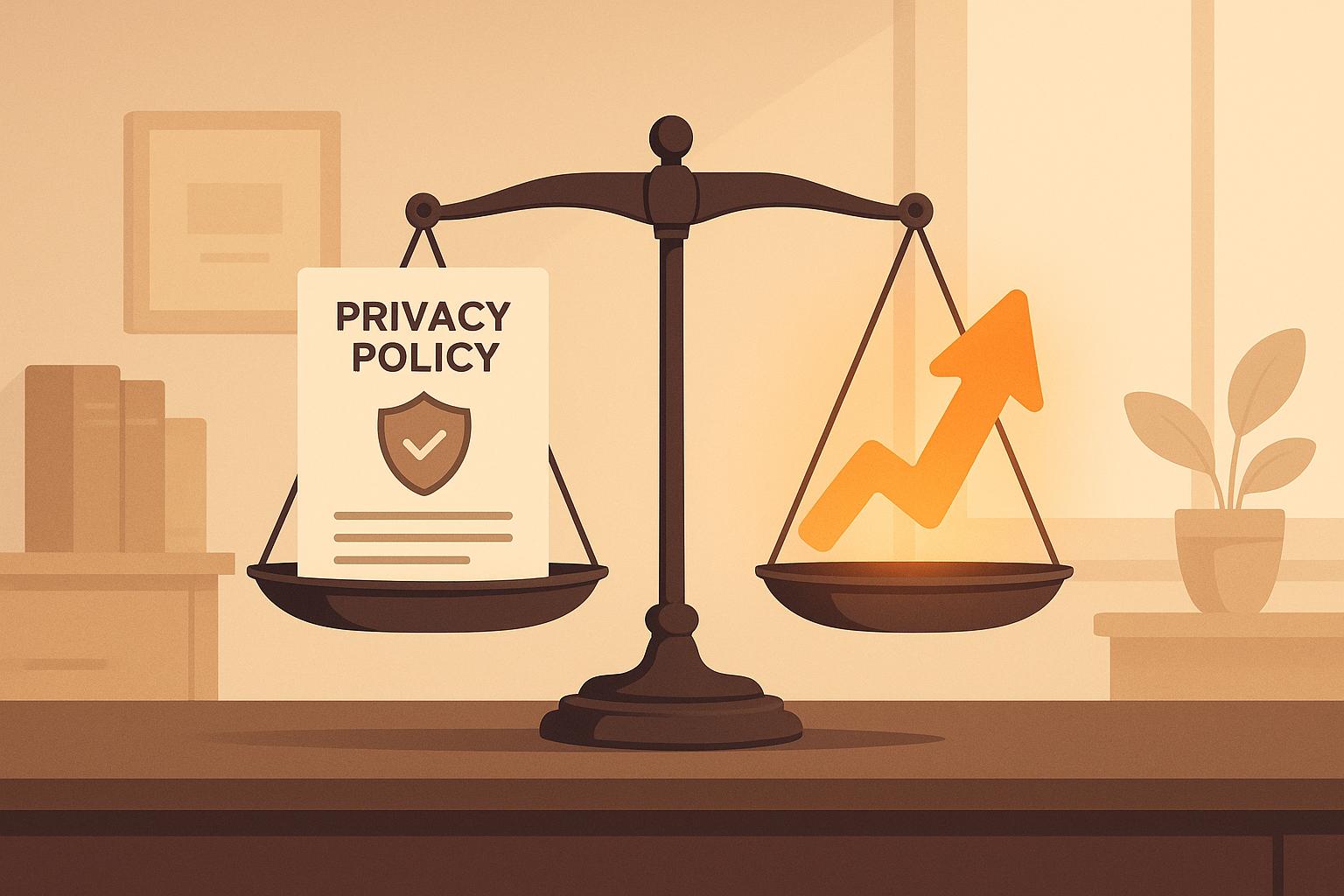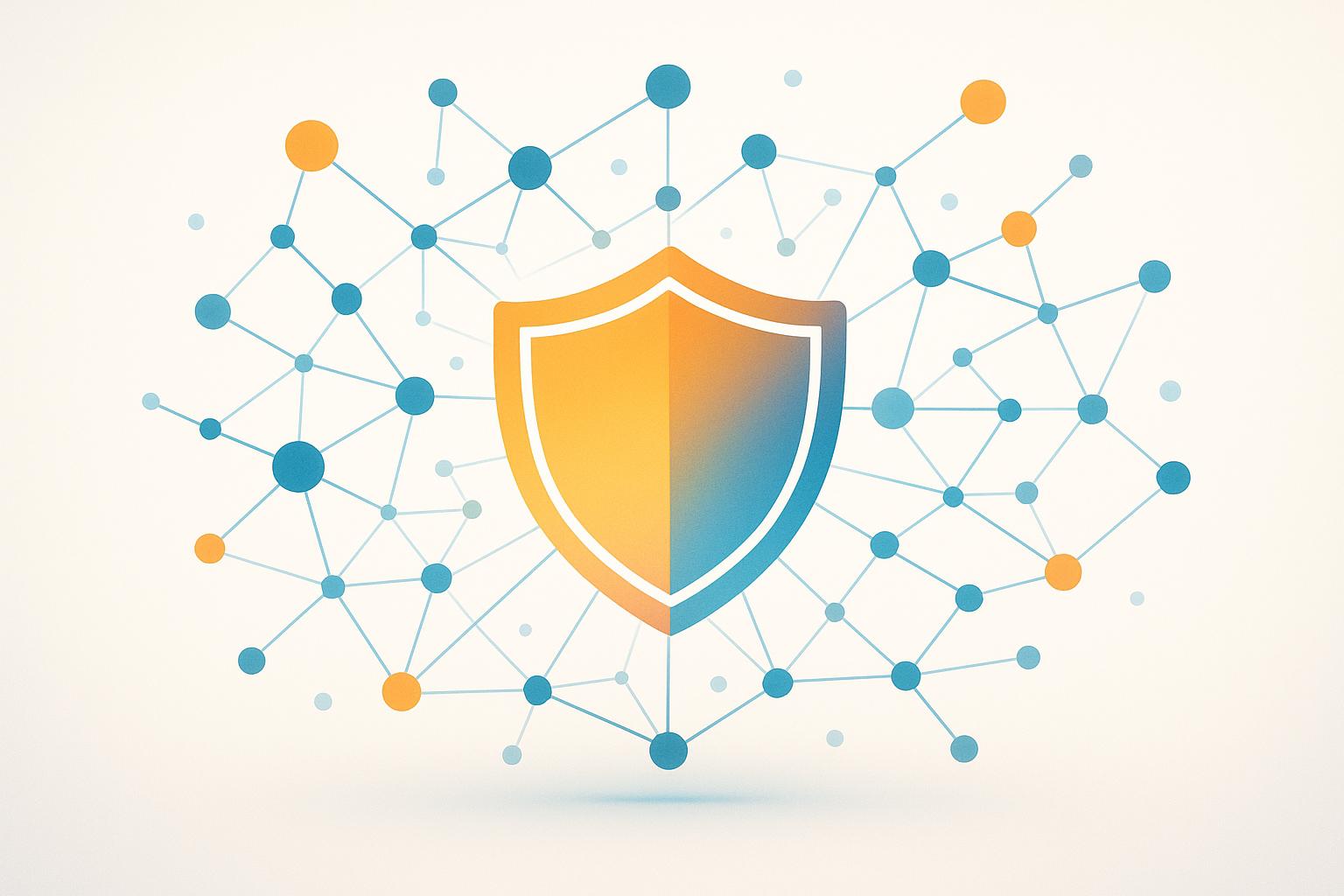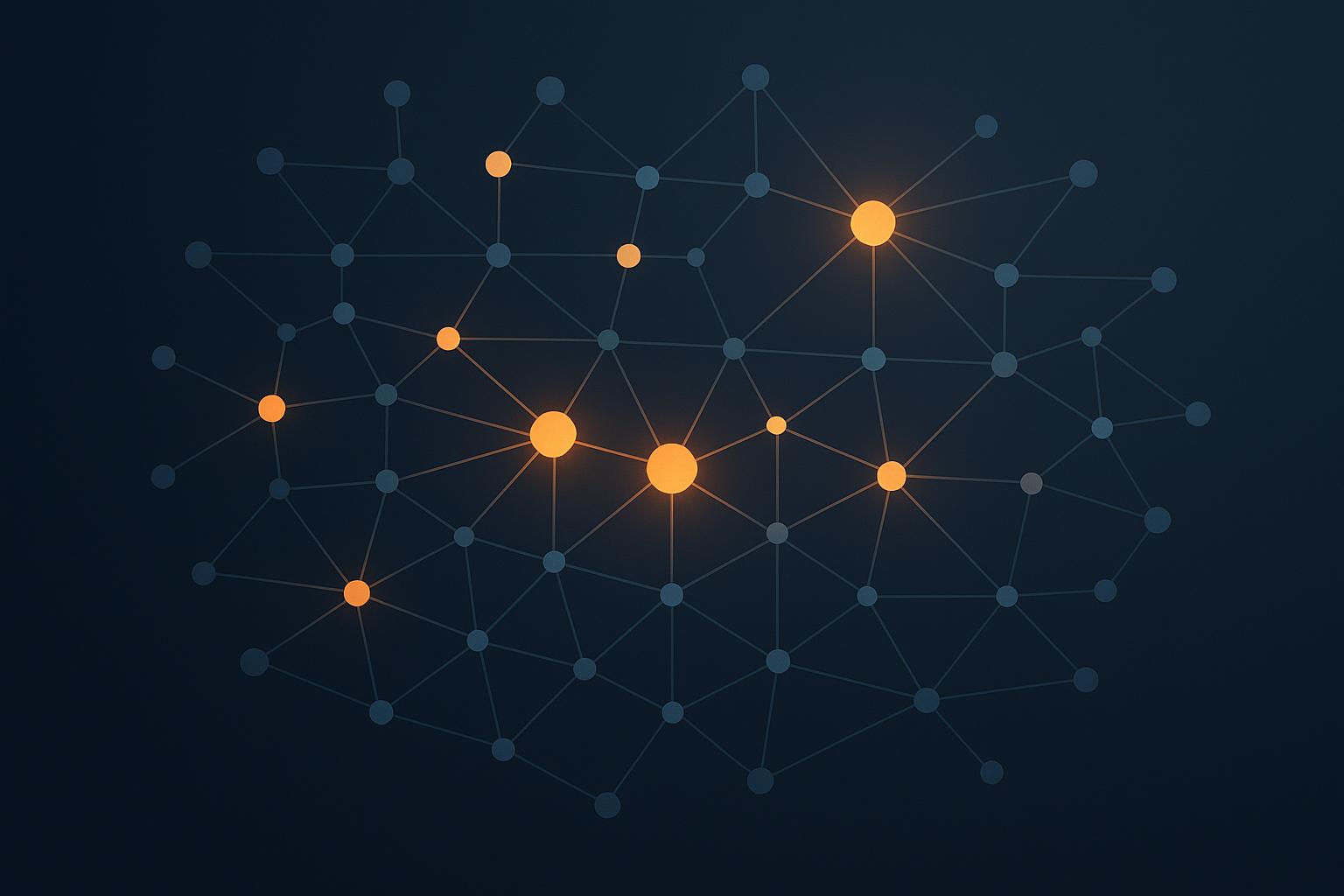
ISO 27001:2022 brings major updates to how organizations manage information security. Released in October 2022, this version reduces controls from 114 to 93, introduces 11 new controls, and reorganizes them into 4 categories: Organizational, People, Physical, and Technological. The changes aim to address modern cybersecurity challenges, like cloud security, threat intelligence, and secure coding.
Key Highlights:
- Deadline for Transition: October 31, 2025.
- New Controls: Include threat intelligence, cloud security, data leakage prevention, and secure coding.
- Simplified Structure: Controls are now grouped into 4 categories for easier implementation.
- Attributes Added: Controls now include attributes like cybersecurity concepts and operational capabilities to enhance clarity.
These updates improve security strategies and compliance management, especially for industries like tech, healthcare, and finance. To transition, organizations must update their risk assessments, policies, and training programs while ensuring third-party compliance.
Next Steps:
- Perform a gap analysis against the new requirements.
- Update the Statement of Applicability (SoA) and related documentation.
- Train teams on new controls and processes.
- Review third-party contracts and compliance.
The 2022 update isn’t just about meeting the deadline - it’s an opportunity to strengthen your security framework and reduce risks in today’s evolving threat landscape.
ISO 27001 2022 - The 11 New Controls!
Key Changes to ISO 27001:2022 Controls
The 2022 update to ISO 27001 brings a refreshed approach to managing information security, streamlining the control framework and addressing modern challenges in the digital world.
New Control Structure: From 14 Domains to 4 Categories
One of the biggest shifts is the reorganization of controls. The previous 14 domains have been consolidated into 4 broader categories: Organizational, People, Physical, and Technological. Here's how the new structure breaks down:
- Organizational controls: 37 measures focused on governance and strategy.
- People controls: 8 measures targeting human resource security.
- Physical controls: 14 measures addressing facility security.
- Technological controls: 34 measures aimed at technical protection.
This simplified structure eliminates unnecessary complexity, making it easier to group related initiatives and ensure clarity during implementation.
Reduction and Consolidation of Controls
The total number of controls has been reduced from 114 to 93. This was achieved by merging 57 controls into 24 groups, renaming 23 for better clarity, and removing 3 altogether. Meanwhile, 35 controls remain unchanged. These adjustments tackle past issues with overlapping requirements and unclear distinctions between controls.
"The changes introduced in the ISO 27001 and the Annex A controls aim to provide guidance on improving the governance around the implemented security controls and addressing risks introduced by emerging security threats." - Protiviti US
To align with these changes, organizations should update their Statement of Applicability (SoA) to reflect the new structure and numbering. It's also critical to review existing documentation, adjust for updated control versions, and reassess risks against the revised Annex A controls. The update also introduces new attributes to help organizations better understand and apply each control.
New Control Attributes
ISO 27001:2022 now includes five new attributes, designed to provide a clearer view of each control's purpose and how it should be used. These attributes are:
- Cybersecurity concepts: Align controls with broader cybersecurity frameworks.
- Information security properties: Highlight how each control protects confidentiality, integrity, and availability.
- Operational capabilities: Define the organizational functions supported by each control.
- Security domains: Place controls within the overall security architecture.
- Control types: Classify controls as preventive, detective, or corrective.
These attributes allow for a more tailored approach to control implementation, helping organizations align with their specific risk profiles and business needs. They also make it easier to integrate ISO 27001 with other security frameworks, simplifying compliance efforts across multiple standards.
Most Important New and Updated Controls
The updated ISO 27001:2022 framework introduces new controls designed to address emerging cybersecurity threats. These additions go beyond traditional security measures, tackling issues like cloud vulnerabilities, advanced data breach tactics, and the complexities of modern IT environments. The 11 new controls reflect the growing need for robust strategies in a rapidly evolving digital landscape.
The 11 New Controls and Their Purpose
The new controls span all four categories of the revised framework, with a strong focus on technological measures. For instance, Threat Intelligence (A 5.7) emphasizes proactive threat analysis, requiring organizations to gather and analyze data on potential security risks.
Information Security for Use of Cloud Services (A 5.23) addresses the shared responsibility of cloud security by mandating clear policies for secure cloud adoption and management. Meanwhile, ICT Readiness for Business Continuity (A 5.30) takes disaster recovery a step further, pushing organizations to create ICT continuity strategies based on detailed business impact analyses to ensure critical operations remain functional during disruptions.
Among the technological controls, Data Masking (A 8.11) and Data Leakage Prevention (A 8.12) stand out as key measures for protecting sensitive information through pseudonymization and anonymization. These are especially crucial given that the average cost of a data breach is now $4.45 million. Configuration Management (A 8.9) tackles one of the top three causes of unauthorized access - misconfigurations - by requiring managed configuration processes.
Other technological controls include Monitoring Activities (A 8.16), which focuses on detecting unusual network behavior, and Web Filtering (A 8.23), which helps block access to known malicious domains. Additionally, Secure Coding (A 8.28) ensures application security by requiring adherence to secure coding practices during software development or modification.
| Control Category | Control ID | Control Name | Primary Focus |
|---|---|---|---|
| Organizational | A 5.7 | Threat Intelligence | Proactive threat preparation |
| Organizational | A 5.23 | Information Security for Cloud Services | Cloud security governance |
| Organizational | A 5.30 | ICT Readiness for Business Continuity | Business function continuity |
| Physical | A 7.4 | Physical Security Monitoring | Premises surveillance |
| Technological | A 8.9 | Configuration Management | Infrastructure security |
| Technological | A 8.10 | Information Deletion | Secure data disposal |
| Technological | A 8.11 | Data Masking | Data protection techniques |
| Technological | A 8.12 | Data Leakage Prevention | Information loss prevention |
| Technological | A 8.16 | Monitoring Activities | Network behavior analysis |
| Technological | A 8.23 | Web Filtering | Malicious site blocking |
| Technological | A 8.28 | Secure Coding | Application security |
These new controls are designed to address today’s cybersecurity risks while supporting improved compliance strategies.
Major Updates to Existing Controls
The ISO 27001:2022 update isn’t just about adding new controls - it also refines existing ones to eliminate redundancies and better manage third-party risks. One major improvement is the consolidation of 24 legacy controls into single, more comprehensive requirements. For example, legacy authentication controls (9.2.4, 9.3.1, 9.4.3) have been merged into Control 5.17, which now covers all aspects of password security in one unified framework.
These updates are particularly beneficial for managing third-party relationships. A 2021 survey found that 60% of organizations experienced data breaches due to third-party vendors. The enhanced organizational and technological controls in ISO 27001:2022 strengthen supplier relationship requirements and improve supply chain security.
For organizations transitioning to the updated standard, Annex B provides a mapping of ISO/IEC 27002:2022 controls to the 2013 version. This backward compatibility helps organizations understand how their existing implementations align with the new framework and highlights areas that may need additional attention. These refinements aim to streamline compliance efforts and enhance third-party oversight strategies.
sbb-itb-ec1727d
Practical Effects on Compliance Strategies
The move to ISO 27001:2022 marks a significant shift in how organizations handle risk management and compliance. Unlike the older, more reactive version, the updated standard pushes for a proactive approach to tackle today's cybersecurity challenges head-on. This change is not just theoretical - organizations have reported a 30% drop in security incidents after gaining ISO 27001 certification, proving the tangible benefits of adopting a robust risk management framework.
This transition isn't just about tweaking a few processes. It demands a complete overhaul of how risks are identified, assessed, and managed. With a stronger focus on threat intelligence, vulnerability management, and continuous monitoring, compliance strategies must evolve into dynamic, ongoing efforts rather than one-time checklist exercises. This evolution impacts not only internal operations but also the broader compliance framework.
Updating Policies and Procedures
One of the first hurdles organizations face is performing a gap analysis to pinpoint where their current Information Security Management Systems (ISMS) fall short of the new requirements.
Risk assessment processes require a major upgrade. The new standard emphasizes integrating real-time threat detection and automated responses into incident management plans. Policies, procedures, and risk assessments all need to be updated to align with the 93 new controls introduced by the standard.
"Many organizations have found this transition to be an eye-opener, revealing gaps they were not aware of and offering a valuable chance to strengthen security. Our advice to organizations is to approach this transition as an opportunity to not only update processes but to genuinely enhance their cybersecurity posture in line with evolving risks." - Shirish Bapat, Technical Product Manager at LRQA
The Statement of Applicability (SoA) must also be revised to reflect the new controls, and risk treatment plans need adjustments to address newly identified risks. Additionally, organizations are required to create a transition plan - an essential ISMS document that auditors will specifically look for during assessments.
Employee involvement is critical. Teams must be trained on the new processes and controls, especially given the increased focus on threat intelligence and configuration management. Leadership also plays a crucial role by ensuring resources are allocated and fostering a culture that prioritizes security.
Managing Third-Party Compliance and Oversight
The updated ISO 27001:2022 standard places a spotlight on third-party risk management, an area often considered a weak link in cybersecurity. Enhanced vendor controls now require organizations to evaluate whether current suppliers meet the updated security requirements and, if necessary, adjust contractual terms.
Organizations must clearly outline security expectations in vendor contracts and service level agreements (SLAs). These should include regular security audits and a shift from annual reviews to continuous monitoring. Collaborative incident response plans are also critical, enabling vendors to quickly address and report any security breaches.
For industries dealing with sensitive or personal data, the stakes are even higher. The new controls demand clear escalation procedures for addressing security lapses, which could include terminating vendor relationships if necessary. Additionally, extended training programs for vendor personnel ensure a better understanding of security protocols.
As internal policies are updated and vendor oversight becomes stricter, many organizations find that expert guidance is essential to navigate these changes effectively.
How Cycore Supports the Transition
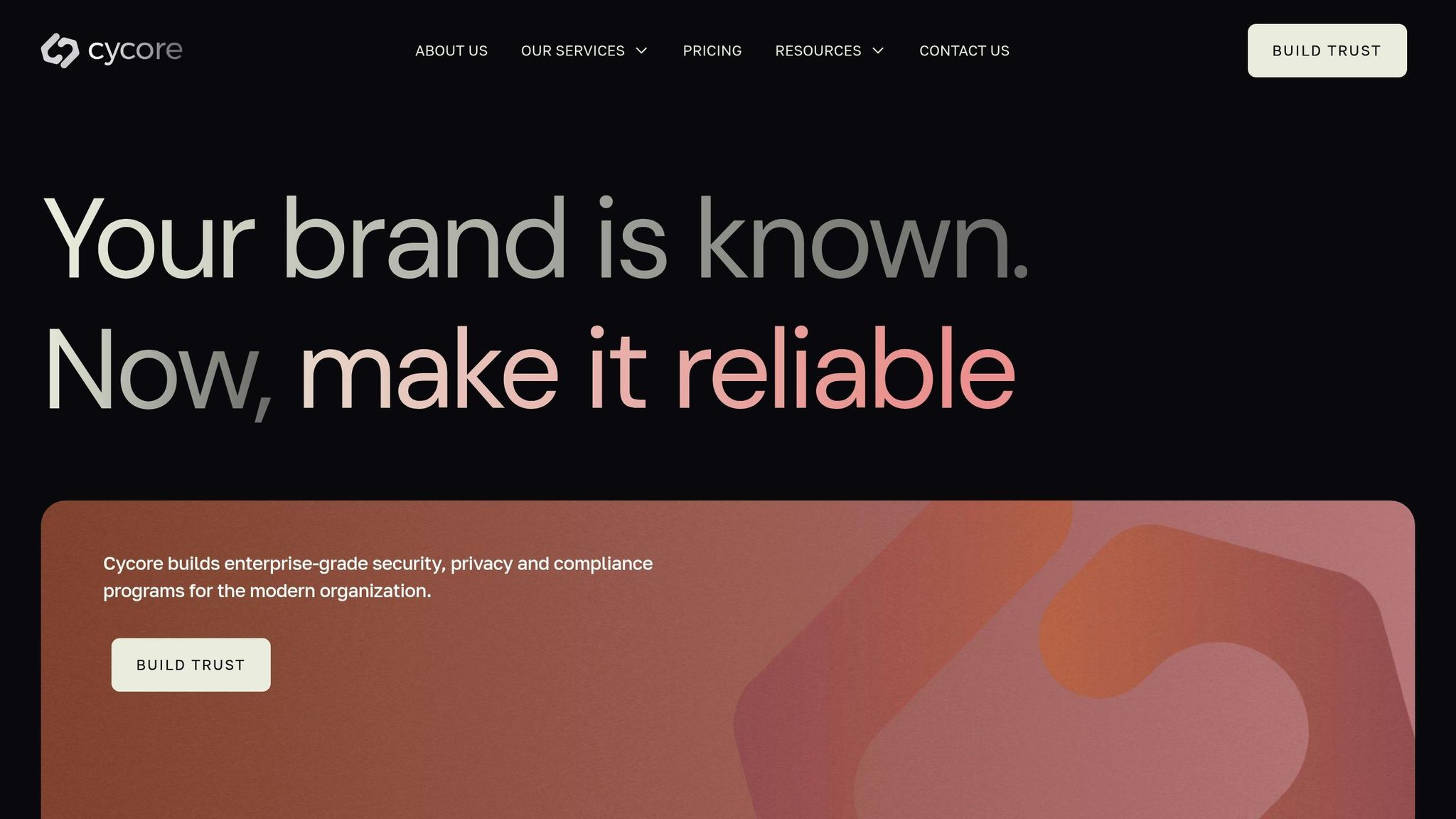
Navigating the complexities of ISO 27001:2022 requires specialized expertise, and that's exactly what Cycore delivers.
Through its vCISO services, Cycore provides leadership to guide the transition. This includes conducting in-depth gap analyses, updating risk assessments, and ensuring all documentation meets the new requirements. For organizations juggling multiple compliance frameworks, Cycore's Mid-Market and Enterprise plans streamline efforts by offering vCISO support across different standards.
Cycore also excels in GRC Tool Administration, configuring platforms like Drata, Vanta, Secureframe, and Thoropass to track the 93 new controls. This technical expertise helps organizations avoid common pitfalls and speeds up the transition process.
With the October 31, 2025 transition deadline looming, Cycore’s audit support services become invaluable. Their experience with the new standard ensures organizations are well-prepared for certification audits, from developing required transition plans to aligning documentation with updated requirements.
For businesses handling personal data, Cycore’s vDPO services complement the transition by aligning data protection protocols with the new security controls. This integrated approach ensures a seamless security and privacy framework, avoiding conflicts between compliance standards.
Cycore’s scalable services are designed to meet the needs of any organization, whether it’s a startup implementing its first compliance framework or an enterprise managing multiple standards. With their expertise, organizations can confidently transition to ISO 27001:2022 while strengthening their overall security practices.
Tools and Solutions to Streamline Implementation
Tackling ISO 27001:2022's 93 controls might seem overwhelming, but with the right tools and strategies, the process becomes much more manageable. With over 40,000 organizations already certified, a 20% annual increase in certifications, and 83% of companies prioritizing security certifications, modern GRC (Governance, Risk, and Compliance) platforms can automate up to 90% of the compliance workload. This automation not only saves time but also bridges the gap between technical tools and expert guidance.
Using GRC Tools for Compliance
GRC software has revolutionized compliance by transforming manual, time-intensive tasks into efficient, automated processes. These platforms take care of evidence collection, centralize compliance data, and provide real-time monitoring to ensure continuous compliance. They also automate task management, assigning responsibilities and tracking progress seamlessly. By connecting risk identification directly to control implementation, these tools streamline risk management.
"GRC software offers the perfect solution [to simplify compliance]." - Paulo Alves, CyberArrow
There are several categories of tools designed to address specific control requirements for ISO 27001:2022. Here's a quick overview:
| Tool Category | Example Tools | Primary Function |
|---|---|---|
| Vulnerability Management | Snyk, Qualys, Rapid7 | Identify and manage vulnerabilities |
| Training Tools | NINJIO, KnowBe4, Eset | Security awareness and compliance training |
| Endpoint Security | Jamf, Mosyle, Kolide | Manage and secure endpoint devices |
| Monitoring Tools | DataDog, SumoLogic, AWS GuardDuty | Security monitoring and alerting |
| Data Loss Prevention | Palo Alto Networks, Digital Guardian | Protect sensitive data from unauthorized access |
Leading GRC platforms like Risk Cognizance, Vanta, Drata, Secureframe, and Hyperproof are popular choices for automating SOC 2 and ISO 27001 compliance. For instance, RapidFire Tools recently introduced a new Risk Manager feature in its Compliance Manager GRC on February 27, 2025. This feature centralizes risk management, allowing organizations to prioritize risks, create treatment plans, and address security gaps more efficiently.
Cycore's Scalable Compliance Solutions
Cycore builds on the capabilities of automated tools by offering tailored support strategies to help organizations navigate the complexities of ISO 27001:2022. While GRC tools provide the technical backbone, expert guidance is often essential for successful implementation of the updated standard.
Cycore offers flexible service tiers designed for businesses at different stages of their compliance journey. The Start-up plan focuses on foundational support for one framework, the Mid-Market plan extends to multiple frameworks and includes advanced administration for up to two tools, and the Enterprise plan provides custom integration for up to four platforms. This tiered approach ensures not only ISO 27001:2022 compliance but also strengthens oversight of third-party risks.
To enhance security and privacy compliance, Cycore integrates virtual DPO (vDPO) services with GRC tool administration. This approach is particularly valuable for organizations juggling ISO 27001:2022 requirements alongside regulations like GDPR or CCPA.
For companies managing third-party compliance, Cycore's solutions deliver measurable results. By conducting thorough vendor risk assessments, clarifying security responsibilities in contracts, and implementing ongoing monitoring, organizations can achieve up to a 30% reduction in third-party risks within a year. This proactive approach ensures that compliance efforts extend beyond internal operations to include external partnerships.
Conclusion: What Actually Matters in ISO 27001:2022
The shift to ISO 27001:2022 is more than a routine compliance update - it's a chance to bolster your organization's overall security strategy. With the October 31, 2025 deadline on the horizon, now is the time to take action and position your organization for long-term success in an ever-evolving cybersecurity landscape.
Key Takeaways for Decision-Makers
ISO 27001:2022 introduces changes that directly address modern security challenges. The restructuring of the framework from 14 domains to 4 categories - Organizational, People, Physical, and Technological - makes it more aligned with today’s business practices. This streamlined approach simplifies security management, making it easier to implement and maintain.
The reduction of controls from 114 to 93 eliminates overlap while ensuring all critical areas remain covered. Notably, the 11 new controls focus on essential areas like threat intelligence, cloud services, and data protection, providing formalized guidance where many companies previously relied on informal methods.
One key focus for decision-makers is third-party risk management. With 60% of organizations reporting data breaches linked to third-party vendors, the updated standard’s emphasis on supplier relationships and supply chain security is both timely and necessary.
Adopting the updated standard early not only ensures compliance but also demonstrates strong security leadership to clients, partners, and stakeholders, laying the groundwork for immediate and long-term benefits.
Next Steps for Organizations
To navigate the transition effectively, here’s how organizations can move forward:
- Start with a gap analysis: Compare your current controls to the 2022 requirements. Pay close attention to the 34 new Technological controls and the updated 37 Organizational controls. This will help you identify areas that need immediate attention.
- Update your Statement of Applicability (SoA) and risk treatment plan: Use this as an opportunity to reassess your risk environment and align your security measures with current threats and business goals.
- Train your team: Educate employees on how the changes affect their daily responsibilities. With the heightened focus on cybersecurity, cloud services, and data protection, updated awareness programs are essential.
For organizations managing multiple compliance frameworks, Cycore offers tailored solutions to ease the transition. Their Start-up plan supports those new to ISO 27001:2022, while the Mid-Market plan helps organizations align with multiple frameworks using advanced GRC tools. The Enterprise plan provides custom integration for up to four platforms, ensuring robust support for complex needs.
Cycore’s integration of virtual DPO (vDPO) services with GRC administration is particularly helpful for organizations juggling ISO 27001:2022 alongside regulations like GDPR or CCPA. This combined approach addresses data protection priorities while maintaining operational efficiency.
ISO 27001:2022 isn't just about meeting compliance requirements - it’s about building a security framework that adapts to today’s challenges. By focusing on what matters most and leveraging expert tools and support, organizations can turn this compliance update into a competitive edge. Cycore’s scalable solutions are designed to make this transition seamless and effective.
FAQs
What steps should organizations take to transition to ISO 27001:2022 by the October 2025 deadline?
To make the shift to ISO 27001:2022 before the October 2025 deadline, organizations should focus on these essential steps:
- Start with a gap analysis: Pinpoint where your current Information Security Management System (ISMS) falls short of the updated standard. This will help you understand what needs to change.
- Revamp risk management strategies: Update your approach to reflect the revised control requirements and tackle new and evolving security threats.
- Adjust controls and the Statement of Applicability (SoA): Align these with the updated structure and requirements of the new standard.
- Create a detailed action plan: Map out the updates needed, set realistic timelines, and assign clear responsibilities to team members.
- Conduct internal audits: Use these to check your compliance status and ensure you're ready for certification under the new version.
By tackling these steps now, your organization can stay ahead of the curve and ensure compliance with ISO 27001:2022.
How do the updated control categories in ISO 27001:2022 improve information security management?
The revised control categories in ISO 27001:2022 - organizational, people, physical, and technological - introduce a more organized way to manage information security risks. By grouping controls into these clear categories, businesses can align their compliance efforts more closely with practical security requirements.
This updated structure simplifies the process of spotting vulnerabilities, setting priorities, and maintaining consistent oversight across every aspect of an Information Security Management System (ISMS). The improved categorization also encourages better teamwork and strengthens governance, making compliance efforts more streamlined and effective.
How do the new ISO 27001:2022 controls impact third-party risk management, and what steps should organizations take to adapt?
The ISO 27001:2022 update puts a sharper focus on managing third-party risks, urging organizations to take a more structured approach to evaluating vendors, defining clear security expectations in contracts, and maintaining ongoing oversight.
Here’s how organizations can align with these updates:
- Perform routine risk assessments to uncover any security gaps in third-party vendors.
- Embed specific security requirements into vendor contracts, ensuring they align with your organization's security policies.
- Use continuous monitoring tools to keep tabs on vendor performance and quickly address emerging risks.
These measures are designed to strengthen supply chain security and promote accountability in external partnerships.


